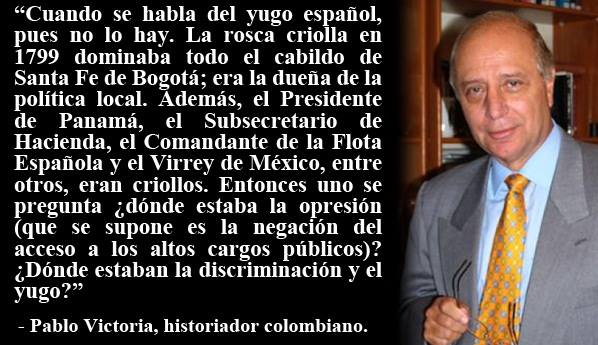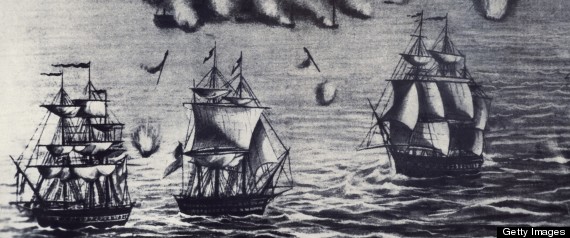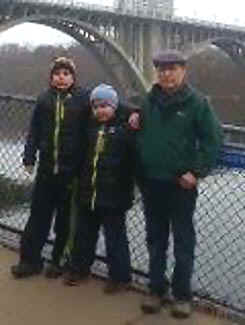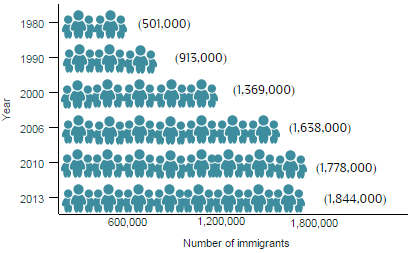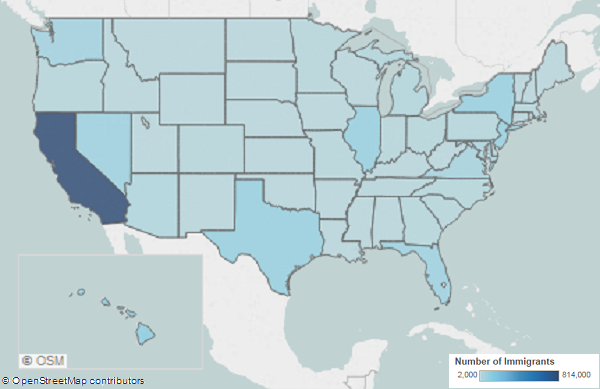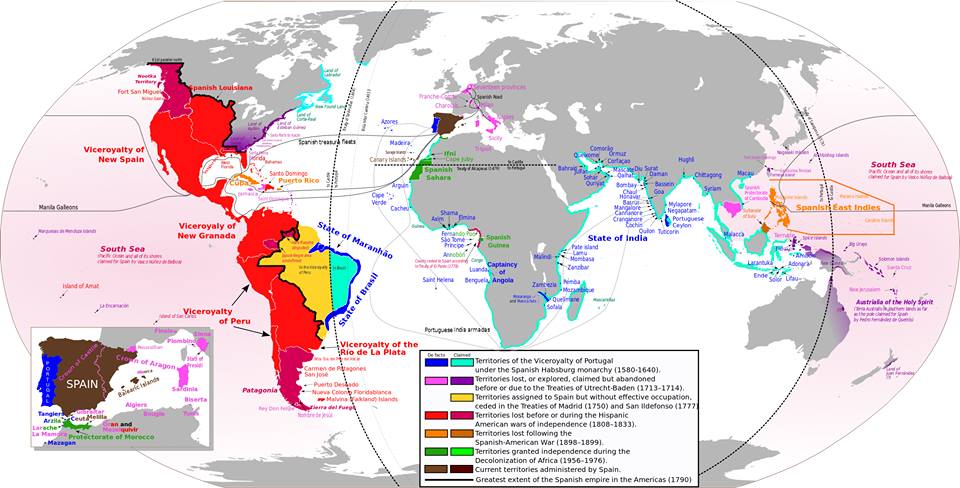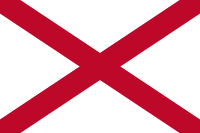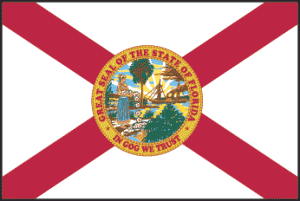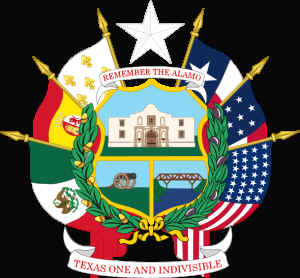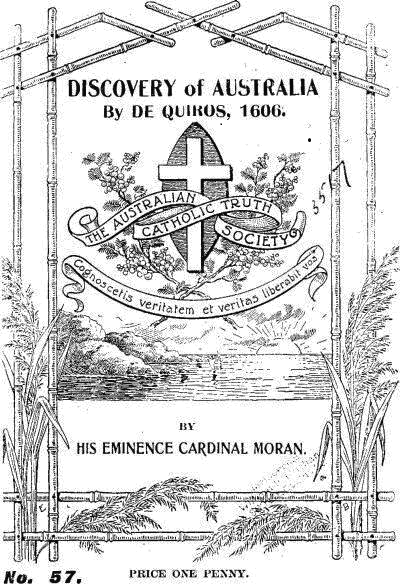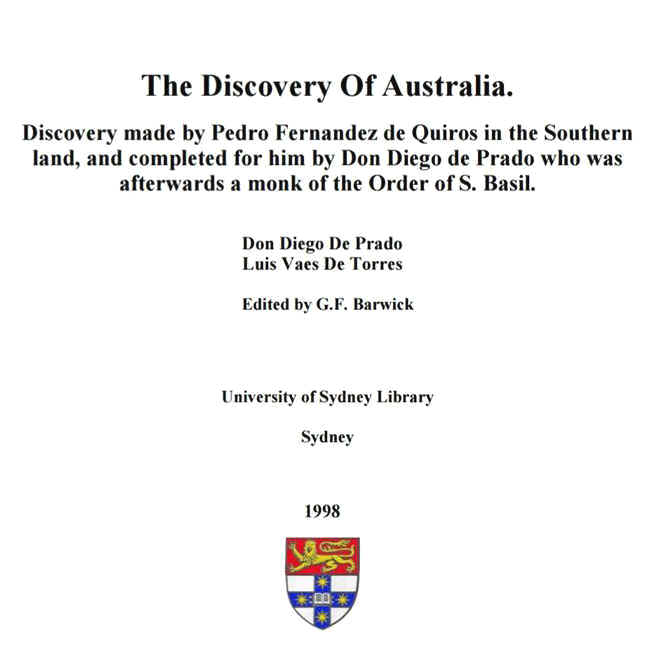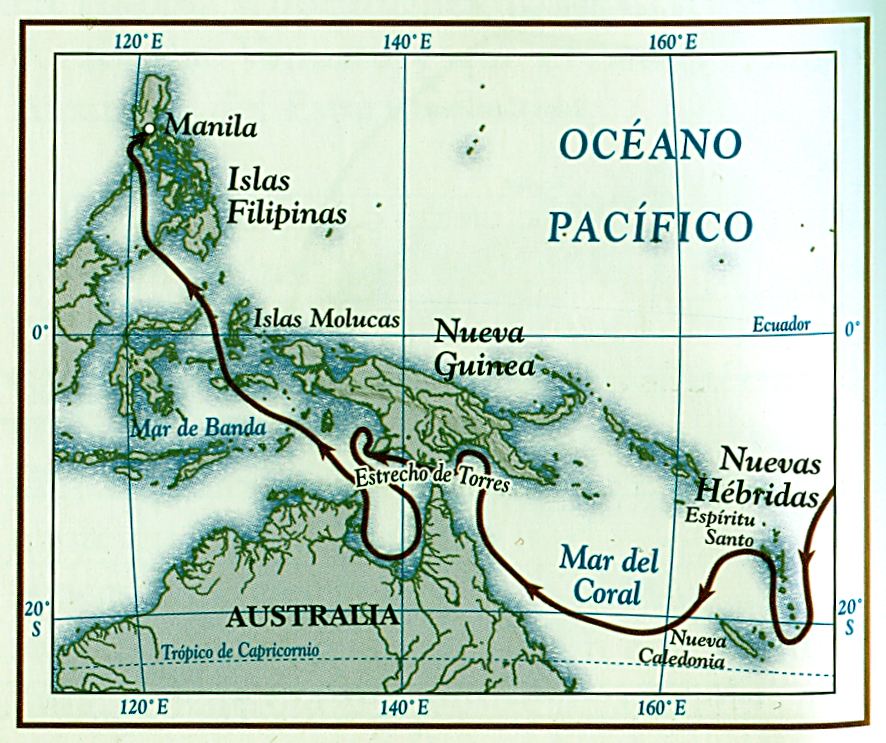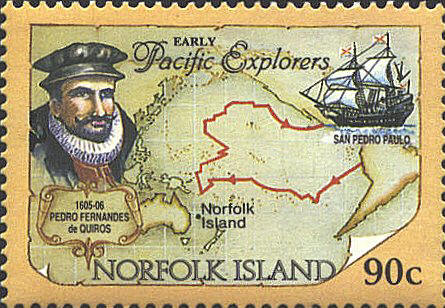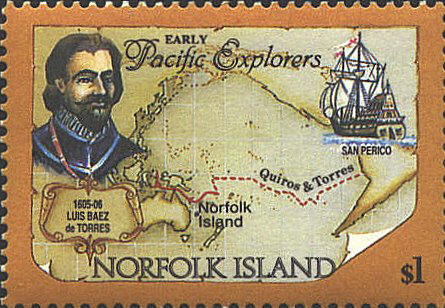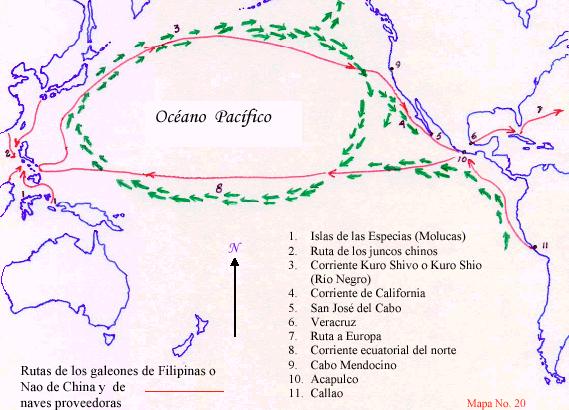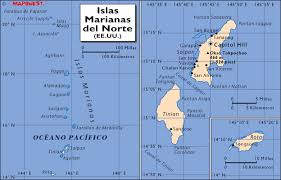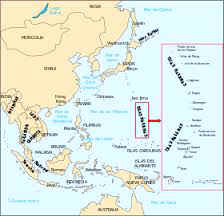|
The teaming up of United Farm Workers founder Cesar Chavez and Sen.
Robert Kennedy marked an important moment in the fight for the rights of
Latinos in America, a time in history brought to life by a film
biography of Chavez, says James DiEugenio.
In
1996, with great fanfare – and under the influence of political
adviser Dick Morris –
President Bill Clinton signed the largest welfare “reform” bill of
the last 35 years. It was so harsh toward recipients that many
speculated that not even Ronald Reagan would have signed it. But
Clinton, as a titular Democrat, had the cover to do so. Many commented
at the time that this act demonstrated that the Arkansas governor’s
association with the “centrist” Democratic Leadership Council was
not just cosmetic.
Upon
signing the bill, Clinton utilized the words of the late Robert Kennedy,
quoting the liberal icon as saying that work is what the United States
is all about; we need work as individuals and as citizens, as a society
and as a people. When Rory Kennedy, Bobby Kennedy’s youngest daughter,
heard this invocation of her father’s name to support a law that would
hurt the poorest and most disadvantaged people in America, she
immediately called Peter Edelman, who had been a legislative assistant
to Kennedy when he was a senator.
Edelman,
who was working for Clinton as assistant secretary for Health and Human
Services, resigned in protest against the new law. A year later, the
Harvard-educated lawyer wrote a blistering essay about
the “reform” bill and Clinton’s role in it. Five years later,
Edelman explained that not only was the bill a bad one but he was
outraged at Clinton’s use of his former boss’ name in signing it.
Edelman
wrote, “President Clinton hijacked RFK’s words and twisted them
totally. By signing the bill, Clinton signaled acquiescence in the
conservative premise that welfare is the problem — the source of a
culture of irresponsible behavior,” while RFK envisioned a large
American investment to guarantee that people actually could get
decent jobs.
Kennedy
wanted both protections for children and outreach to those who could not
find jobs. In other words, he wanted to do something big about ending poverty.
(See the introduction to Edelman’s book, Searching for
America’s Heart.)
RFK
and Justice
Perhaps
nothing illustrates the difference between the Democratic Party now and
then than Edelman’s role in getting Sen. Kennedy to Delano,
California, in 1966. It’s a story Bill Clinton probably knew about,
but – to my knowledge – never mentioned in public.
Kennedy
had been serving on a subcommittee of the Senate Labor Committee that
dealt with the plight of migrant workers. That is, people largely from
either Asia or Central America who worked the huge fruit and vegetable
farms in California and other southern states for the large agribusiness
owners.
Prior
to 1965, these workers had no real labor rights. Because of a strong
agribusiness lobbying effort, the minimum wage law did not apply to
them. Neither did child labor laws or collective bargaining statutes.
The national media had only once noticed their plight – in late 1960,
when Edward R. Murrow broadcast his famous CBS documentary Harvest
of Shame.
Edelman
and labor leader Walter Reuther convinced Kennedy that his presence was
needed at congressional hearings being held in March 1966 in Delano.
There was a strike going on led by a Mexican-American activist named
Cesar Chavez. Kennedy’s presence there would give Chavez’s movement
some media attention and bolster the spirits of his followers.
Labor
representative Paul Schrade told me that he and Reuther had already been
to Delano and met Chavez, who suggested that Kennedy attend the
hearings. Schrade said he called Jack Conway, who was Reuther’s
liaison to Kennedy’s office, and connected with Edelman, who joined
with Conway in convincing Kennedy to attend the hearings by making the
argument that “These people need you!” (Arthur Schlesinger, Robert
Kennedy and his Times, p. 825)
Though
reluctant, Kennedy finally relented. But even on the plane ride out, he
still wondered why he was going. But, if anything, Edelman
underestimated the attention and aid RFK was about to bestow on Chavez
and the farm workers.
Both
the local sheriff and the district attorney were there to testify. As
Kennedy either knew, or was about to learn, both men were in the pocket
of the wealthy landowners. With cameras running and reporters in
attendance, a famous colloquy took place between Kennedy, who had
served as Attorney General of the United States, and Sheriff Leroy
Galyen of Kern County.
Galyen: If
I have reason to believe that a riot is going to be started because
somebody tells me that there’s going to be trouble if you don’t stop
them, then it’s my duty to stop them.
Kennedy:
So then you go out and arrest them?
Galyen:
Yes, absolutely.
Kennedy:
Who told you they’re going to riot?
Galyen:
The men right out in the fields that they were talking to says, “If
you don’t get them out of here, we’re going to cut their hearts
out.” So rather then let them get cut, you remove the cause. …
Kennedy:
This is an interesting concept. … Someone makes a report about someone
getting out of order… and you go in and arrest them when they
haven’t done anything wrong. How can you go in and arrest somebody and
they haven’t violated the law.
Galyen:
They’re ready to violate the law, in other words….
At
this point, Kennedy cracked up and laughter enveloped the proceedings.
Kennedy:
Could I suggest in the interim period of time … the lunch period …
that the sheriff and the district attorney please read the Constitution
of the United States.
When
the hearing was over, Kennedy met Chavez outside and told him that he
supported the strike. The senator then joined Chavez on the picket line.
Chavez felt protective of Kennedy, wondering if he wasn’t going too
far too fast. For instance, when a reporter asked RFK if “the Huelga”
(the strike) may be communist inspired, Kennedy instantly replied with:
“No, they are not communists. They’re struggling for their
rights.” (ibid, p. 826)
What
RFK Brought
As
Dolores Huerta, another United Farm Workers founder, noted, “Robert
didn’t come to us and tell us what was good for us. He came to us and
asked two questions: What do you want? And, how can I help? That’s why
we loved him.”
And
as Chavez later said about RFK’s appearance there, “He immediately
asked very pointed questions of the growers; he had a way of
disintegrating their arguments by picking at very simple questions. So
he really helped us … turned it completely around.” (ibid)
As
Edelman later said about Kennedy’s flight into Delano, “Something
had touched a nerve in him. Always, after that, we helped Cesar Chavez
in whatever way we could.” (ibid, p. 827) As Kennedy saw it, Cesar
Chavez was doing for Hispanics what Martin Luther King Jr. was doing for
black Americans, “giving them new convictions of pride and
solidarity.” (ibid)
Kennedy
called on labor leaders to help Chavez organize the migrants. It was the
beginning of a friendship that lasted for more than two years until
Bobby Kennedy’s assassination in Los Angeles after winning the
California primary on June 6, 1968.
When
Kennedy was shot at the Ambassador Hotel, Kennedy had Dolores Huerta on
the podium with him. He had thanked her and Chavez for mobilizing the
voters in Central California. Chavez then served as an honorary
pallbearer at Kennedy’s funeral service.
The
humorous scene between Galyen and RFK is depicted in the film Cesar
Chavez: History is Made One Step at a Time, which was released
last year in theaters but which got so little media push and publicity
that I didn’t see it. But a Mexican-American friend of mine advised me
to get it on Netflix or from Red Box. “Jim, it’s at least as good as Selma”
– and she was right.I
actually think it’s better than Selma, but
lacked an Oprah Winfrey/Brad Pitt producing team to promote it.
Both
movies focus on an iconic leader representing an oppressed group of
Americans, withSelma centered on Dr. King. And as
Kennedy noted, Chavez was probably the closest role model that the
Hispanic community has in comparison to King.
Chavez
did face a David-and-Goliath struggle that, in some ways, was comparable
to King’s accomplishments. King’s opponent was the system of racial
segregation that replaced slavery across the South after the Civil War
and the failure of Reconstruction. Segregation was ingrained in nearly
every aspect of Southern life and culture – and was enforced by both
law and violence.
The
Lords of Agribusiness
Chavez’s
opponents were the omnipotent lords of California agribusiness, which
was the largest industry in the state. They dominated the area from
north of Santa Barbara to approximately south of San Jose. When one
drives that stretch of the Golden State Freeway, one can see that the
huge expanse is largely made up of agricultural fields.
The
owners of the fields felt their profits relied upon maintaining the pose
of being farmers, but they were really running a large industry.
Privately they did not refer to themselves as farmers, but rather as
ranchers, growers or agribusiness men. (See Chapter 1 of So
Shall Ye Reap, by Joan London and Henry Anderson)
There
was good reason for that. In 1970, the average farm size in California
was over 700 acres; twice the national average. The average sales price
for a farm was over $300,000; five times the national average. The top
2.5 percent of the industry accounted for the employment of 60 percent
of the migrant labor force.
As
authors London and Anderson point out, this type of wealth allowed the
growers to employ a phalanx of lawyers, PR men, and state and federal
lobbyists – all of it in the cause of preserving and disguising their
dominance over their cheap and plentiful workforce.
With
this kind of power at their disposal, the growers took advantage of laws
that allowed them to claim the government subsidies that sought to
sustain average farmers. For example, irrigation water was delivered to
them at a fourth of what it should have cost because they took advantage
of a subsidy that was reserved for farms of 160 acres or less in size.
As
London and Anderson revealed, the growers rigged the system to achieve
this by making trusts of their properties and partly holding their land
in title to their wives, sisters, daughters, sons, nephews and any other
relatives they could find. They also intervened with the state
government in Sacramento to make their industry exempt from unemployment
insurance and benefited further because only a very small minority of
the farm workers were signed up for Social Security. Thus, there were
very few records of these farm workers who really were transients.
For
30 years, until 1967, agricultural workers also were excluded from the
milestone Fair Labor Standards Act, meaning they were not subject to
minimum wage laws or overtime regulations. Almost all of them worked on
a piecework scale based on how much fruit or how many vegetables they
picked.
Both
Sacramento and Washington excluded agribusiness from the Wagner Act of
1935, which was perhaps the most far-reaching of New Deal legislation
governing worker/employee relations. Without its application, the
growers did not have to recognize collective bargaining efforts and were
free to terrorize organizers who also faced the fact that local law
authorities that were on the growers’ side.
Seeking
Out Labor
In
addition to all of this, the growers went looking for minority groups at
home and abroad who they could exploit – sometimes as distant as the
Far East but, after the Mexican Revolution, there was a steady stream
from the south both available and exploitable. This was made legal by
the bracero program, a diplomatic agreement with Mexico permitting the
importation of temporary manual labor into the U.S. By 1945, because of
claims of a labor shortage brought on by World War II, there were 50,000
braceros in the California fields.
As
London and Anderson note, the growers were so powerful that they were
allowed to exempt their workers from Selective Service and use prisoners
of war in their fields. After Ronald Reagan’s election as California
governor in 1967, he showed his appreciation for the growers’
huge campaign donations by letting them use prison convicts for work,
until the state Supreme Court overturned the order.
What
existed closely resembled a feudal system, down to the workers living in
properties sometimes owned and monitored by the landowners. It was, as
one scribe wrote, a condition of semi-voluntary servitude.
But
politicians like Reagan had no qualms about preserving it. He appointed
growers like Alan Grant to the California Farm Bureau Federation, the UC
Board of Regents, and the State Board of Agriculture. From his lofty
perch, Grant saw no problem with the system as it was and no need for
unionism in agriculture. As he famously said, “My Filipino boys
can come to my back door any time they have a problem and discuss it
with me.”
As
with Dr. King, there was a history of organizing attempts for Chavez to
look back on. After violence broke out in 1913, two organizers were
jailed. And six years later, the Criminal Syndicalism Act was passed in
California, essentially making union organizing a criminal act.
During
the Great Depression, some strikes were led by communists, so
agribusiness later used red-baiting and violent tactics to crush
strikes. Under the Criminal Syndicalism Act, several strike leaders were
arrested, two were killed, and over 20 were wounded – violent tactics
that persisted until 1939, condoned by local authorities and hailed by
the local press barons.
This
anti-unionism was endorsed by Richard Nixon, who was elected to Congress
from California in 1947 and was making his reputation as a red-baiter.
In 1950, during a strike in the Delano area, the giant DiGiorgio ranch
hired strikebreakers, a practice that Nixon endorsed, signing a document
asserting that farm workers had been properly excluded from labor laws.
“It
would be harmful to the pubic interest and to all responsible labor
unions to legislate otherwise,” Nixon stated, a position that became
known as the Nixon Doctrine and helped turn that strike around in favor
of the growers.
The
strike was called off later in 1950 after court orders limited
picketing, boycotting and the importation of assistance from other
unions. One of the young men on the picket line nearby was Cesar Chavez.
Escaping
Violence
Chavez’s
grandparents came to America to escape the violence of the Mexican
Revolution. Cesar was born in Arizona in 1927. His family moved to
California in 1938 and first lived out of their car, then under a tent.
As he later related, sometimes they would eat wild mustard seeds just to
stay alive. His family then worked as migrant farm laborers under the
influence of local contractors. They would move up and down the state
following plant harvests.
Chavez
dropped out of school at age 14 in the eighth grade and became a
full-time worker in the fields. In his early 20s, he married Helen
Fabela and in 1949 they had the first of their eight children. With a
young family, he decided to leave the shifting tides of the migrant
worker stream and moved to San Jose. In season, he harvested delicacies
like apricots. In the offseason, he worked in lumberyards.
His
father, Librado, had been active in union organizing and favored
eventual affiliation with the CIO rather than the AFL. The CIO was
Walter Reuther’s union. Young Cesar would sit in on these discussions
and learn as he went. He was also stung by the whip of racism. In his
teens, he remembered being removed from a movie theater for violating
segregated seating rules.
But
the single event that probably changed Chavez’s life the most was the
night a priest named Father McDonnell knocked on the door of his home.
Fathers Donald McDonnell and Thomas McCullough were famous in the area
as the “priests to the poor.” The two divided up the central part of
the state and visited, by their own estimate, about a thousand farm
labor camps. Very early they realized that the growers would never
divide up their farms and sell them to the workers, so the only way to
achieve any justice or dignity for the migrants was through a union.
In
1952, Fred Ross visited the Stockton area from an agency called the CSO,
or Community Service Organization, an offshoot of Saul Alinsky’s
Industrial Areas Foundation. The group’s idea was to recognize central
issues and then build local alliances finding common approaches to
address the issues. Alinsky hired Ross to organize Mexican-Americans in
the Los Angeles area, and – after considerable success – Ross
shifted north to San Jose.
The
knock on the Chavez door was part of a Ross/McDonnell cellular approach,
called the house meeting. In a three-week period, Ross and
McDonnell would visit several houses each night. At the end of the three
weeks, they would then have a larger meeting at one of the bigger homes
to include all the people they talked to who were interested in the
cause identified by the CSO. They would elect temporary officers
and send the people out to knock on more doors, leading eventually to a
local chapter of the CSO.
The
night that Ross met Chavez, Ross reportedly wrote in his journal, “I
think I found the guy I’m looking for.”
Ross
ended up hiring Chavez to work for the CSO at $35 per week. In 1953, he
became a statewide organizer, working from northern California, south to
Oxnard. Chavez and Huerta, whom Ross also recruited, built the state CSO
into a coalition of 22 chapters in California and Arizona, concentrating
on getting farm workers state disability insurance and signing up as
many as they could for Social Security benefits. These developments
meant the growers had to keep files and records on their workers.
Expanding
the Fight
The
next target for Ross, Chavez and Huerta was to end the bracero program,
which they finally did at the end of 1964. But there was a problem
Chavez had with the CSO, which would not commit to an all-out push to
organize and unionize the farm workers of California. Chavez resigned
and took his life savings of $900 out of the bank. He moved to Delano,
explaining that “My brother lived there, and I knew that at least we
wouldn’t starve.”
Chavez
started organizing the local farm workers, calling his new agency the
Farm Workers Association. He deliberately avoided the word “union,”
which he knew was offensive to the growers. He also borrowed money from
a friend to open up a credit union and offered those who joined
preferential rates on insurance. By 1964, he had enough workers paying
dues that he could devote all his energies to building the union.
In
1965, Chavez went on the offensive. He called a rent strike against the
Tulare Housing Authority. He then called two strikes against small
growers. He won and the strikers were rehired. But the greatest conflict
of Chavez’s career — the one Bobby Kennedy enlisted in – was the
massive farm workers’ strike from 1965 to 1970, which expanded into
first a national boycott, and then an international one.
Diego
Luna’s film begins near the end of that boycott. Chavez (played
by Miguel Pena) is in a radio station in Europe trying to expand the
scope of the boycott to England. He begins talking about how he started
out, and the film flashes back to the beginning of his career as an
organizer for CSO near San Jose. Chavez arranges a house meeting so he
can question some of the workers in the area.
The
narrative then jumps to his dispute with CSO over a focus on union
building for farm workers, and we witness his family move from San Jose
to Delano. We see his early struggles to get the farm workers union
going. For example, a visit from the local sheriff, who is surely meant
to suggest Galyen.
But
the picture really picks up momentum with the beginnings of the
five-year strike and boycott, which, ironically, was not started by
Chavez. It was actually begun by Larry Itliong, the leader of Filipino
workers. Itliong chose to have his followers go on strike because the
grape growers in Delano would not pay comparable wages as the growers in
the Coachella Valley.
The
film depicts this moment of crisis very strongly: we see the forces of
the growers standing outside the worker’s barracks in the middle of
the night, demanding, with a loud speaker, that they return to work or
be evicted. The workers refused, and many were evicted.
Itliong
then wrote to Chavez. From past experience, Itliong knew the growers in
Delano would try to recruit strikebreakers from the Hispanic ranks and
asked Chavez to support the walkout by not having the Mexican-Americans
replace his men in the fields.
A
United Front
This
was a portentous moment for Chavez because his efforts were relatively
new, and the union he was leading was not fully formed. But he saw that
what Itliong was asking him to do was to stand up for all farm workers
everywhere — whether they be Asian-Americans or Mexican-Americans.
Chavez argued for backing Itliong and carried the day in the Union Hall.
Although the dynamics behind the Filipino walkout are skimped, the scene
with Chavez leading the argument in the hall is vividly depicted in the
film.
On
Sept. 16, 1965, Chavez and his workers joined the Filipino picket line.
For all intents and purposes, this was the beginning of the five-year
strike, called La Huelga. When the boycott was added, Chavez called it
La Causa.
Realizing
that the stakes had been raised by the alliance of Chavez and Itliong,
the growers started revving up their battery of weapons. First they used
the legal venue, going to court to get injunctions against picketing.
They cited the criminal syndicalism laws to disallow Chavez from
speaking to his followers on a bullhorn. The local courts were so rigged
that they even forbade the strikers to use the word Huelga. The growers
knew these perverse decisions would be reversed on appeal, but they
thought they could outlast the farm workers.
If
it would have been anyone besides Chavez and Itliong, that may have been
the case. But as the film carefully notes, Chavez had hired a capable
attorney to beat back these ridiculous rulings, a man named Jerry Cohen,
who got Chavez, his wife, and Huerta out of jail.
The
film next depicts the beginning of the boycott. Chavez started small,
deciding to attempt to boycott just one winery. But he realized that he
would need allies to spread the word. So, he had his followers perform
outreach to sympathetic leftist groups like students and civil rights
advocates.
In
another good scene, the film shows the effectiveness of this boycott and
how it began to split the ranks of the growers. Julian Sands plays the
director of the boycotted company, with John Malkovich as the
representative of the growers’ association. Malkovich asks Sands not
to give in, but as Sands makes clear, he really did not have a choice.
The boycott was hurting sales too much. (Malkovich also executive
produced the film.)
Mixing
black-and-white newsreel film with a reenactment, the picture next
depicts the appearance of Sen. Robert Kennedy at the Delano hearing.
Luna found an actor named Jack Holmes who has a strong natural
resemblance to Bobby Kennedy. However, the film underplays this
remarkable moment by not showing the bonding that took place afterwards
between the two men.
But
Luna does show the climactic event that took place after Kennedy left.
Borrowing a page from Gandhi and King, Chavez organized a 245-mile walk
from Delano to Sacramento. Luna’s depiction of this event briefly
includes the skits that playwright Luis Valdez would prepare for the
protesters to watch at night. These were almost always satiric in nature
and meant to caricature the arrogance and insensitivity of the growers.
The
main intent of the march was to get California Gov. Pat Brown to push a
bill through the legislature that would give agriculture workers the
right to organize. That bill eventually did pass, but it was later under
the governorship of Pat Brown’s son Jerry.
The
23-Day Fast
No
film about Chavez would be complete without his 23-day fast over the
escalating violence used by the growers to harass his followers. Chavez
was also disturbed by the failure of the farm workers to refrain from
retaliation. Chavez only drank water during this period and – although
Chavez did attract much attention to his efforts – many thought he had
endangered his health. Finally, Bobby Kennedy arrived to convince Chavez
to stop and take Holy Communion with him.
The
film does a nice job in playing off the Holmes/Kennedy scenes with the
newsreels of Ronald Reagan attacking both Chavez and his union. After
Kennedy leaves, we watch as Reagan attacks the grape boycott as immoral,
and he accuses Chavez of using threats and intimidation tactics against
the grape growers.
Luna
and his scriptwriters do an even better job with the assassination of
Robert Kennedy. We watch as Chavez pulls his car over to hear a radio
bulletin about Kennedy’s assassination. Luna then cuts to Kennedy’s
requiem at St. Patrick’s Cathedral. The director is careful to include
a shot of presidential candidate Richard Nixon in attendance.
This
will strike the theme that, with RFK dead, Chavez lost a key ally in the
political world. The growers increased their violent tactics. And, with
Nixon in the White House, they thought they had a solution to the
national boycott because Nixon facilitated agreements that allowed them
to ship their grapes to Europe to be sold.
But
Chavez was planning for this maneuver. Because of the expanded exposure
of his work in the mass media — a Time Magazine cover
for instance — he had become something of a celebrity. So, the
film picks up where it began: with Cesar speaking on the radio in
England, promoting the boycott abroad. He also made alliances with
unions there to not handle U.S. grapes.
And
in what is probably the highlight of the film, Luna shows Chavez and his
new English friends dumping unshipped grapes into the Thames River, a
reverse Boston Tea Party. The film crosscuts this with a montage of
Malkovich on his empty ranch: one with no workers, abandoned tractors,
and unmoved grapes spoiling in crates.
Being
checkmated abroad was the last straw for the growers. In July 1970, many
of these agribusinesses decided it was time to recognize the United Farm
Workers, even if it meant signing contracts with Chavez. The film ends
with that historic signing.
The
Chavez/Kennedy/Itliong struggle was truly a case of the underdog winning
out through sheer determination and courage. The deck was completely
stacked against their cause, but with help from good people like RFK,
Reuther and Pat Brown, Cesar Chavez did make a difference and achieved
what no one had done before him.
There
have been surprisingly few films made about Chavez, even though his life
was full of both epic and personal drama. I only know of two
documentaries: Viva LaCausa and The Fight in
the Fields. The latter PBS documentary goes beyond the time
limits of Luna’s film and confronts some of the problems the UFW had
later. After all, it was not easy to maintain what Chavez achieved with
Ronald Reagan in the White House and George Deukmejian in the
governor’s mansion in Sacramento.
Luna
has made a good film, one with a strong underlying message. Chavez was
not handsome and photogenic like JFK was. He was not anywhere near
the speaker that King was. And he did not have the wonder drug of
charisma, as did Malcolm X. That Chavez achieved what he did with so few
natural gifts was a great testament to what an ordinary man can do
when touched with the right moment and the right inspiration.
|
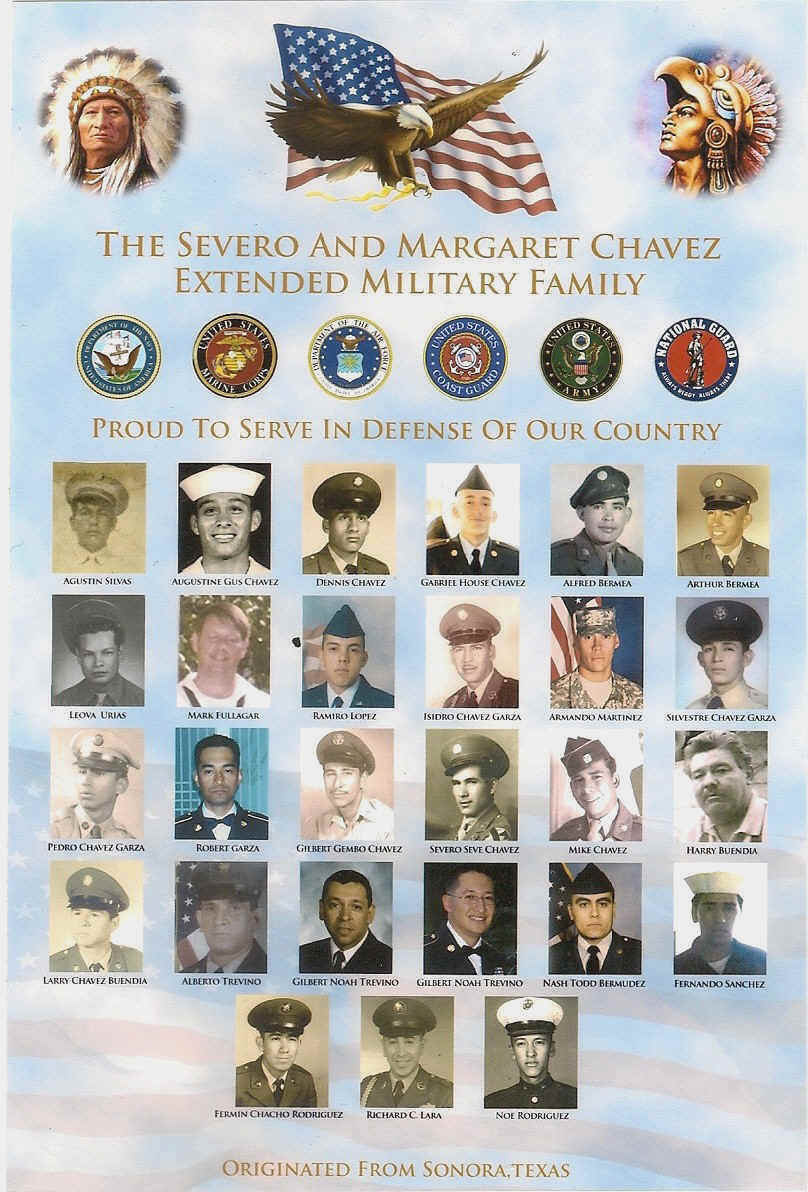
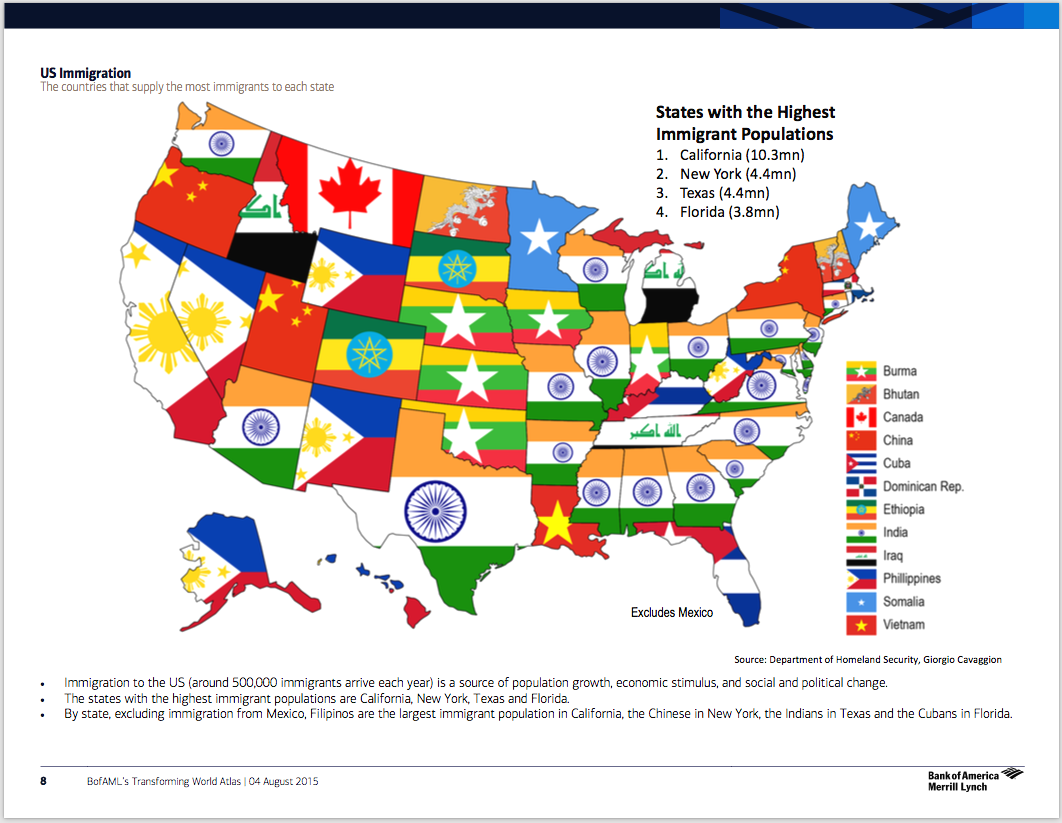
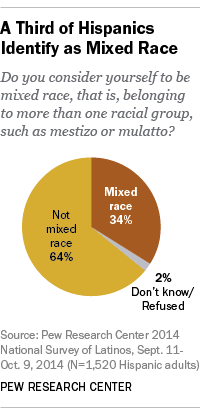
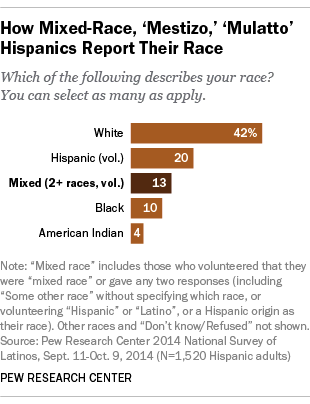
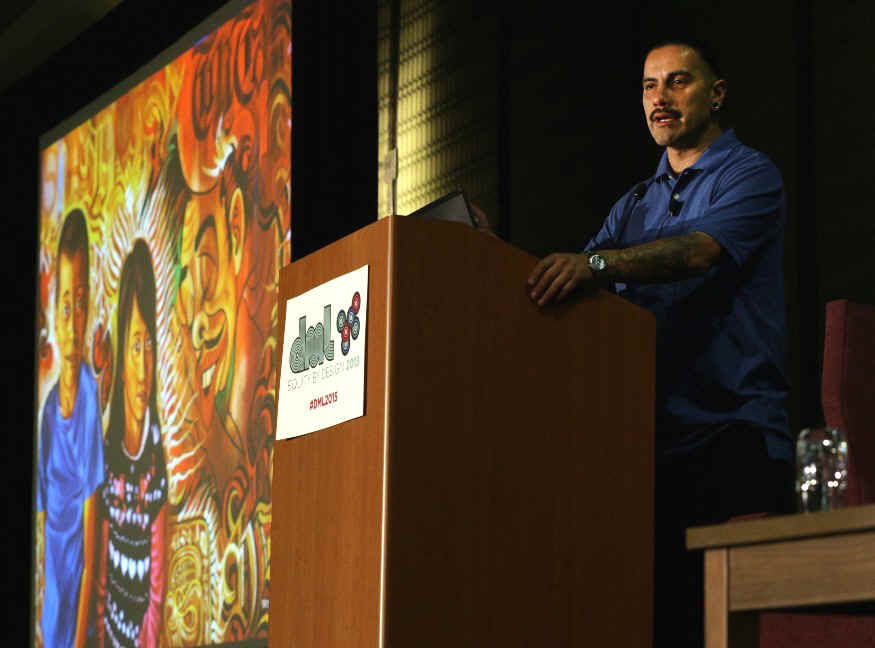
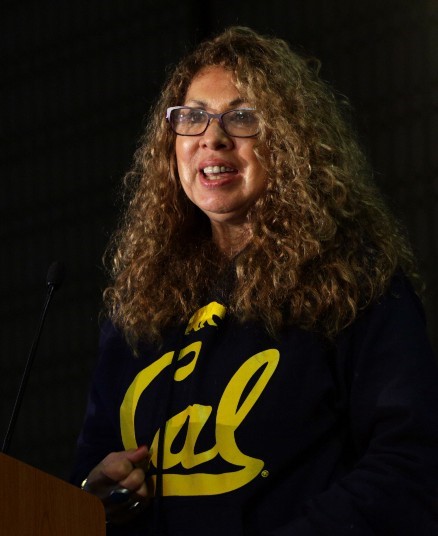
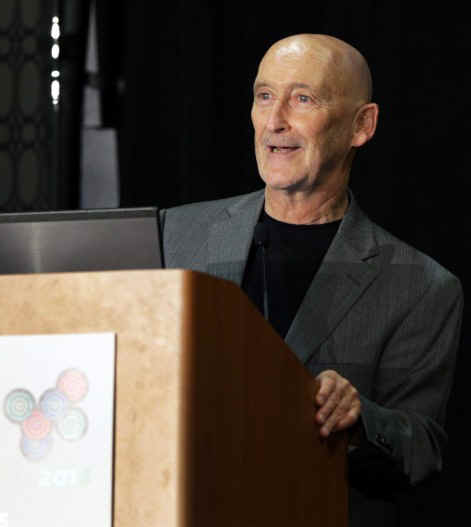
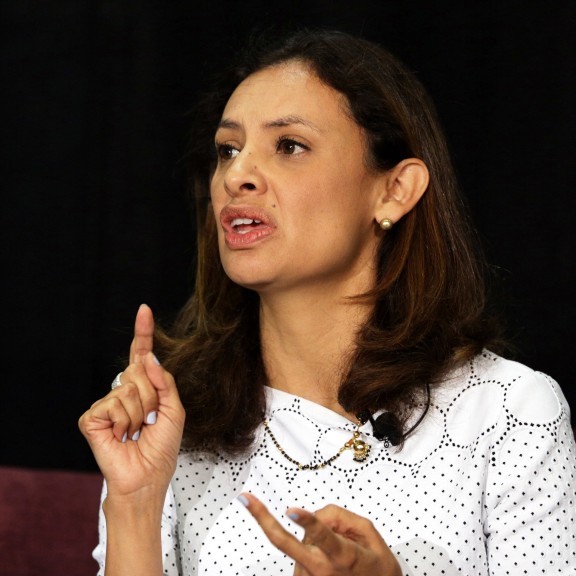
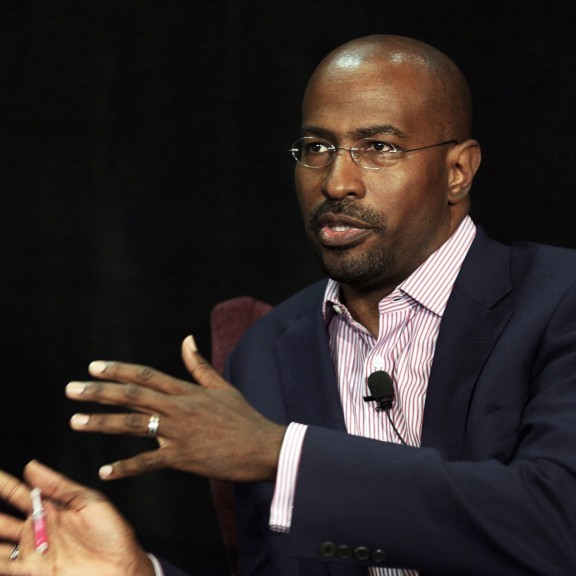
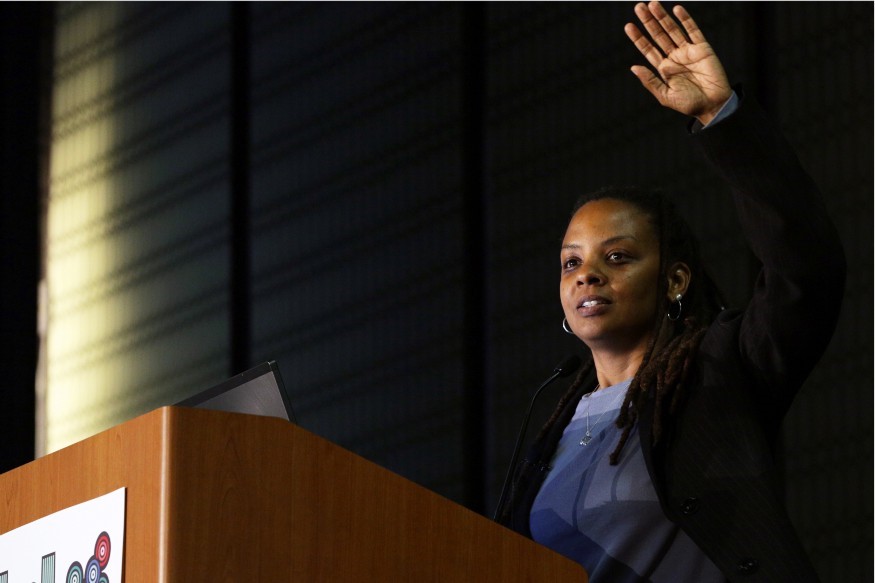
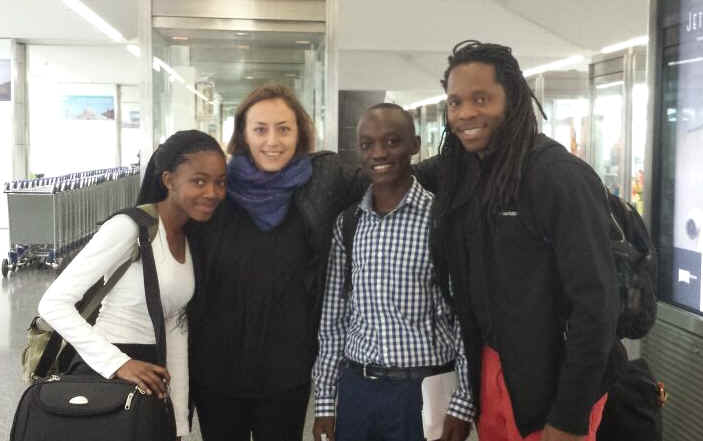
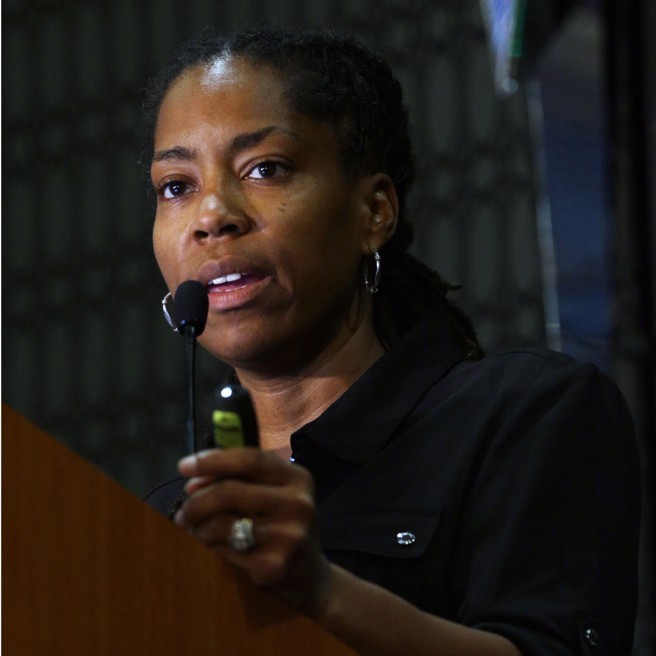
 Mimi Ko Cruz
Mimi Ko Cruz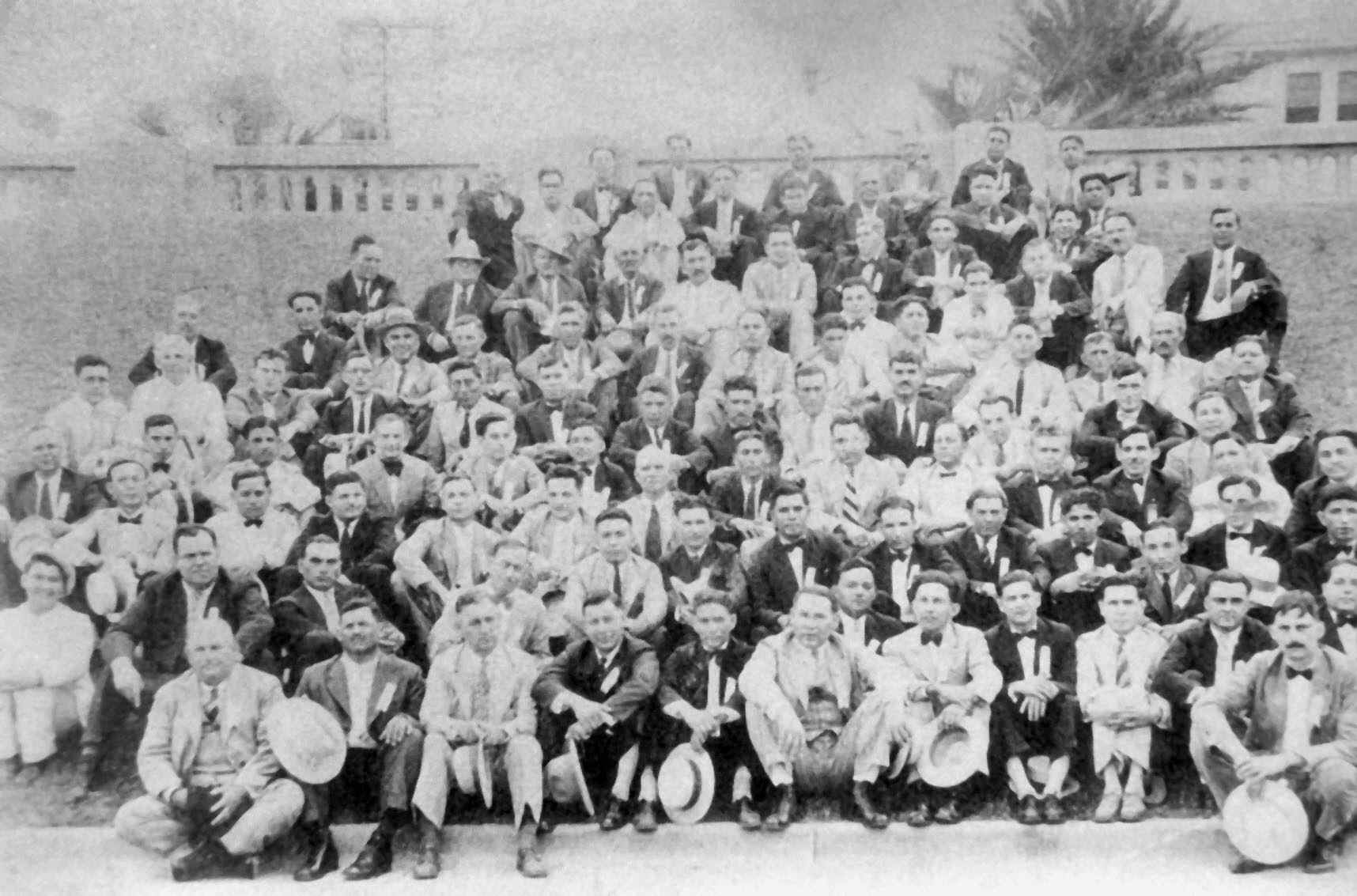
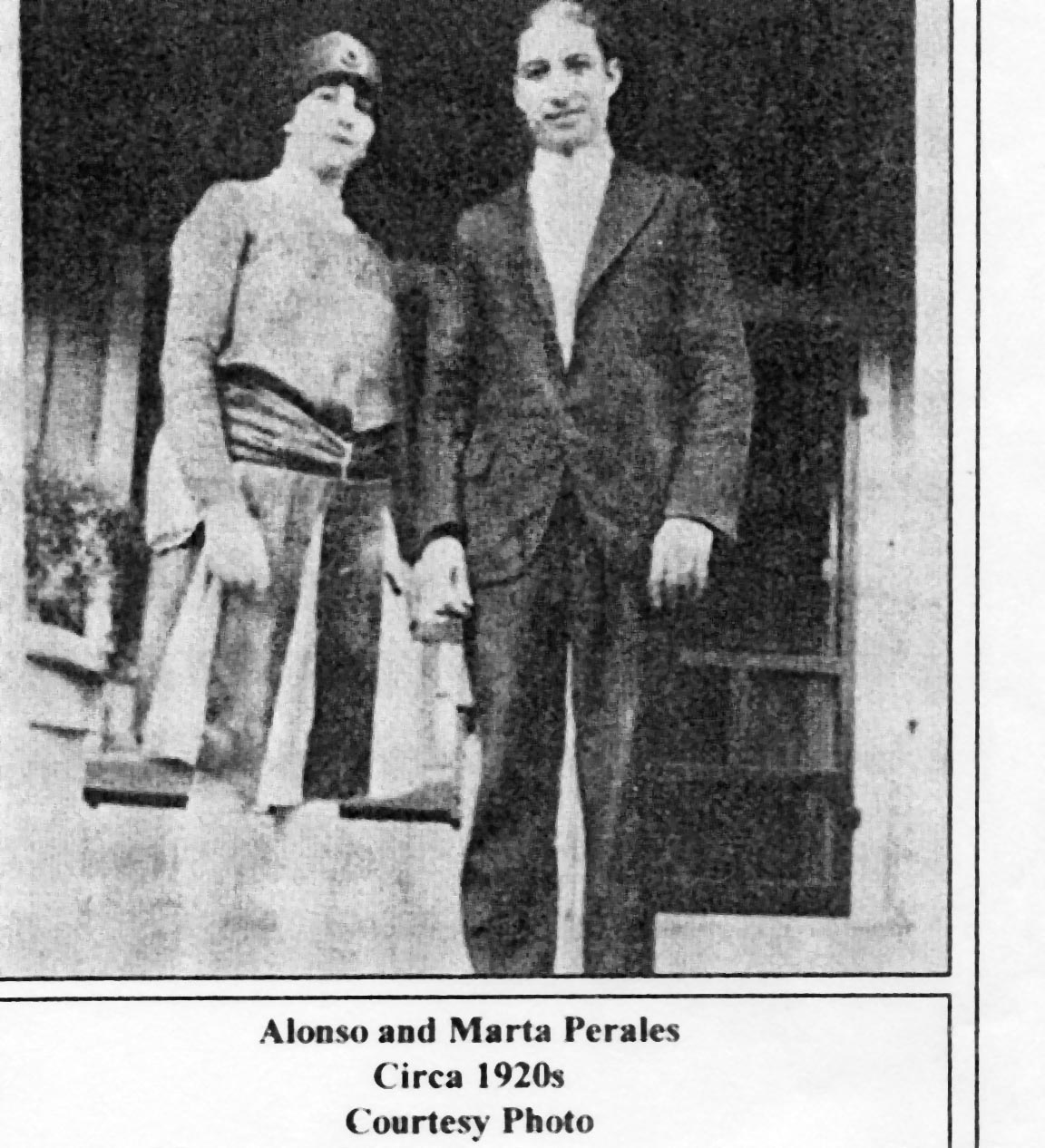
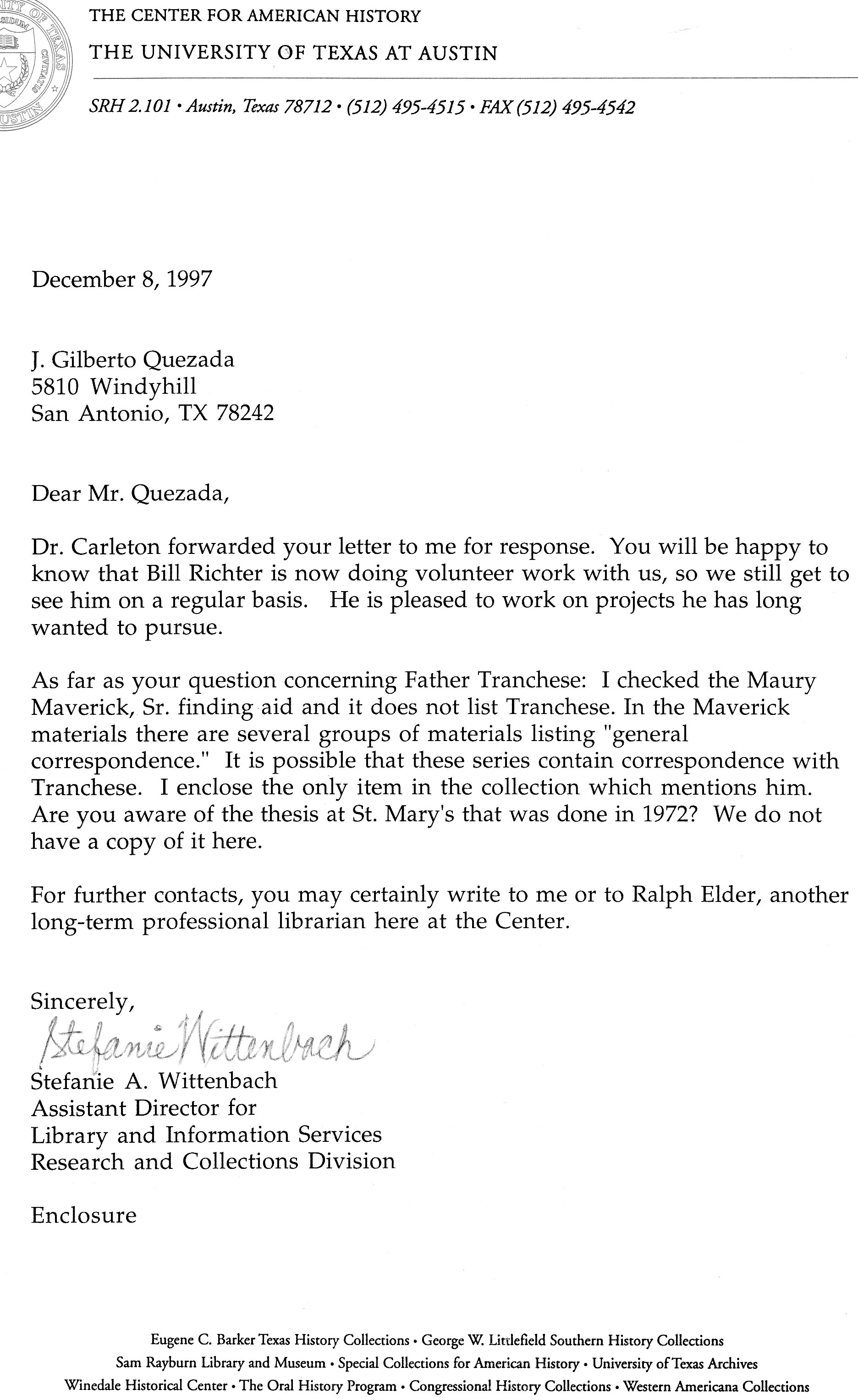
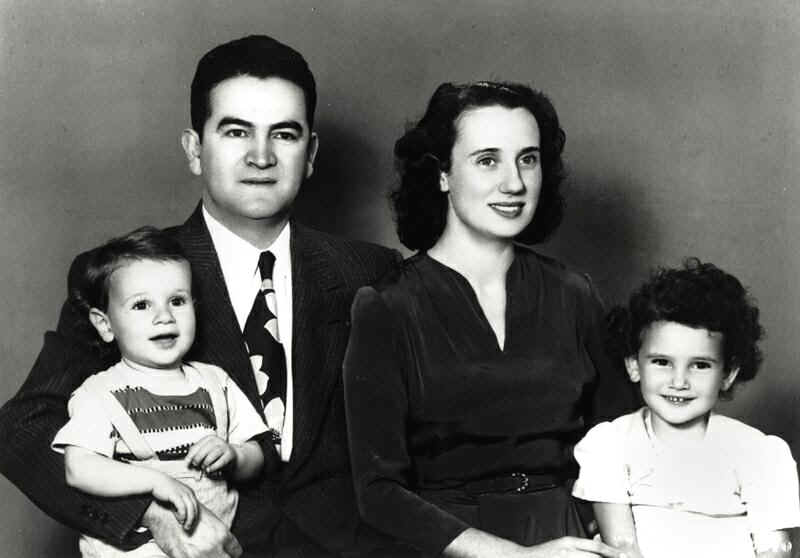
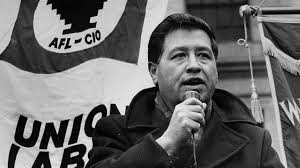



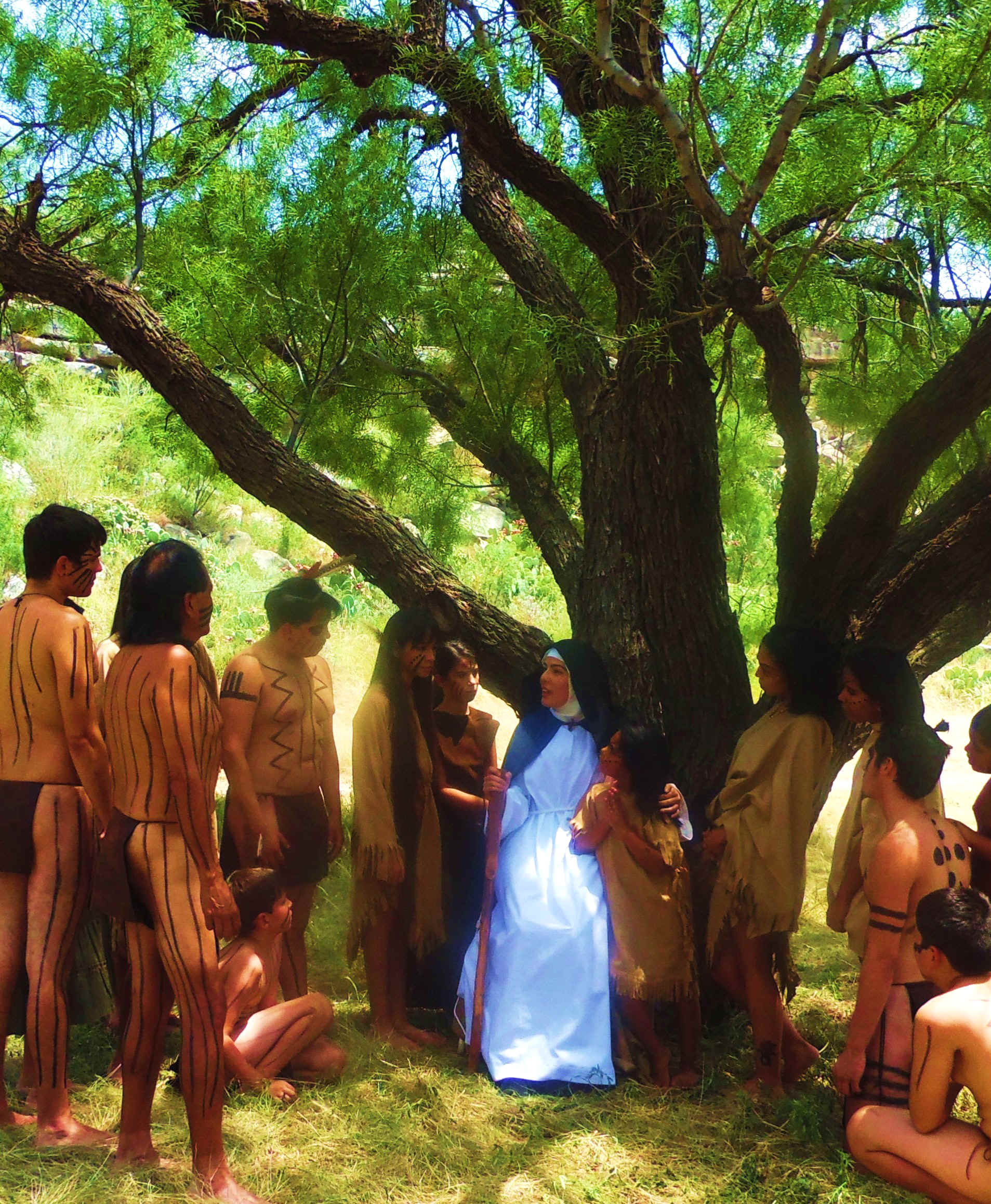
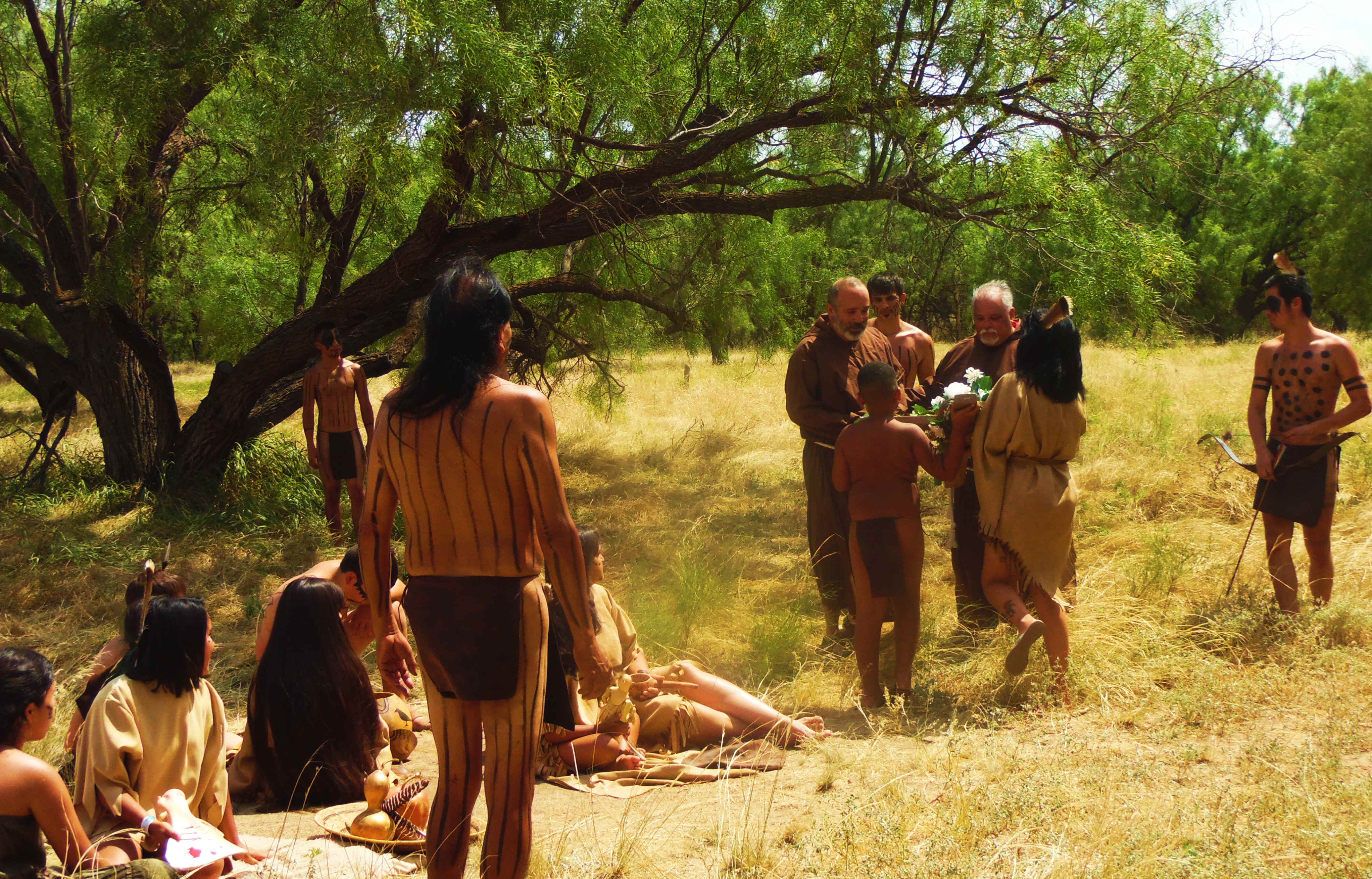
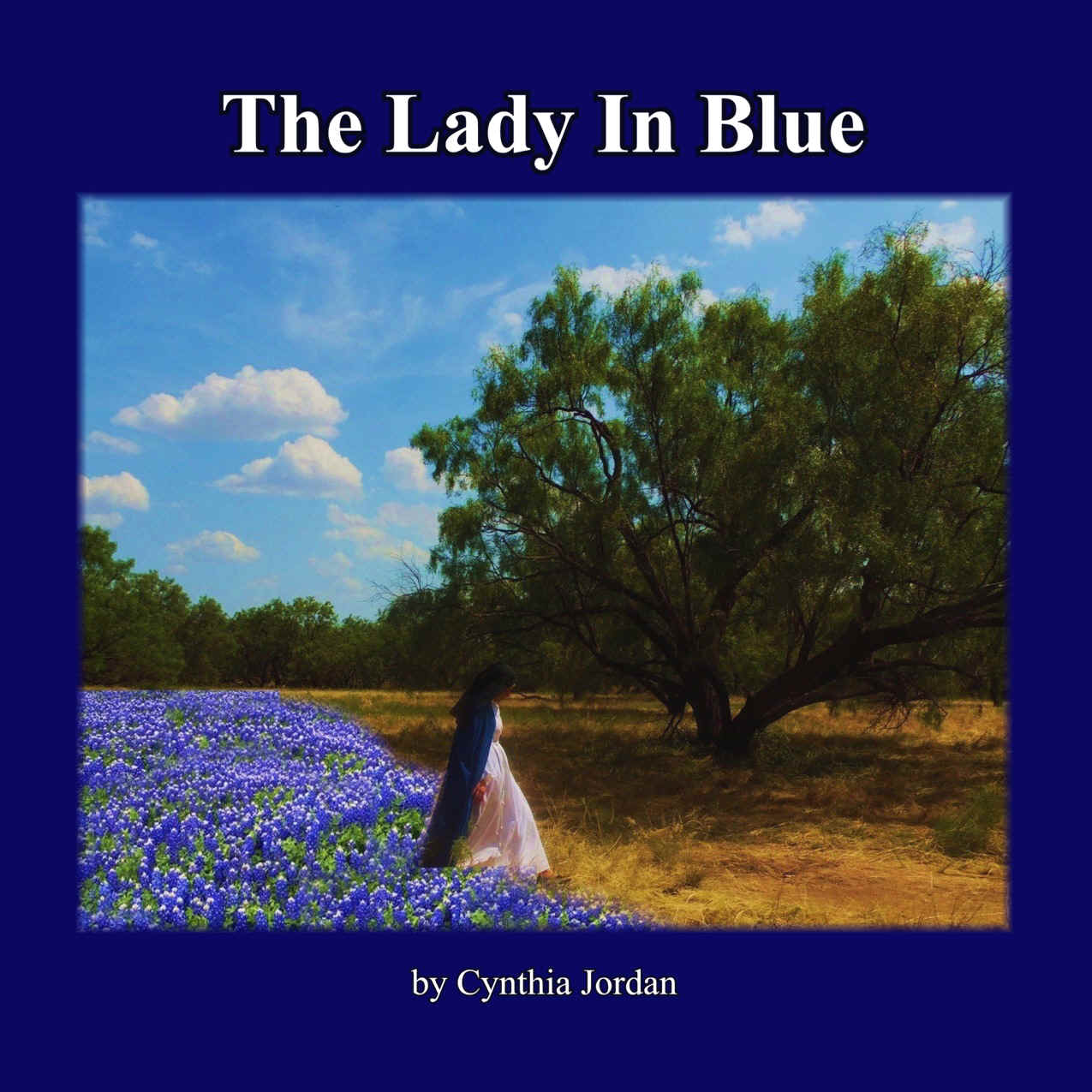
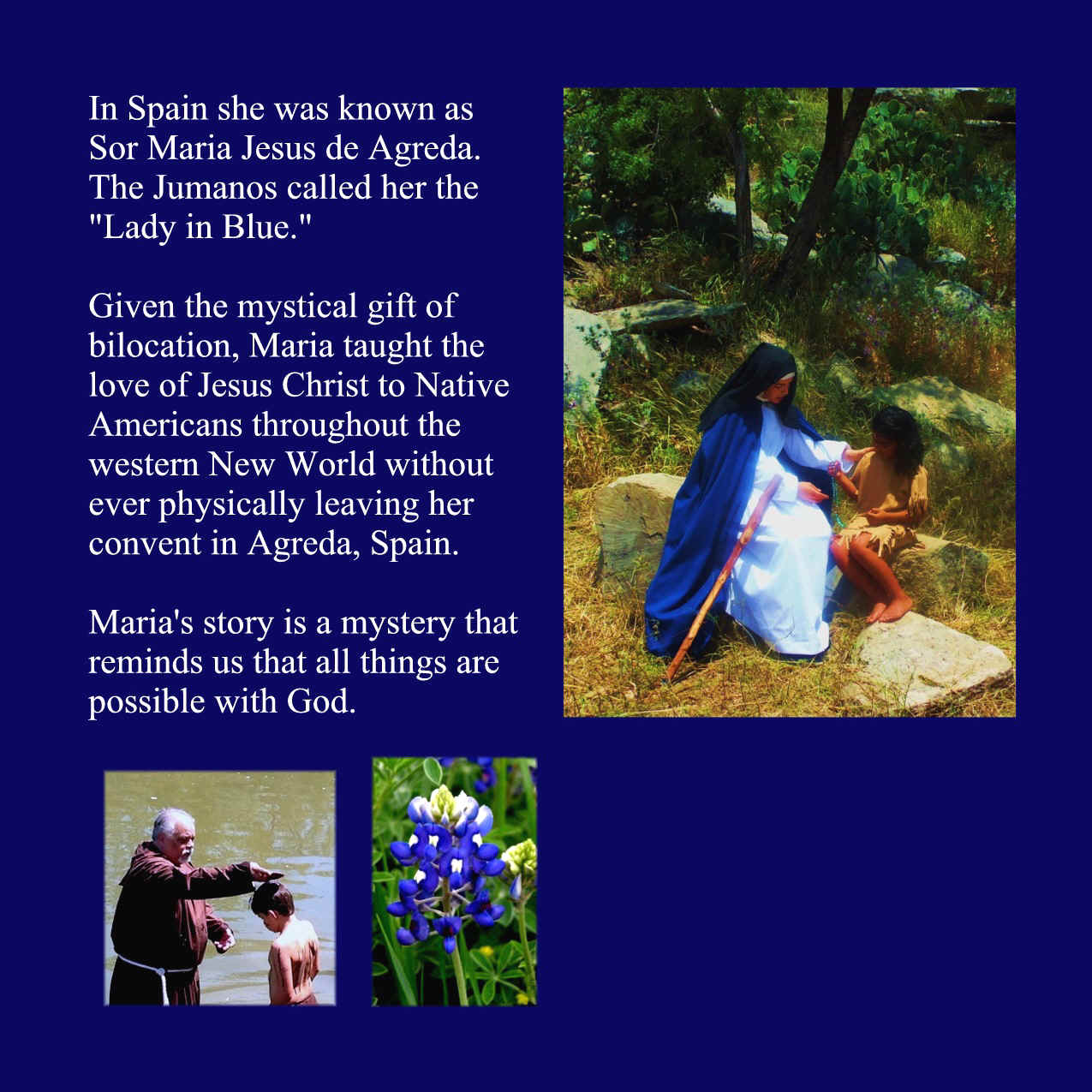
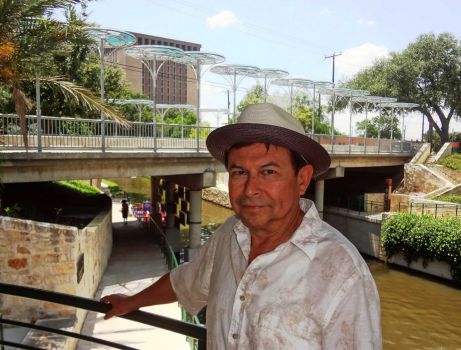

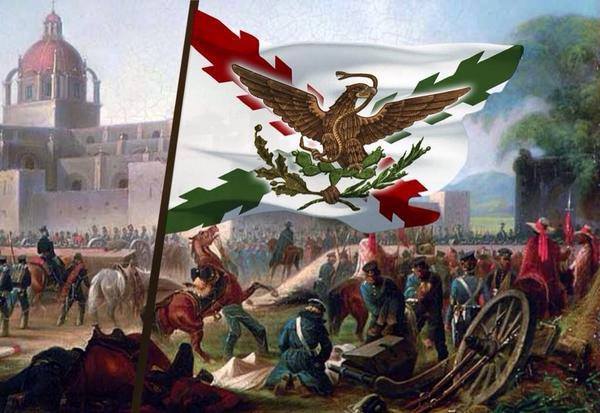
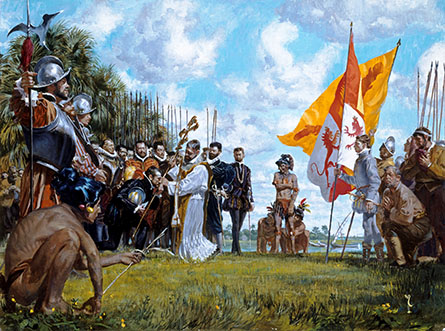
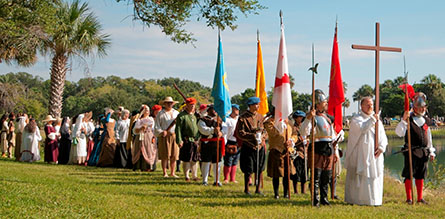
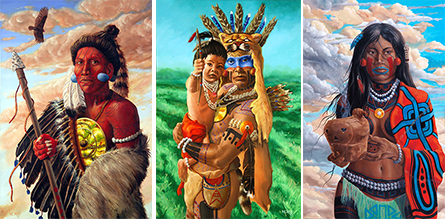
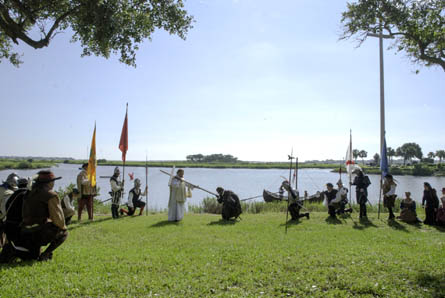
 English
Proficiency on the Rise Among Latinos - U.S. Born Driving Language Changes
English
Proficiency on the Rise Among Latinos - U.S. Born Driving Language Changes
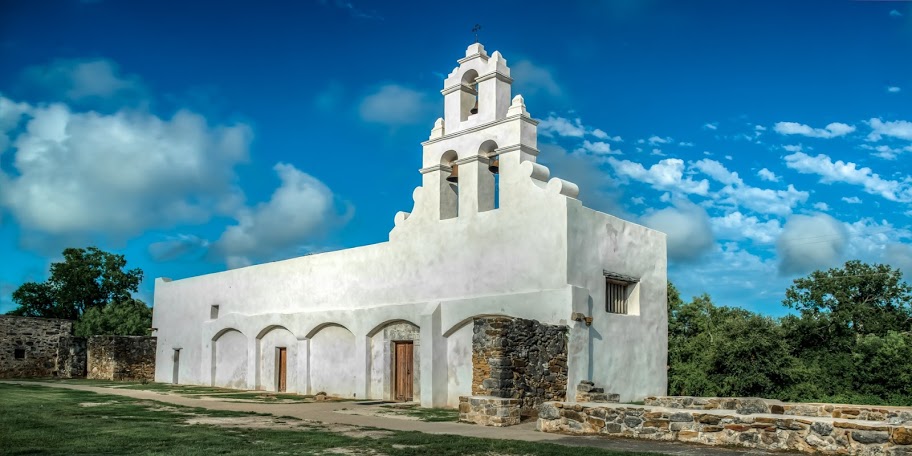
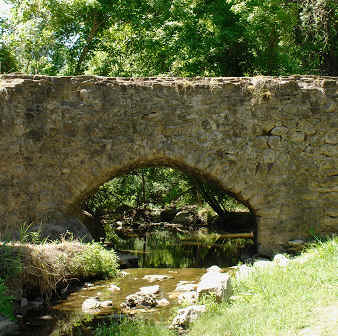
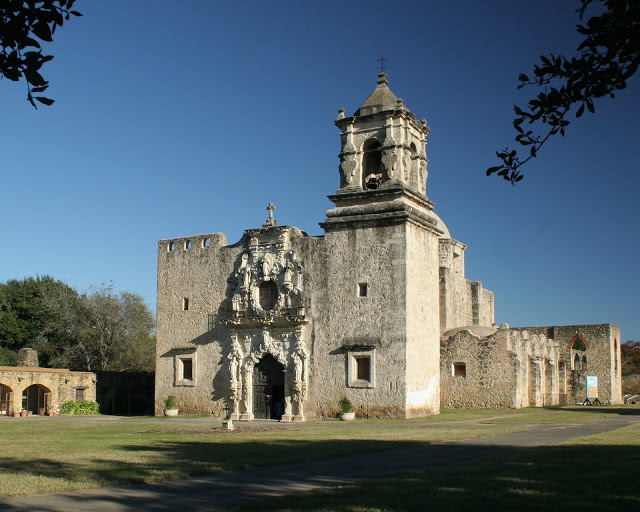
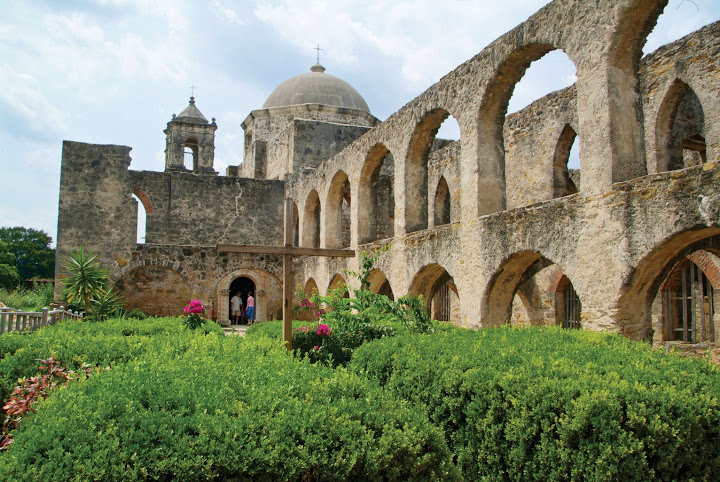
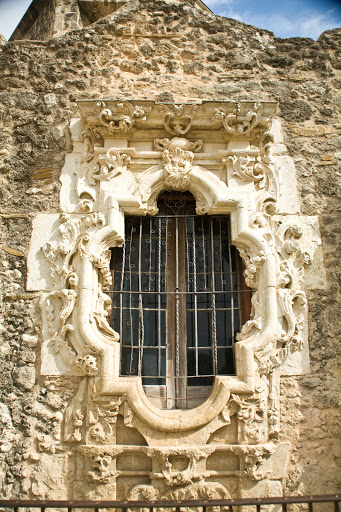
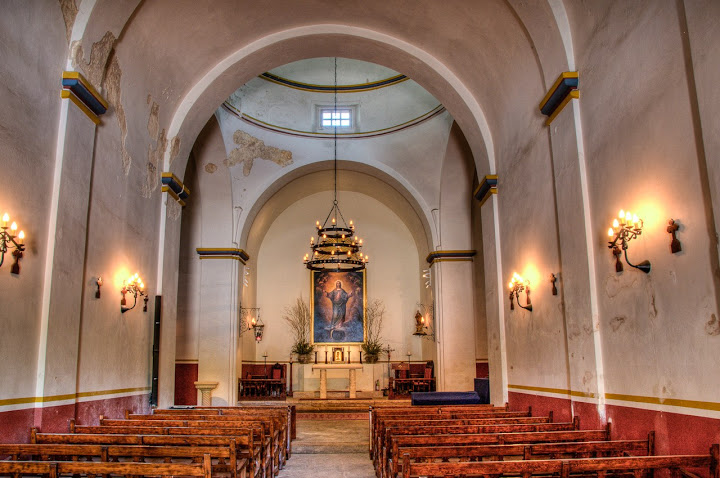
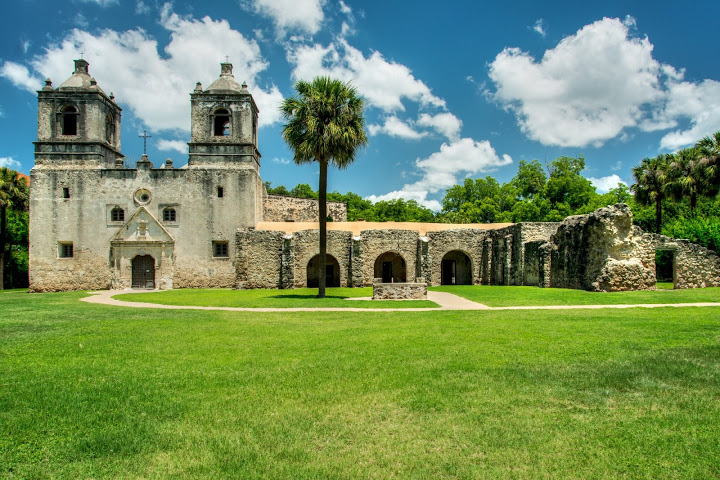
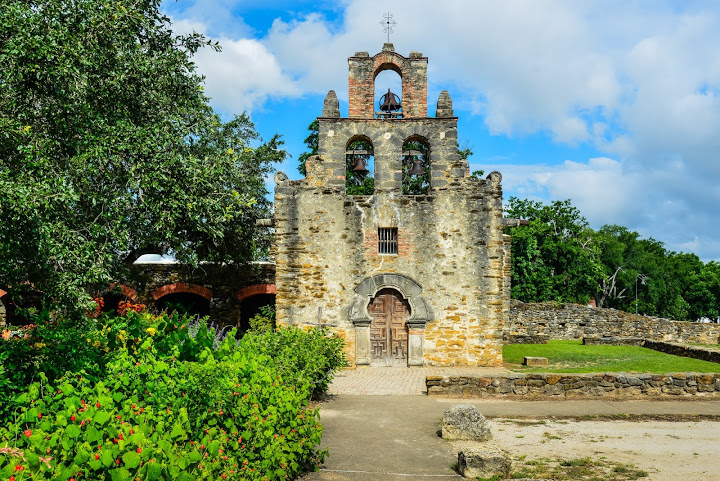
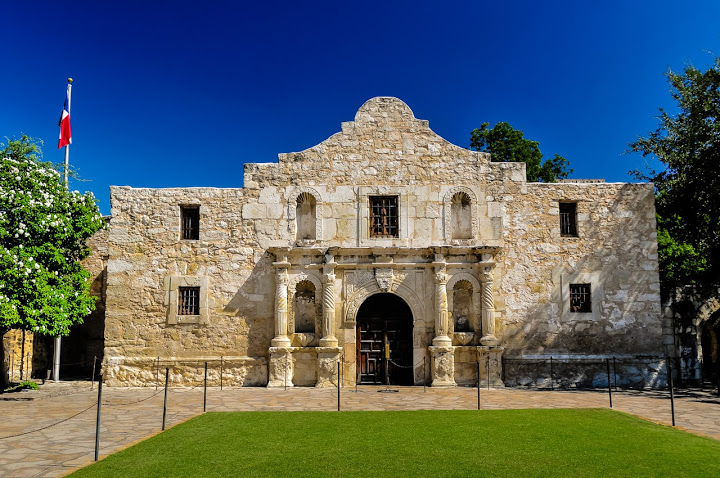
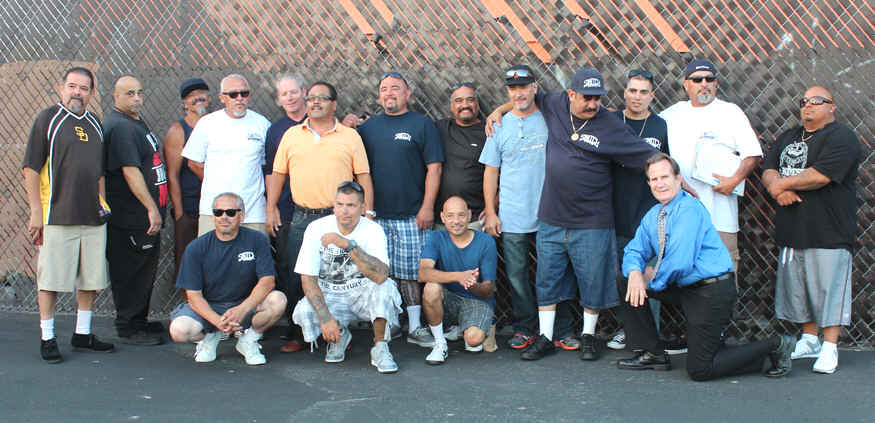
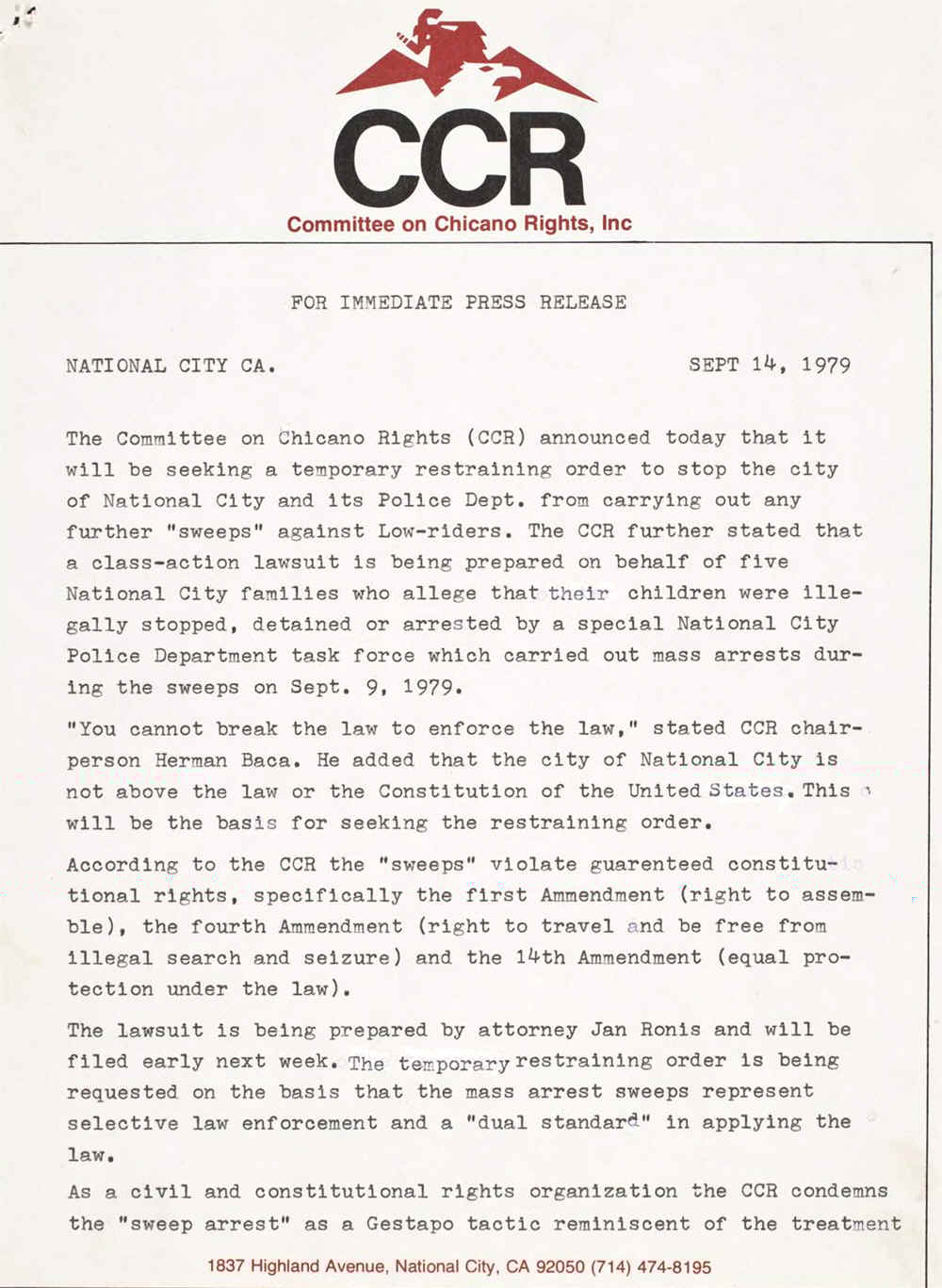
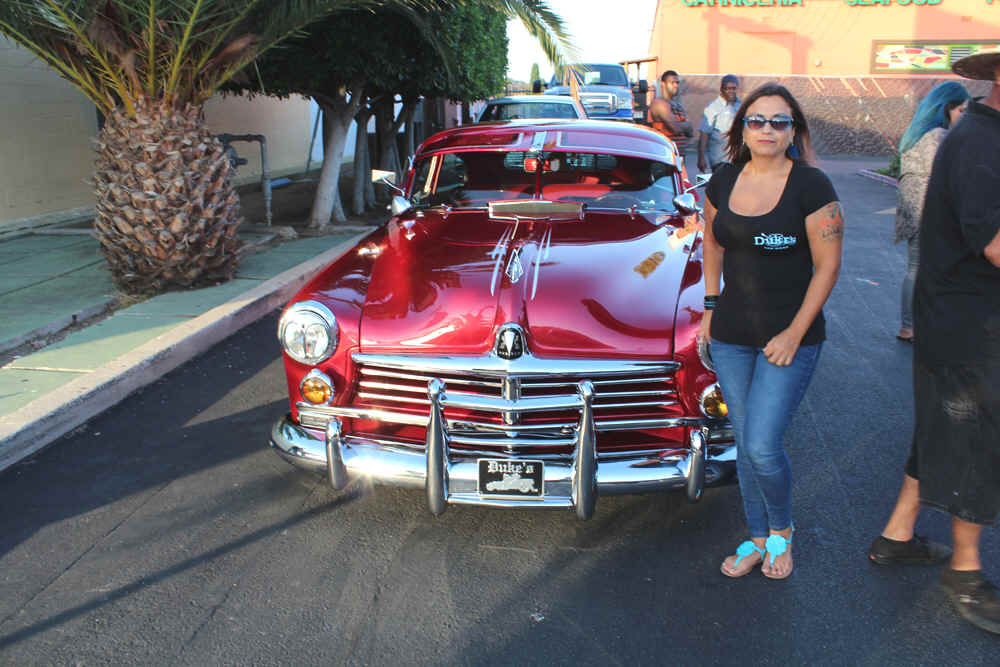
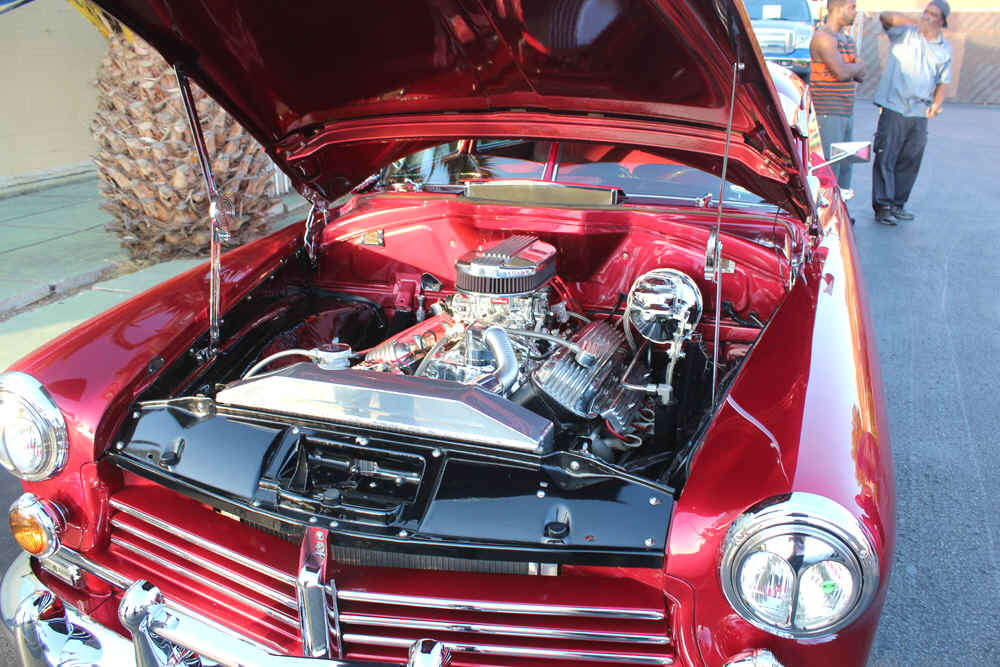
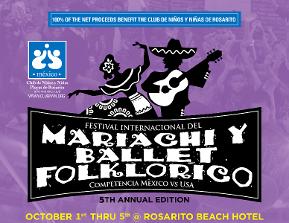
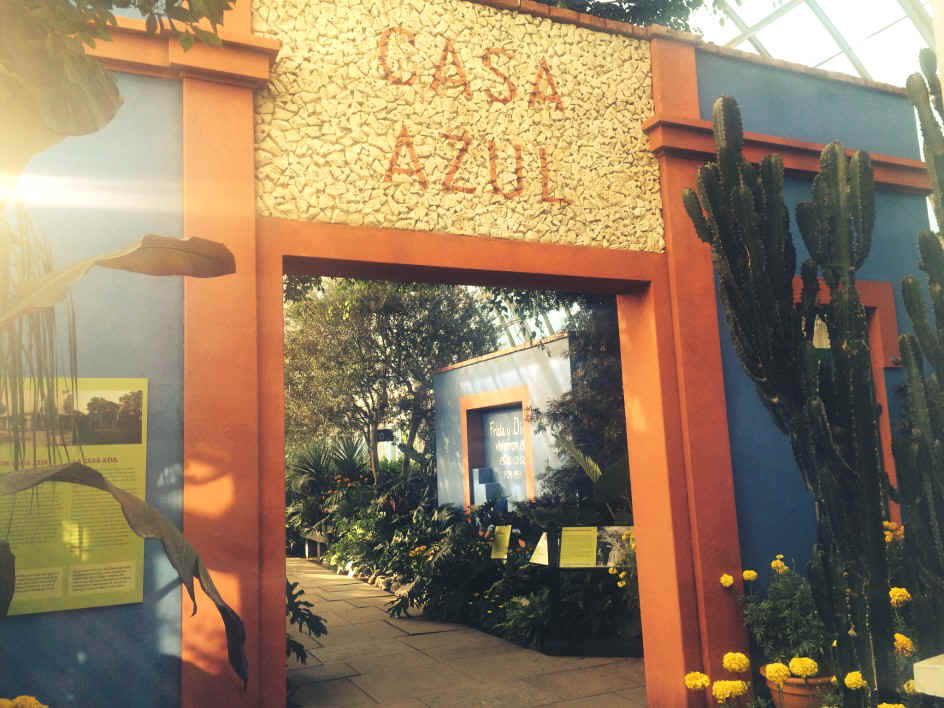
 Frida
Kahlo is someone who many of us at Latino USA love.
Frida
Kahlo is someone who many of us at Latino USA love. 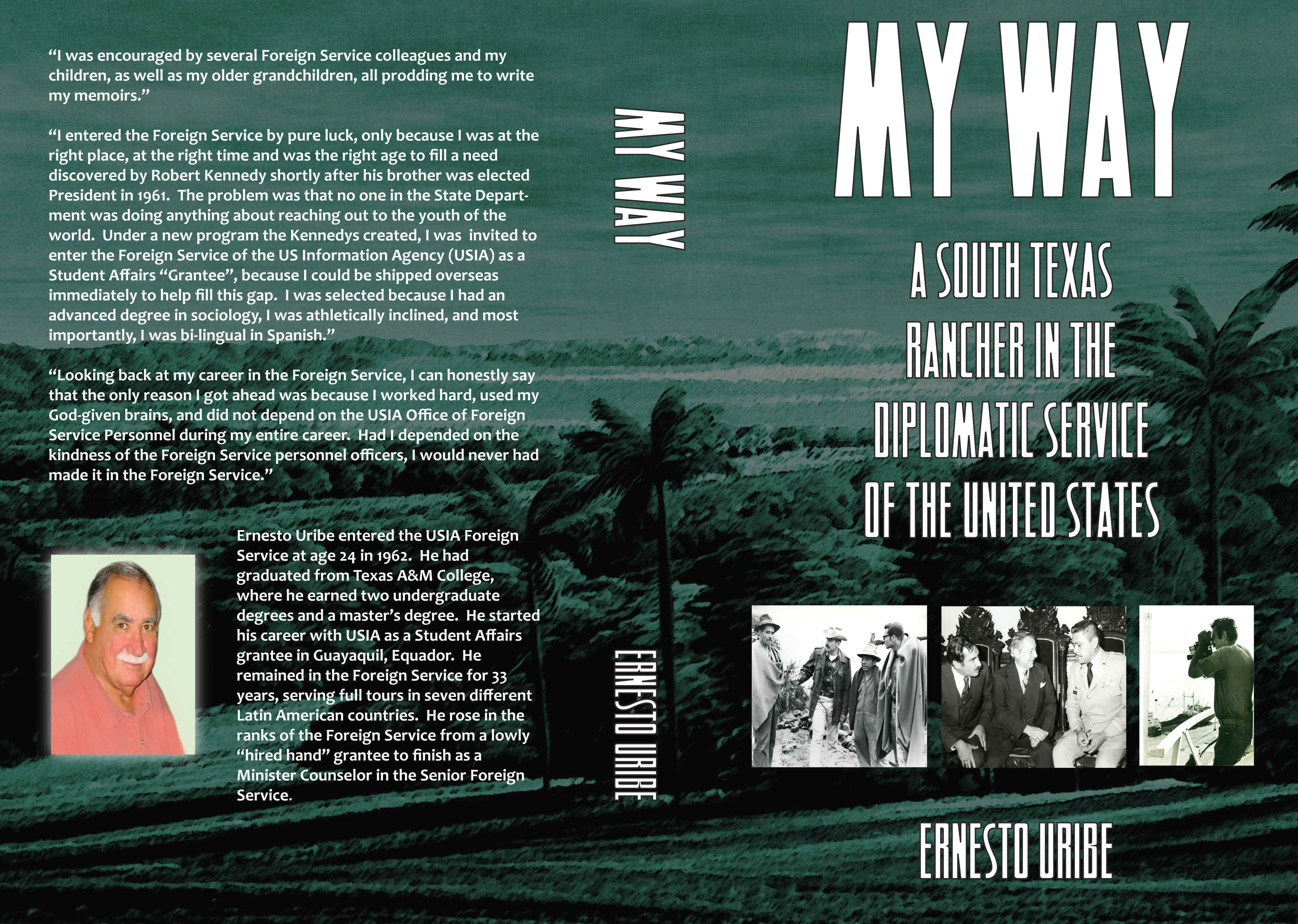

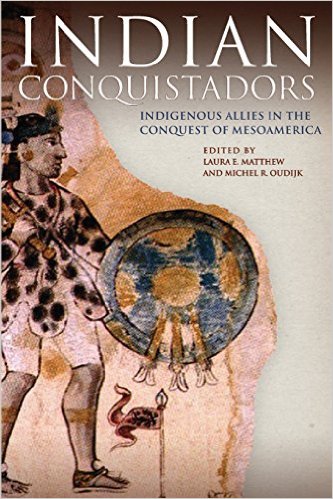
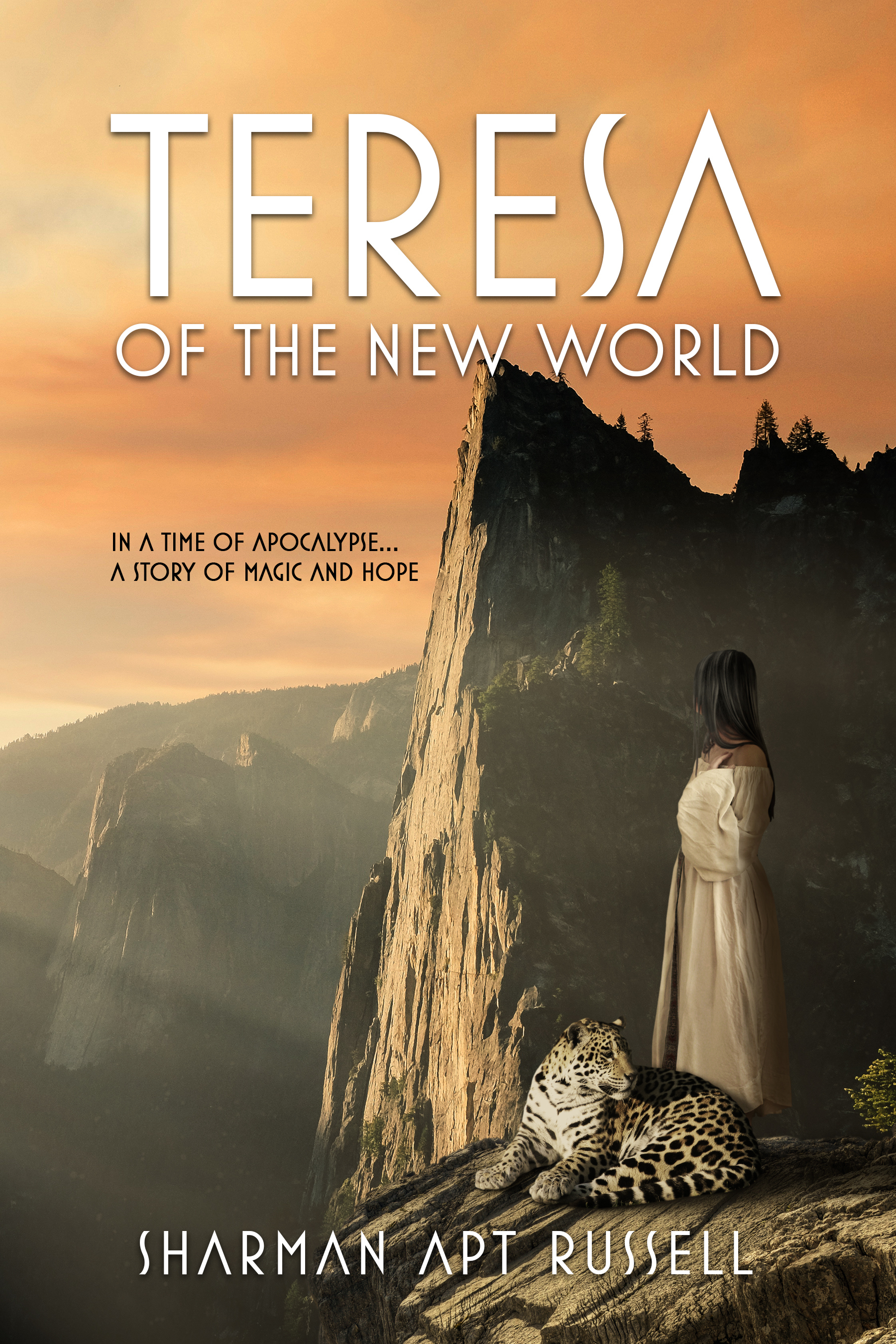
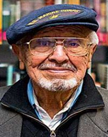 Dr.
Felipe de Ortego y Gasca, Ph.D.,
Dr.
Felipe de Ortego y Gasca, Ph.D., 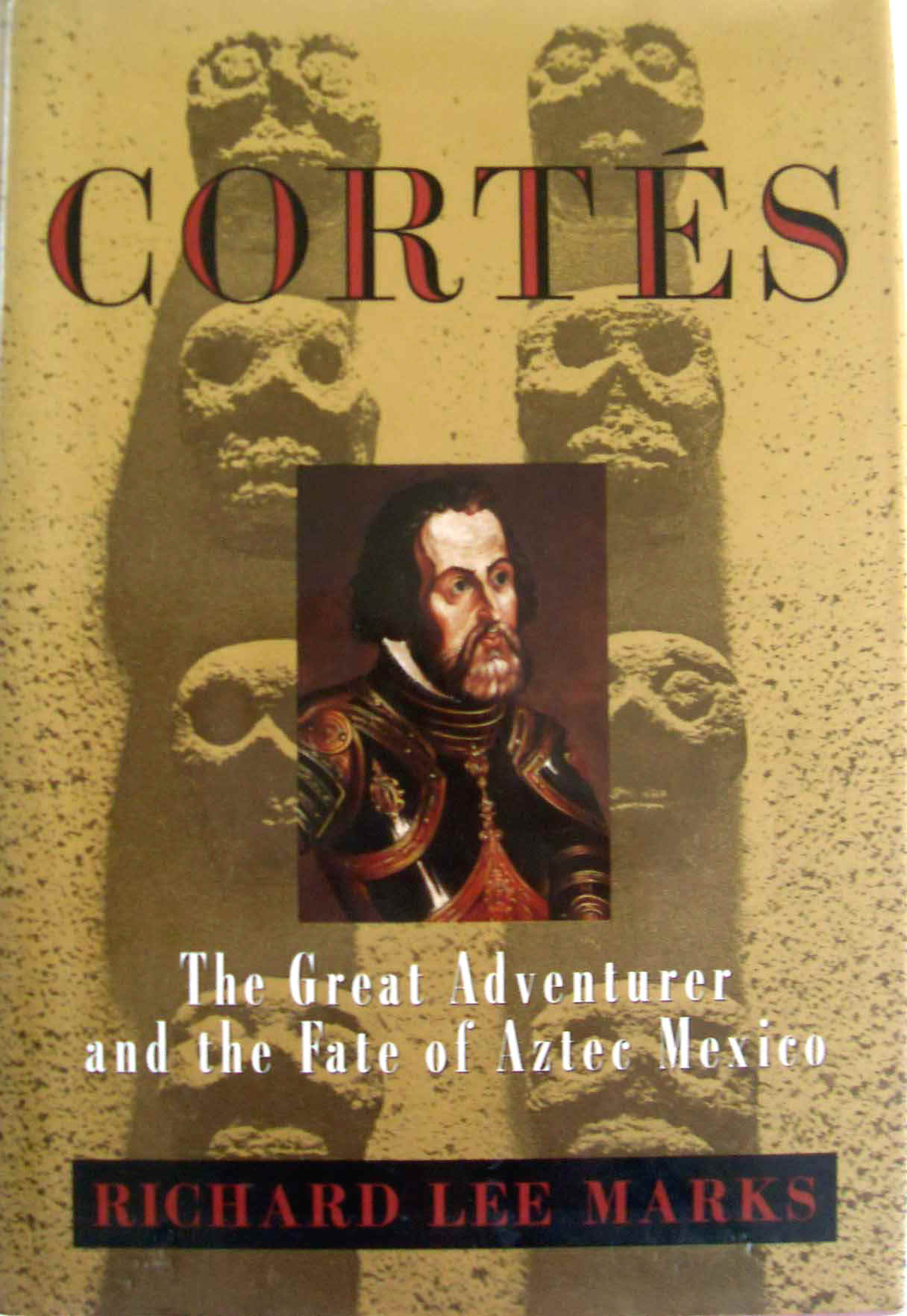
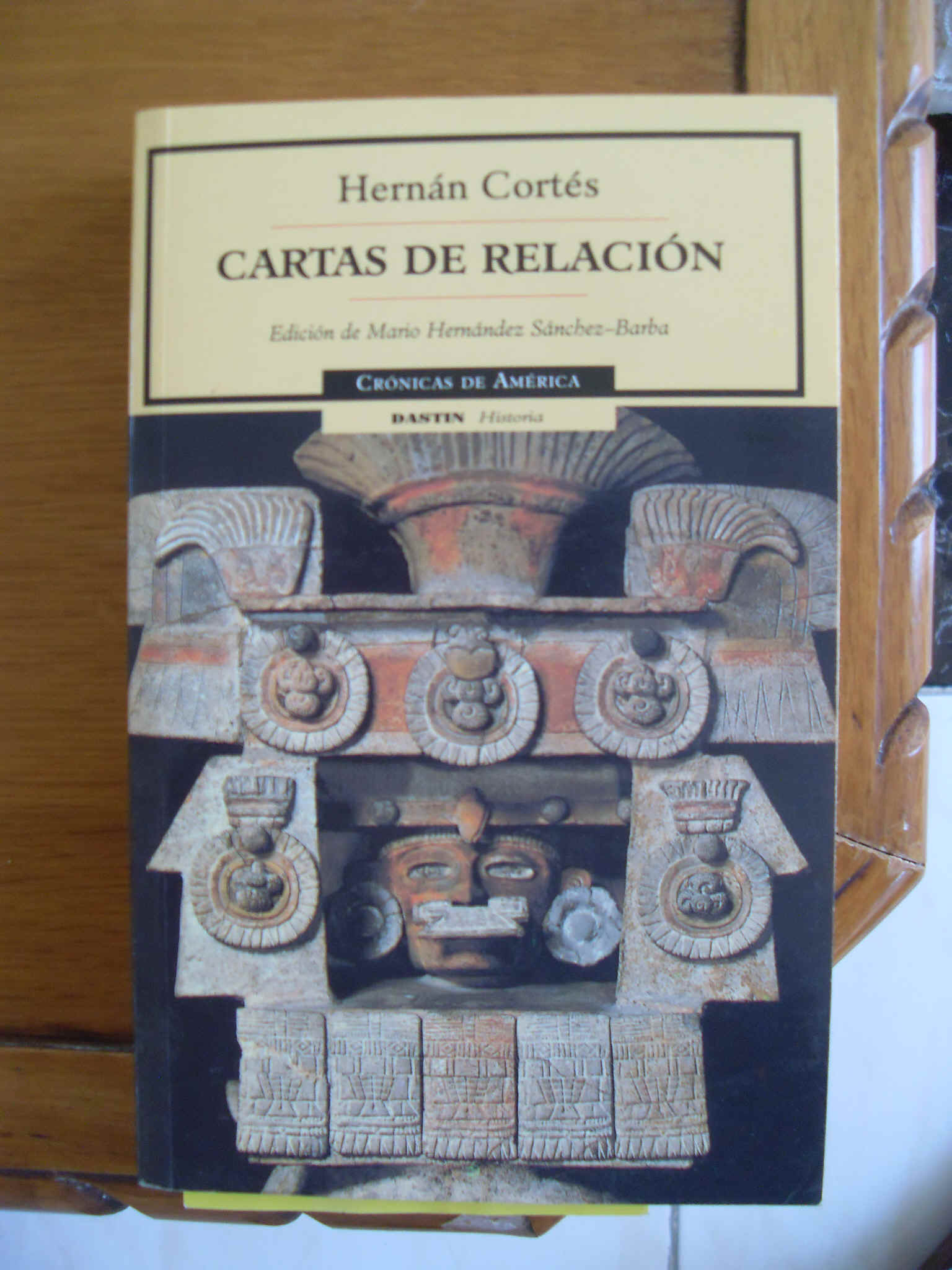
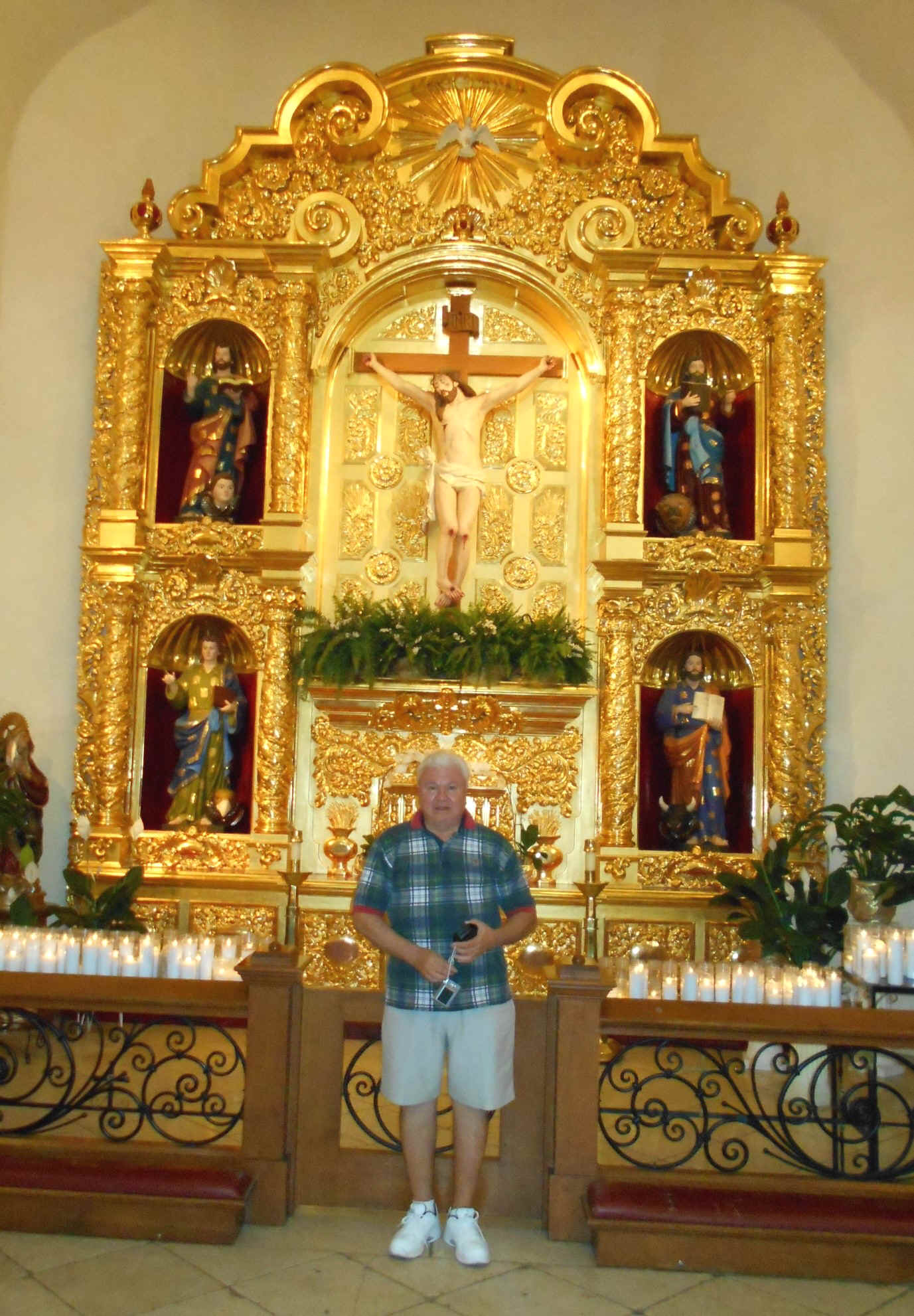

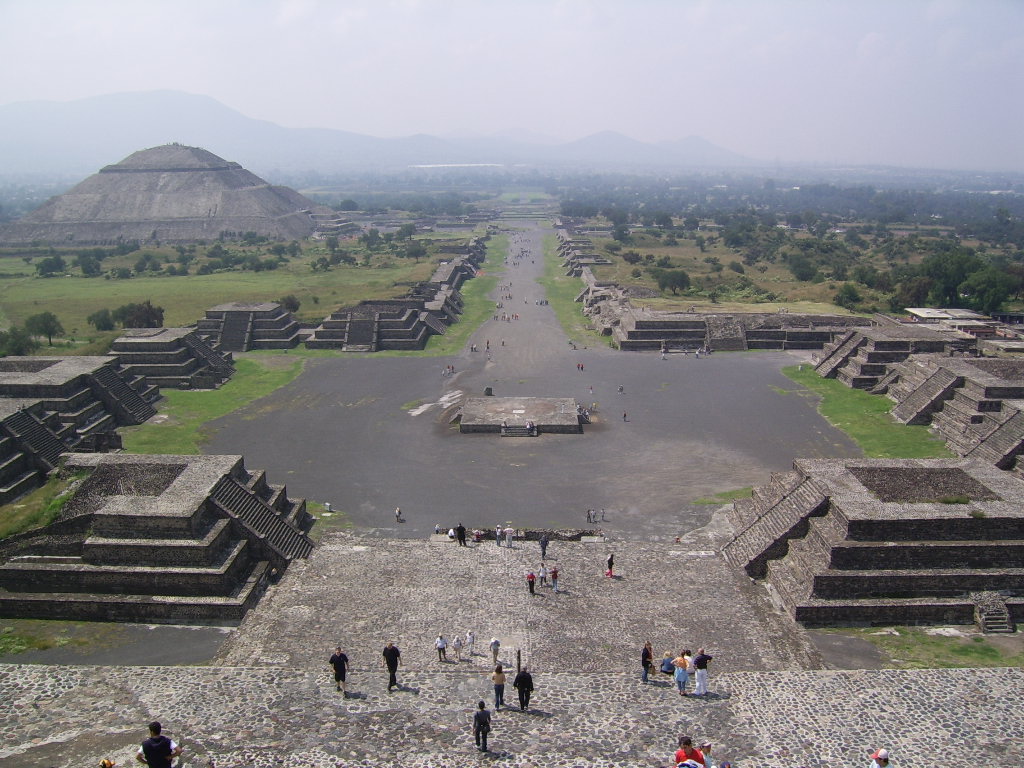
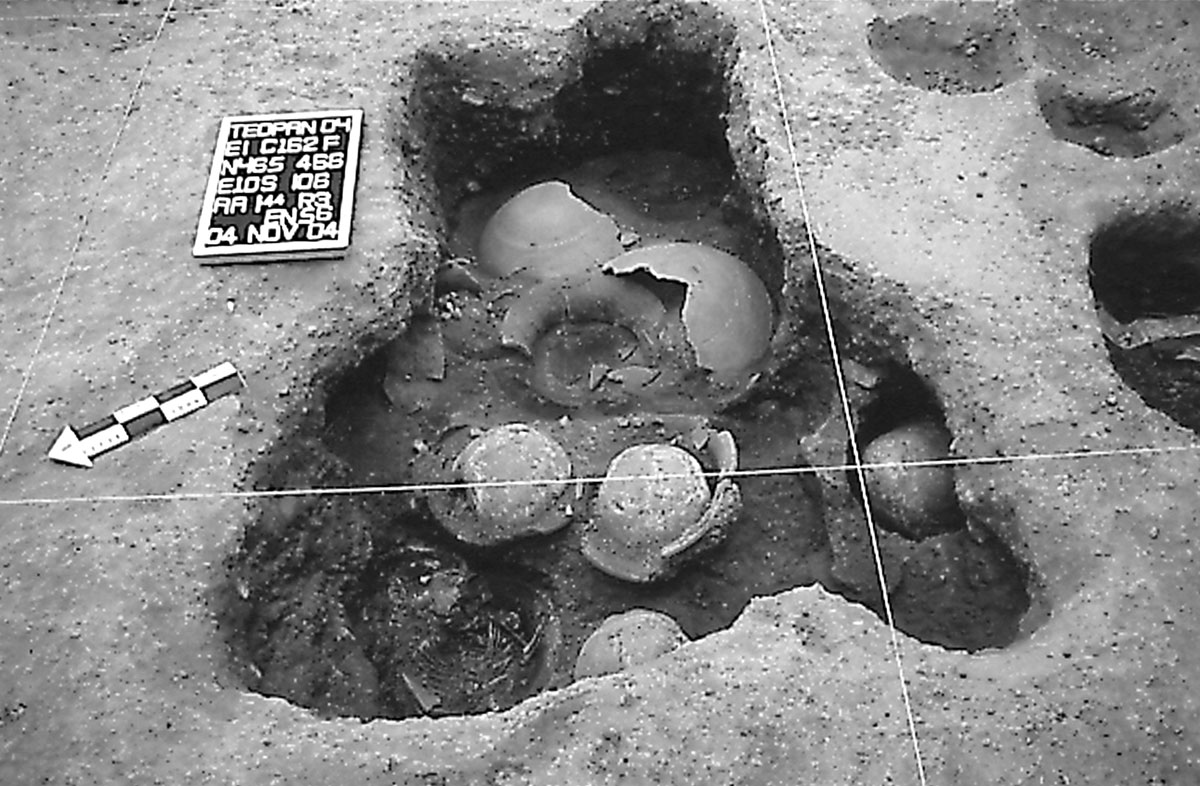
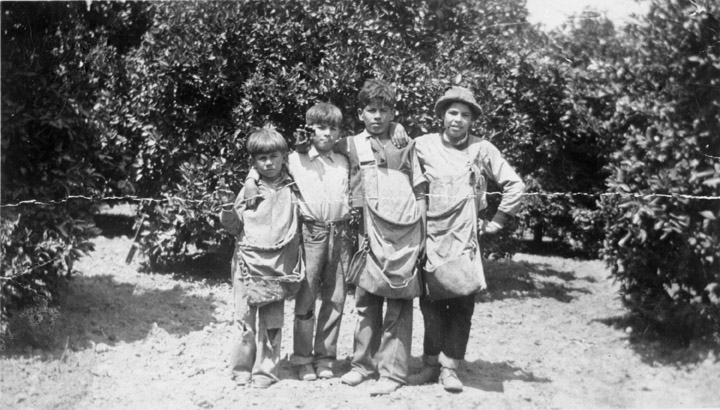
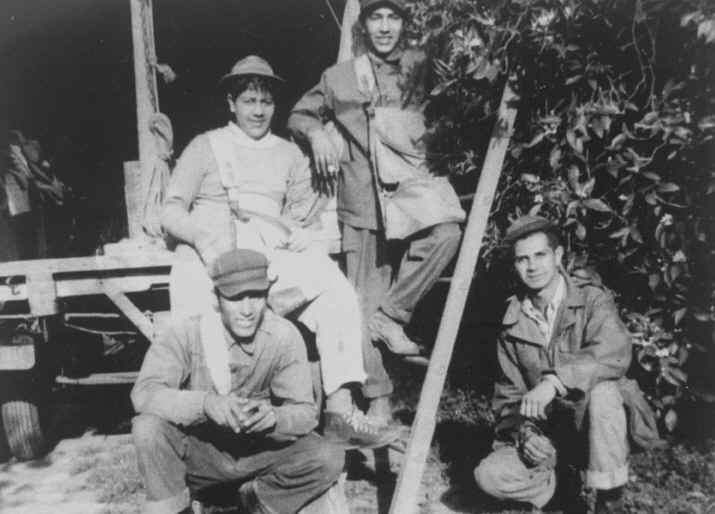

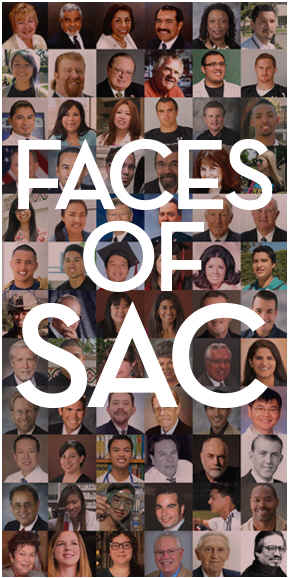
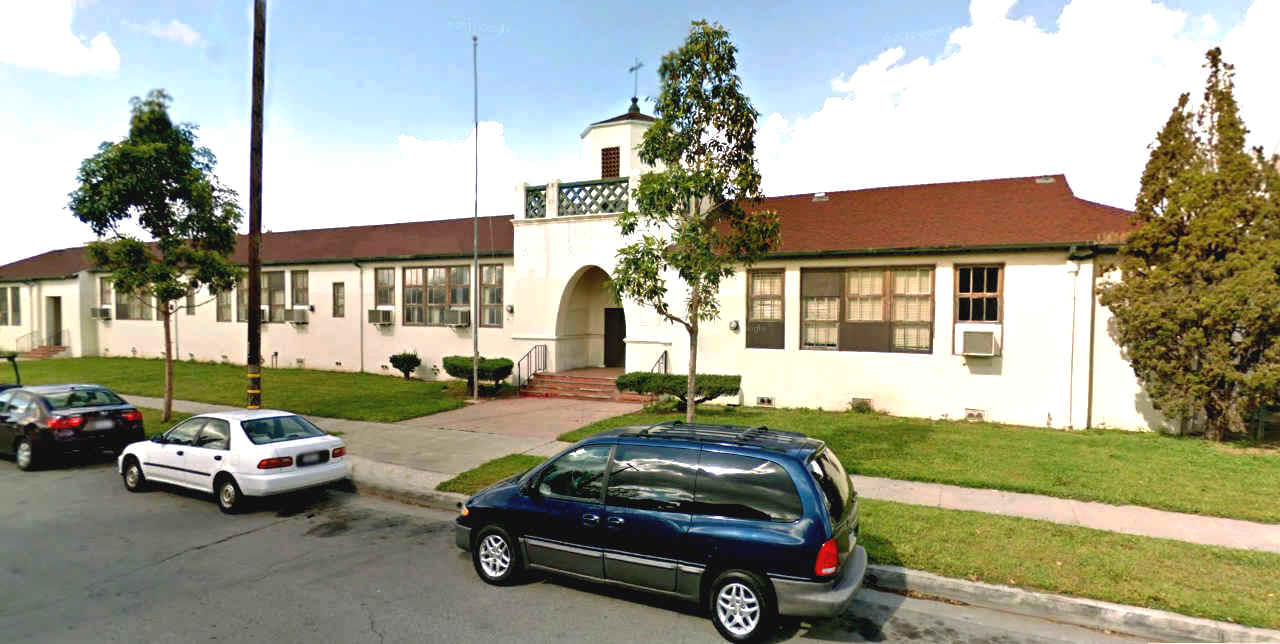

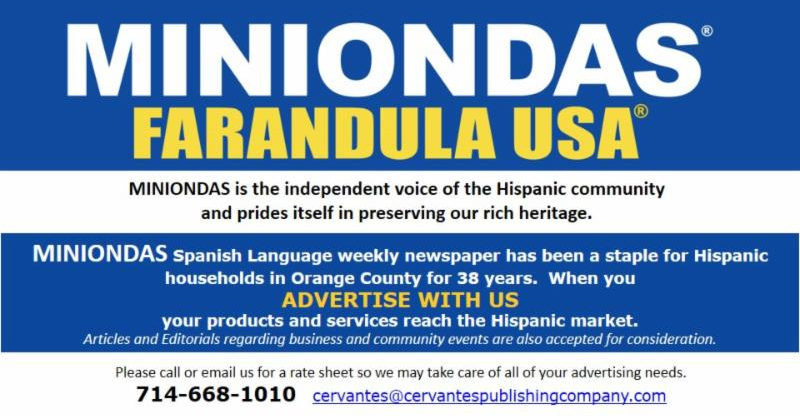
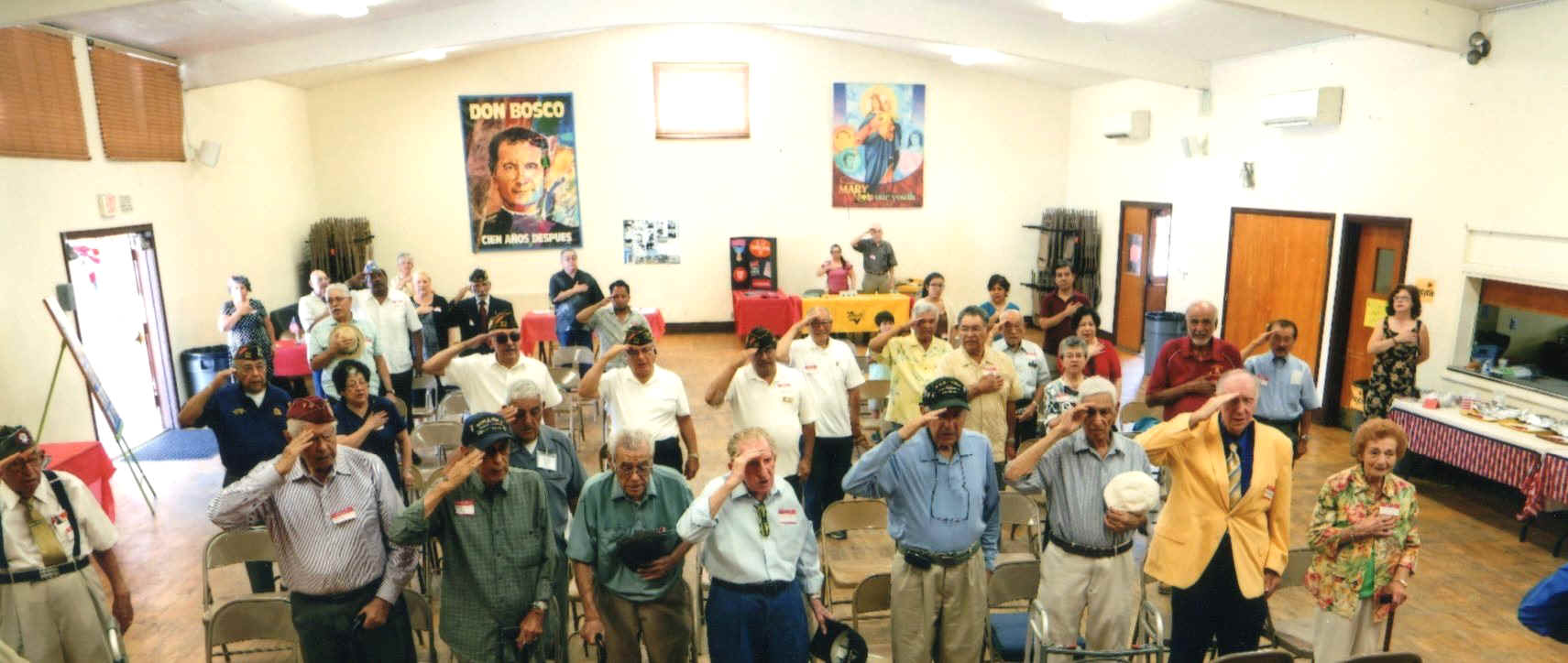
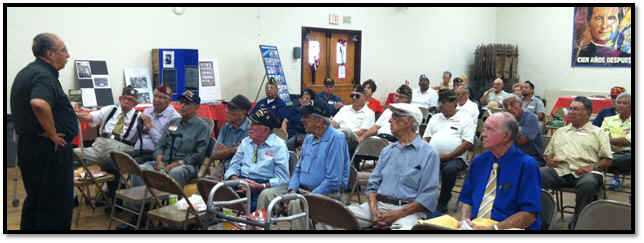
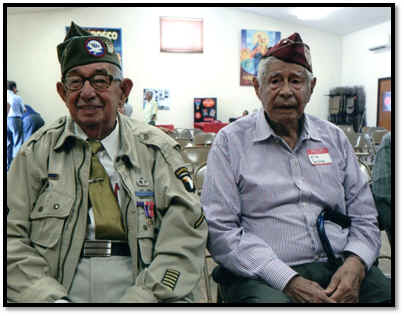
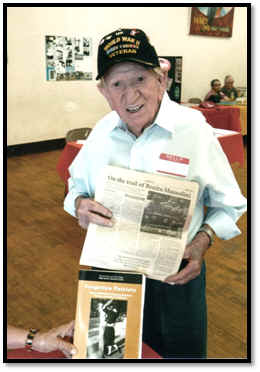
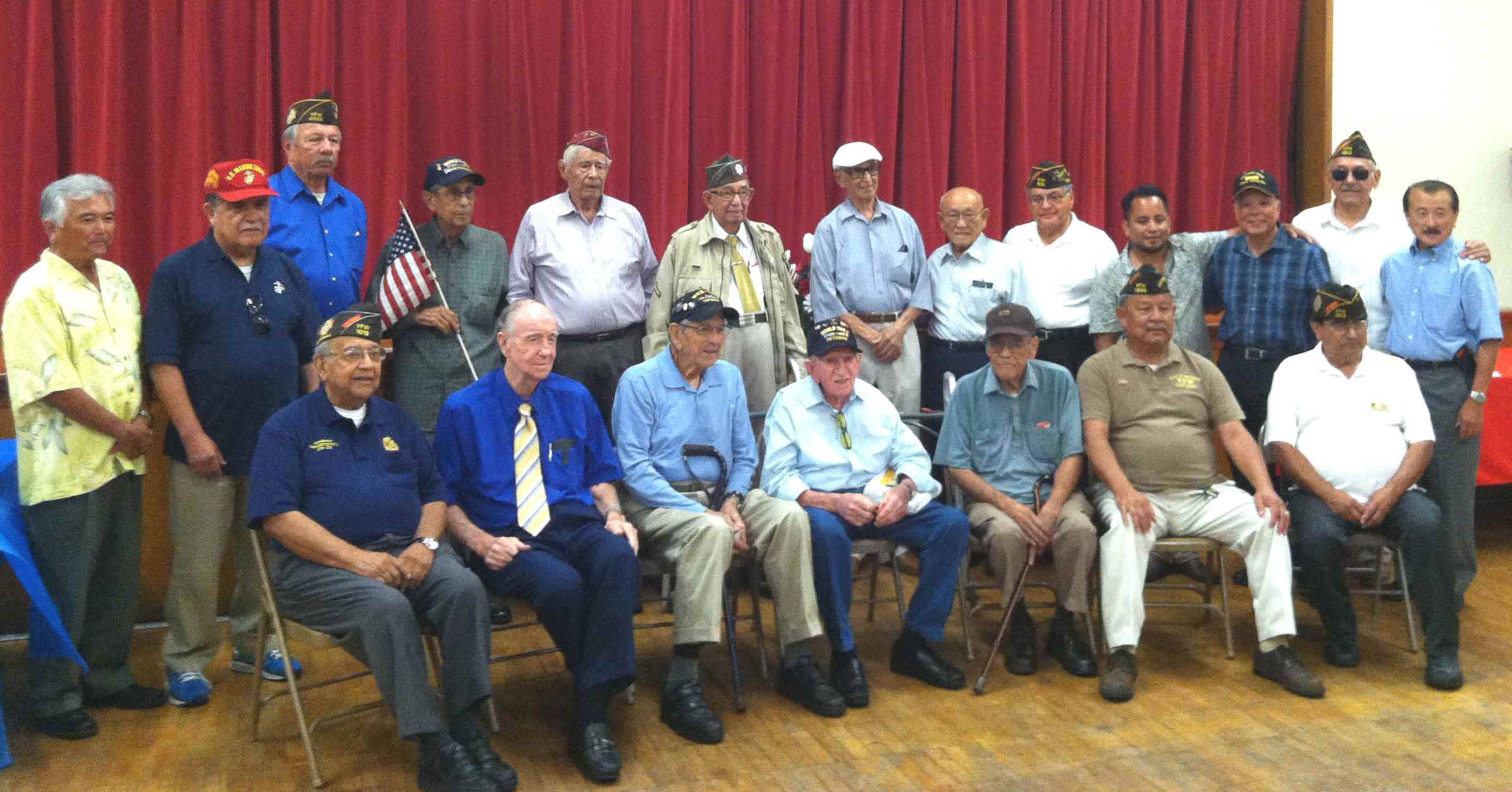
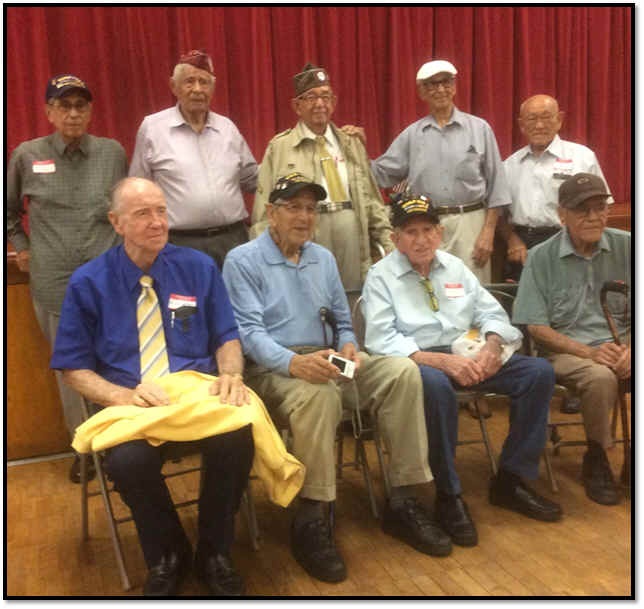
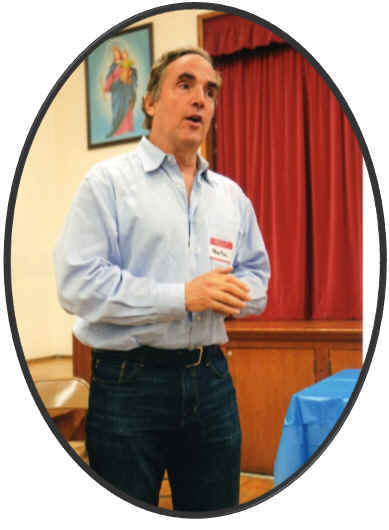
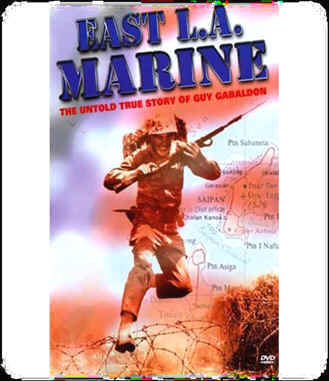
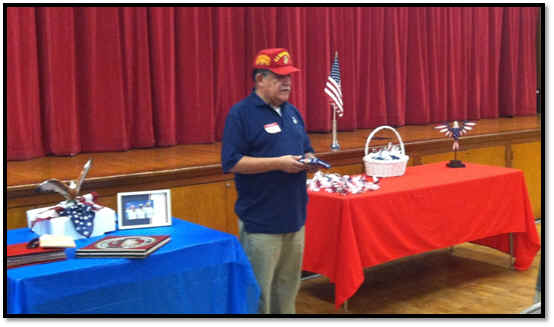
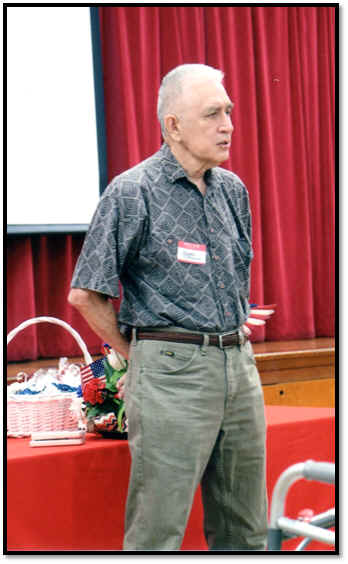
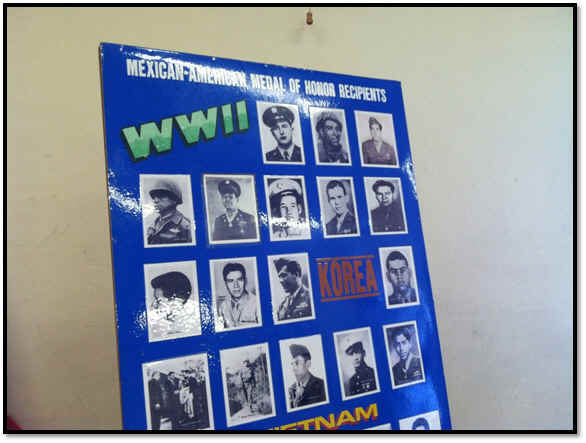
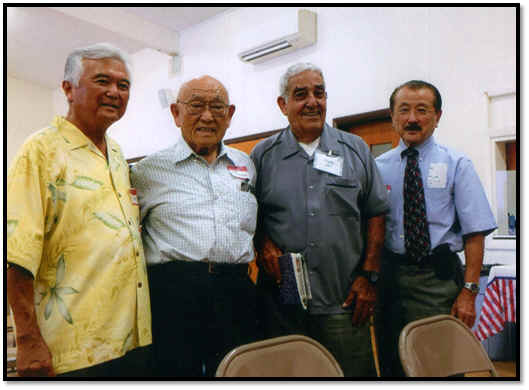
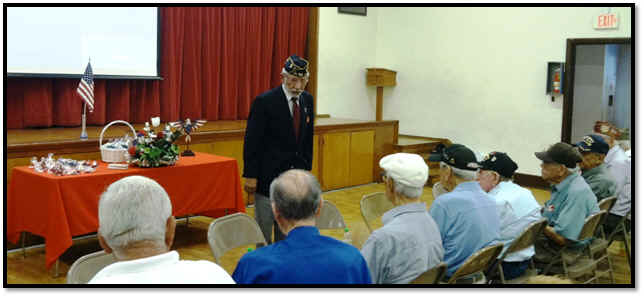
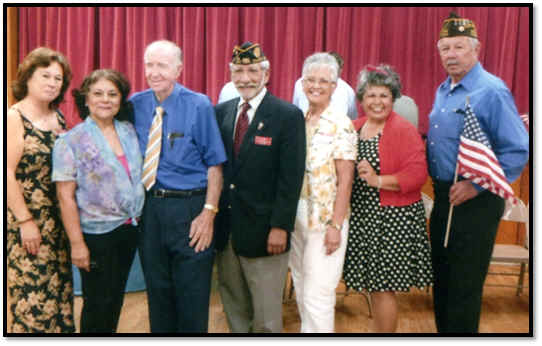
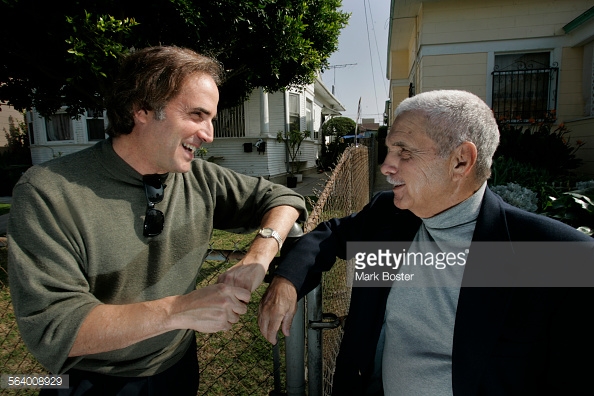



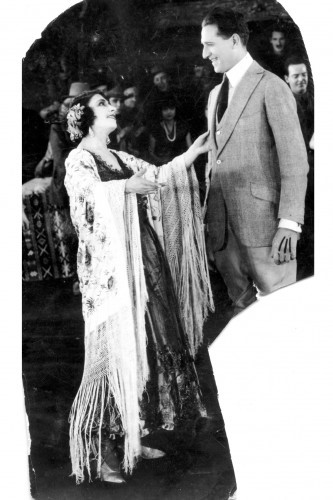 However, it is well-known that Valentino was an accomplished dancer before he arrived in California. In fact, as I understand it, his dancing was how he supported himself, flirting with smitten wealthy women.
There are two possibilities to explain the story: either it was not Valentino but some other actor that was mistaken for him by Great Aunt Cecilia, who would have been about 10 or 11 years old when she watched the couple dance, or Jovita was not teaching Valentino but rehearsing with him. Could she have been preparing him for the famous tango scene in the classic film "The Four Horsemen of the Apocalypse" (1921)?
However, it is well-known that Valentino was an accomplished dancer before he arrived in California. In fact, as I understand it, his dancing was how he supported himself, flirting with smitten wealthy women.
There are two possibilities to explain the story: either it was not Valentino but some other actor that was mistaken for him by Great Aunt Cecilia, who would have been about 10 or 11 years old when she watched the couple dance, or Jovita was not teaching Valentino but rehearsing with him. Could she have been preparing him for the famous tango scene in the classic film "The Four Horsemen of the Apocalypse" (1921)?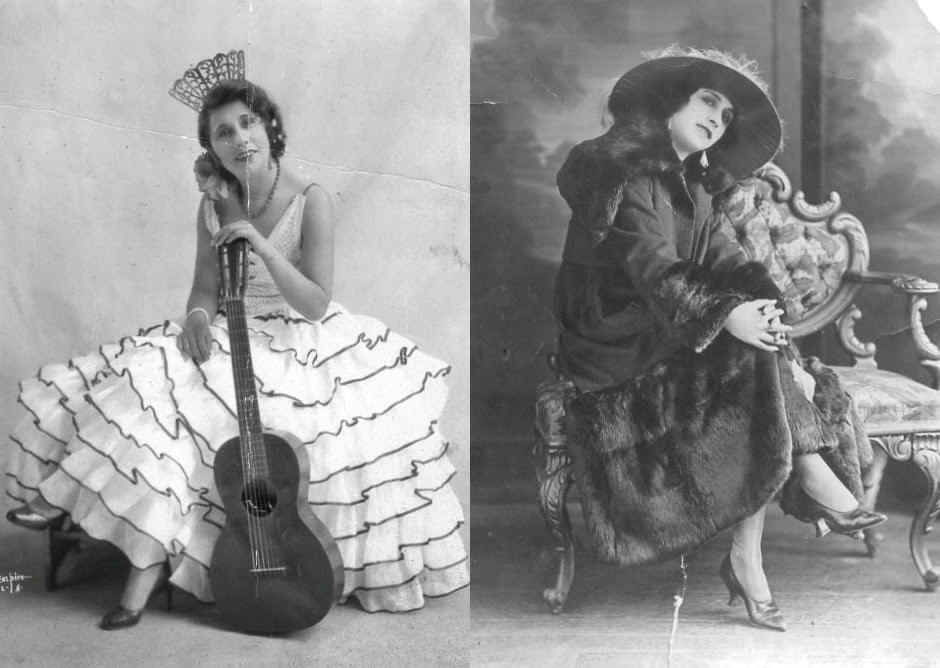
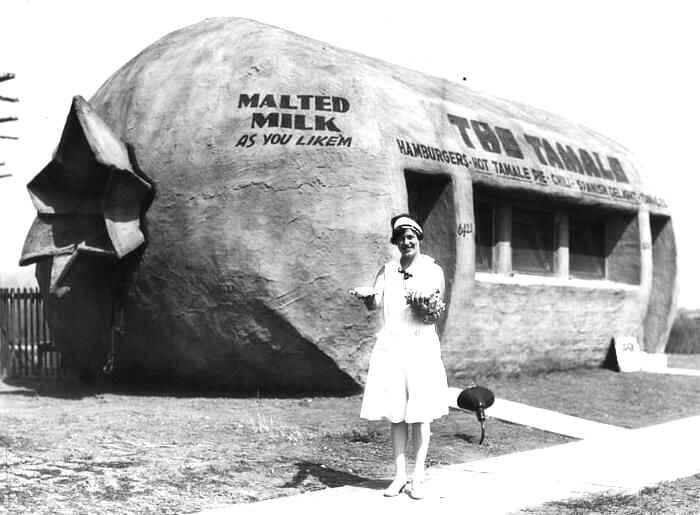
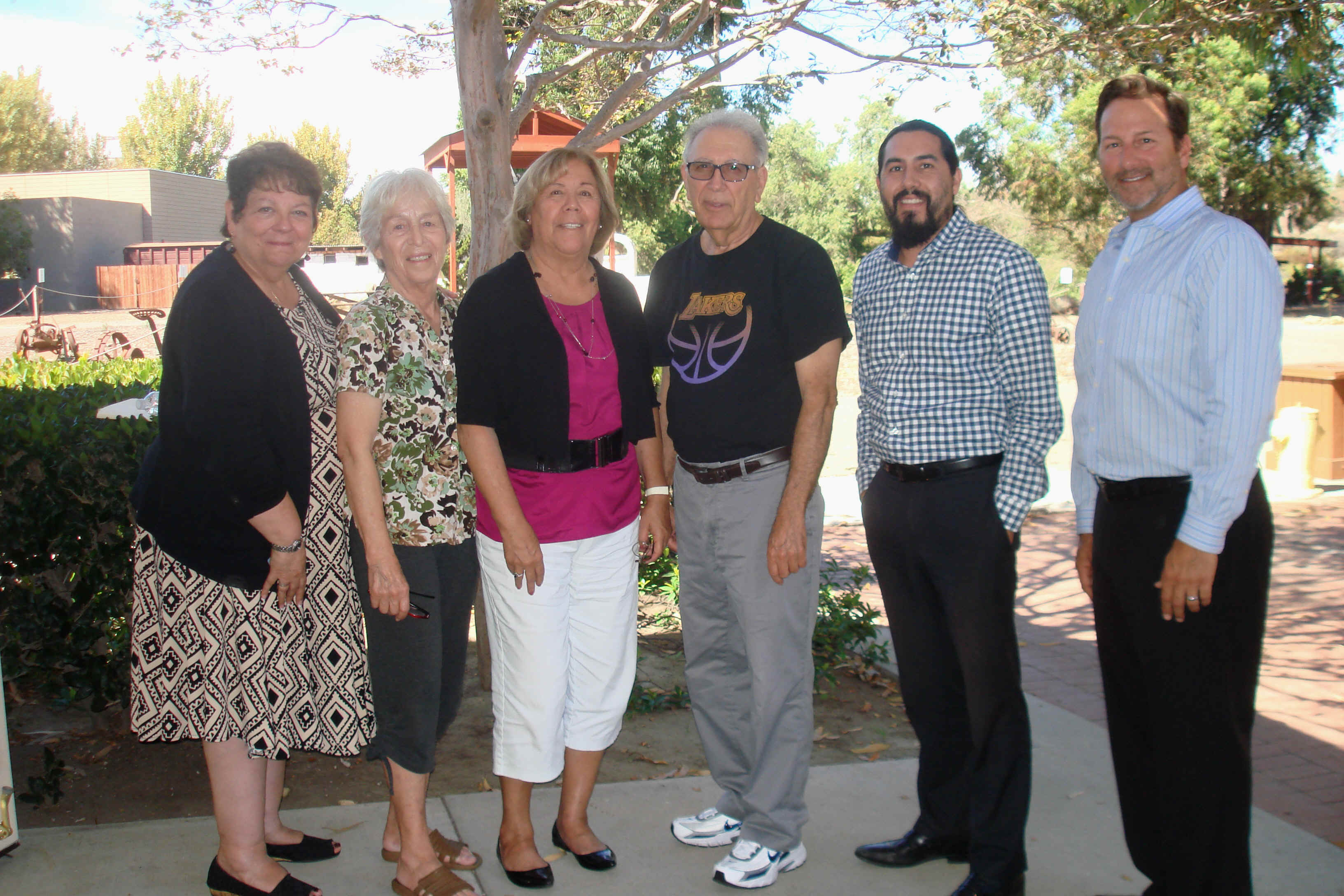
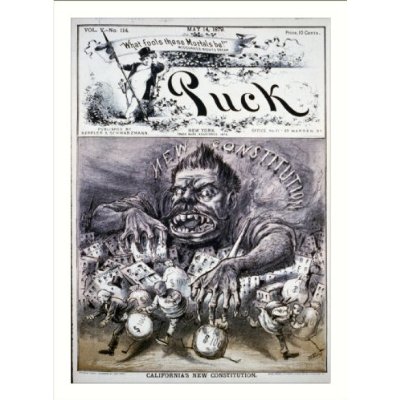

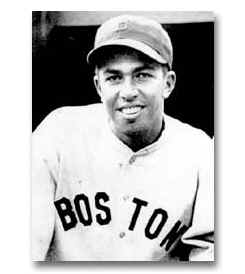
 Rafael
Ojeda
Rafael
Ojeda
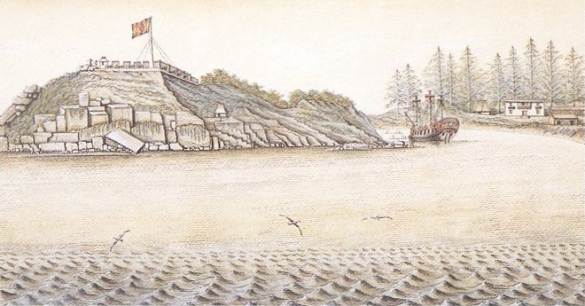
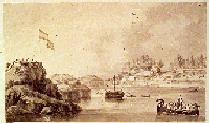
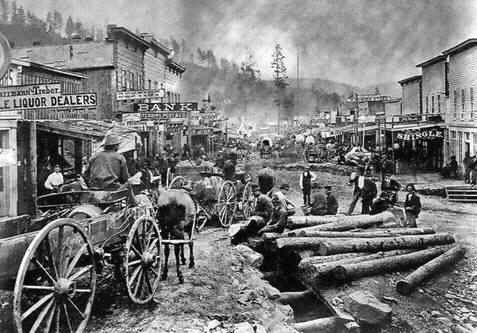
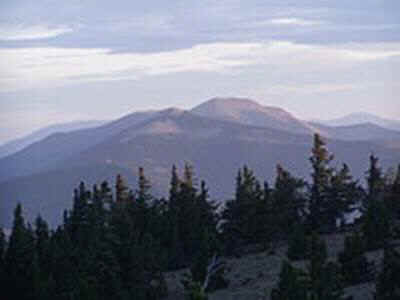
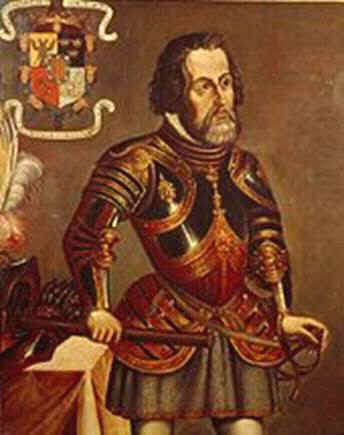
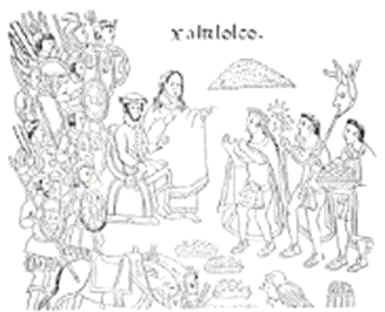
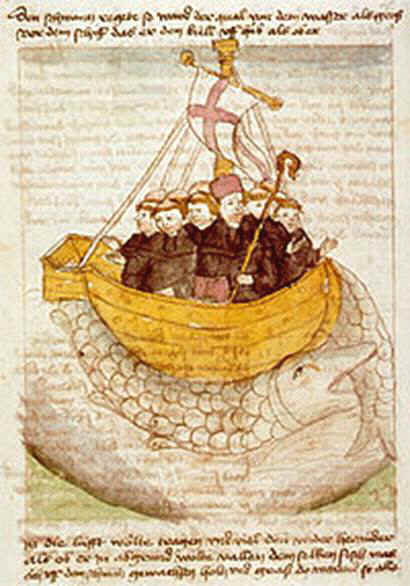
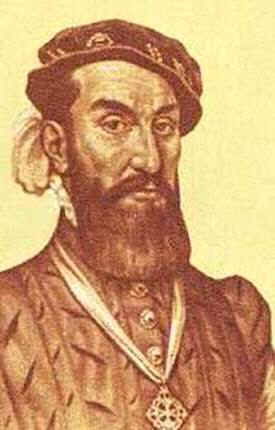
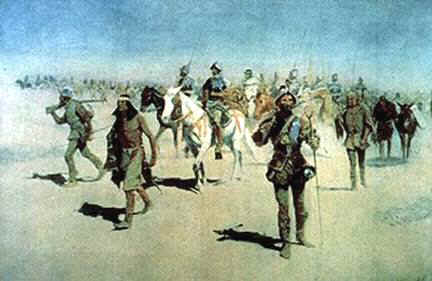
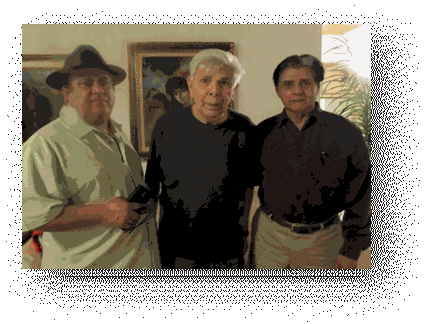
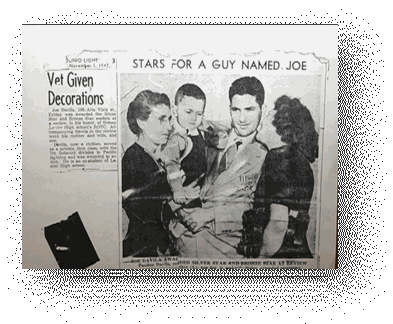
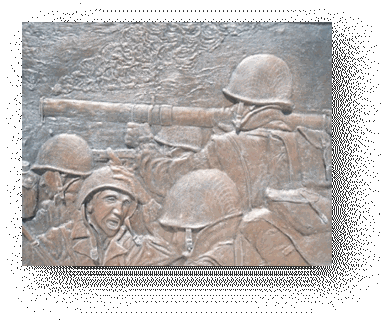
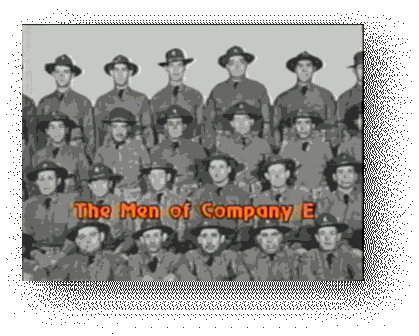

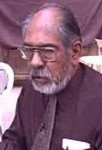 Joe
Olvera is a long-time journalist whose latest book is - Chicano Sin
Fin: Memoirs of a Chicano Journalist
Joe
Olvera is a long-time journalist whose latest book is - Chicano Sin
Fin: Memoirs of a Chicano Journalist 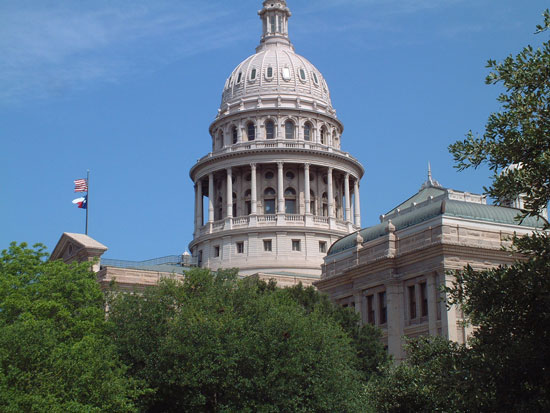
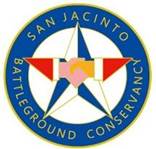


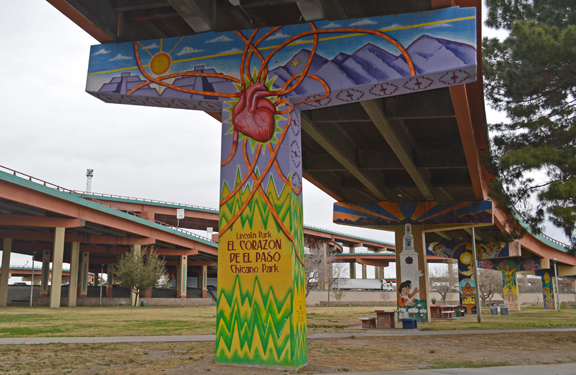

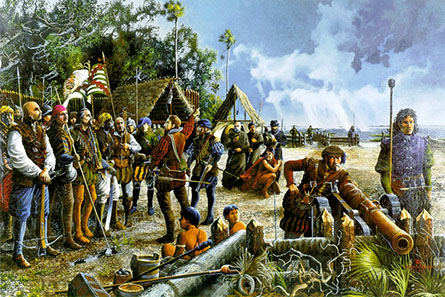
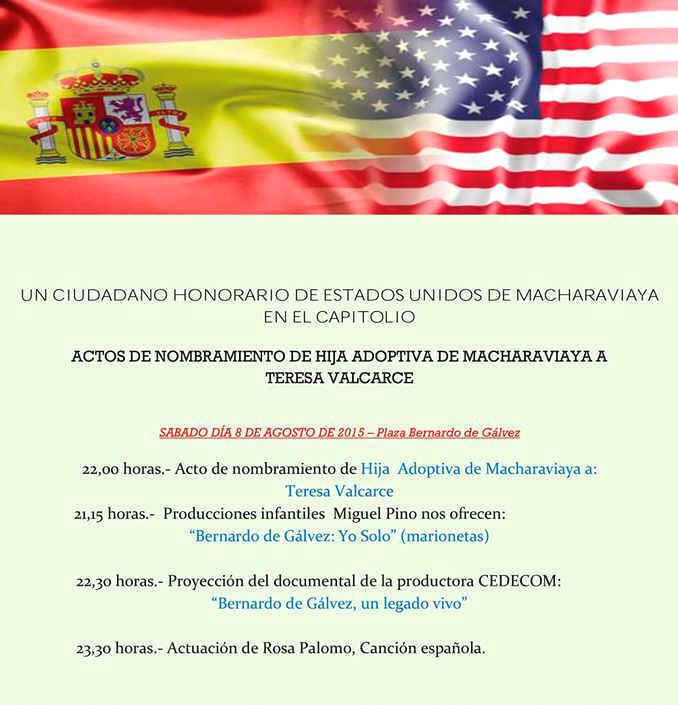




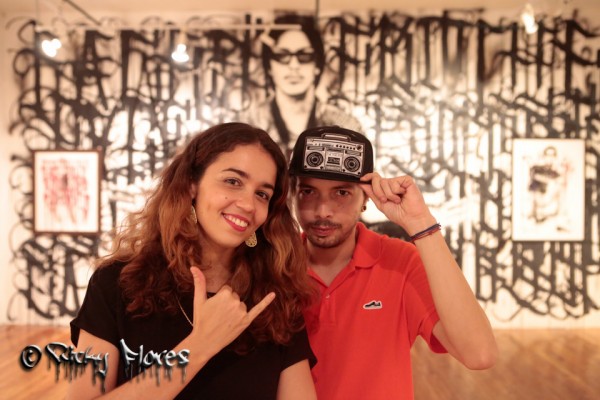
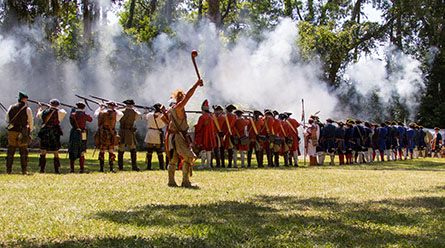
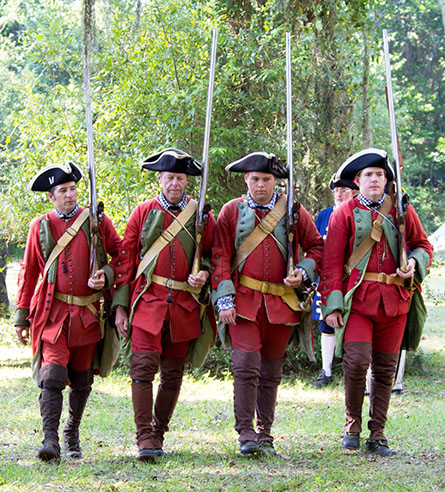
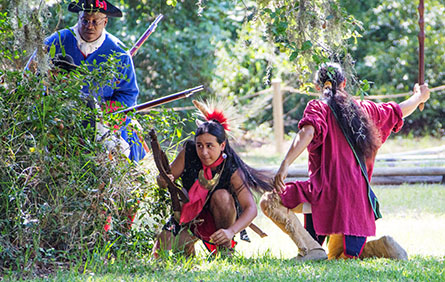


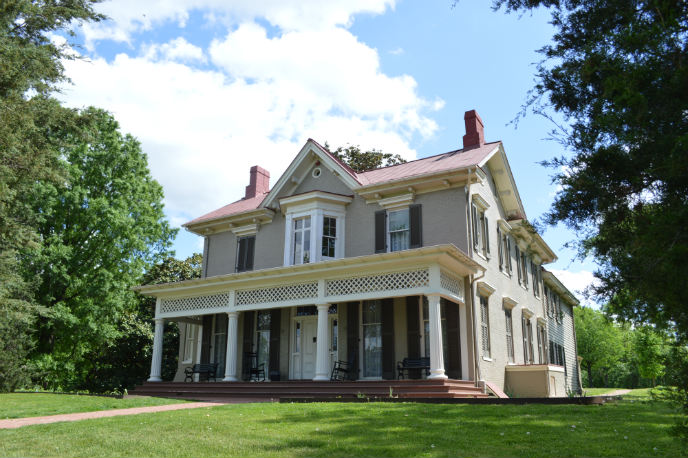
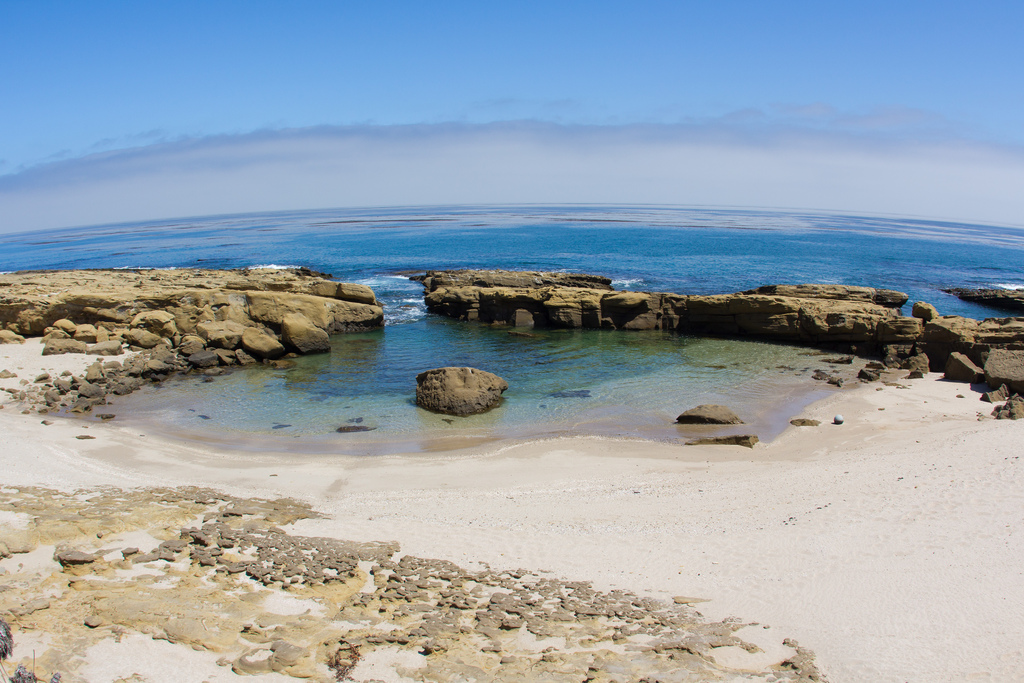
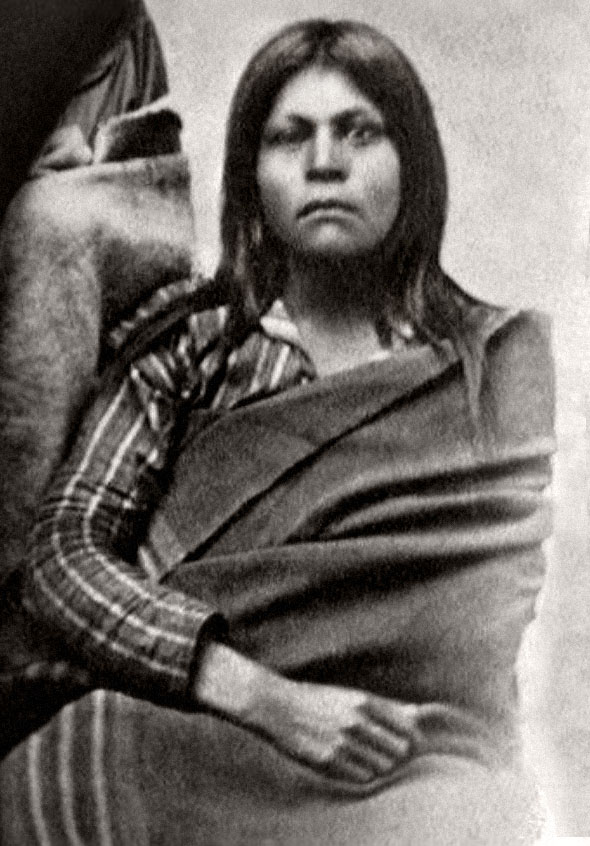
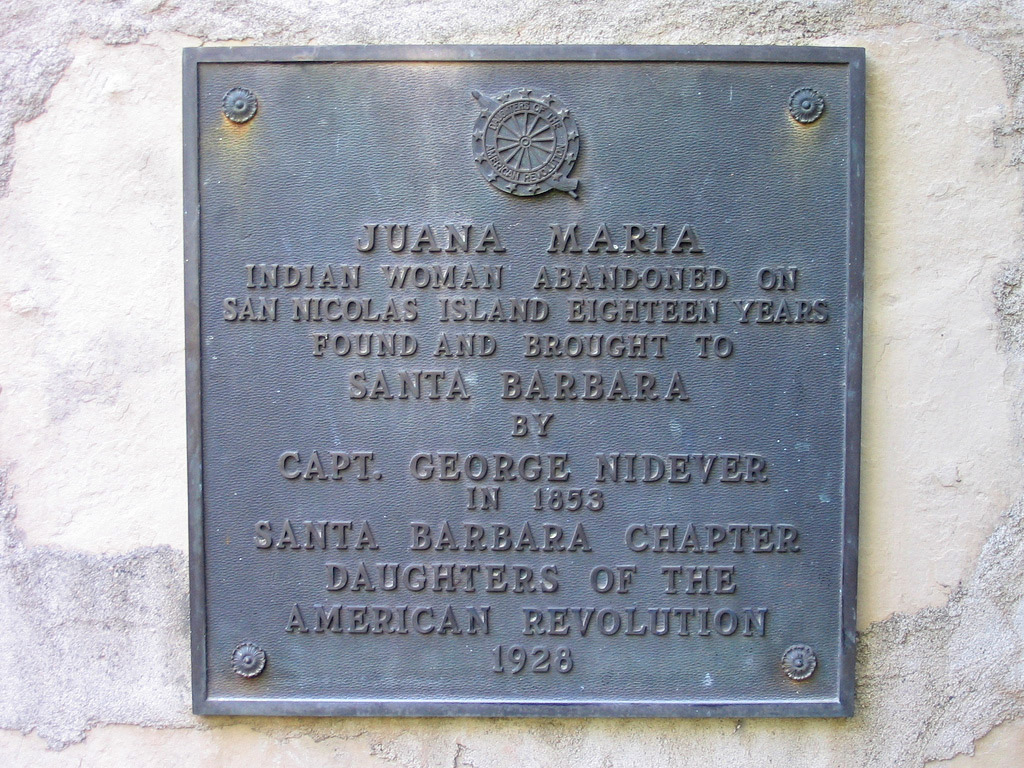
 Hadley Meares is a writer, historian, and singer who
traded one Southland (her home state of North Carolina) for another.
She is a frequent contributor to Curbed and Atlas Obscura, and leads
historical tours all around Los Angeles for Obscura Society LA.
Hadley Meares is a writer, historian, and singer who
traded one Southland (her home state of North Carolina) for another.
She is a frequent contributor to Curbed and Atlas Obscura, and leads
historical tours all around Los Angeles for Obscura Society LA. 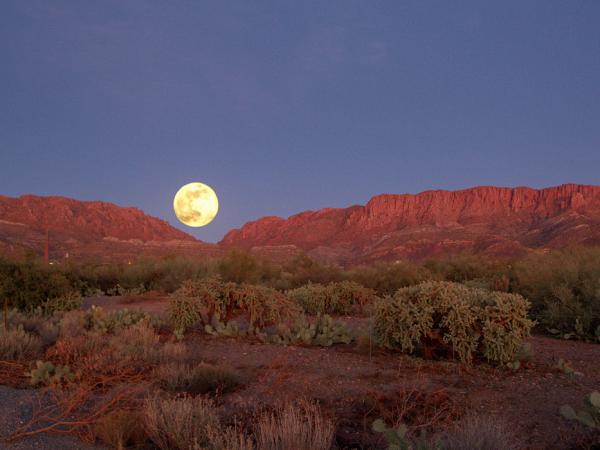
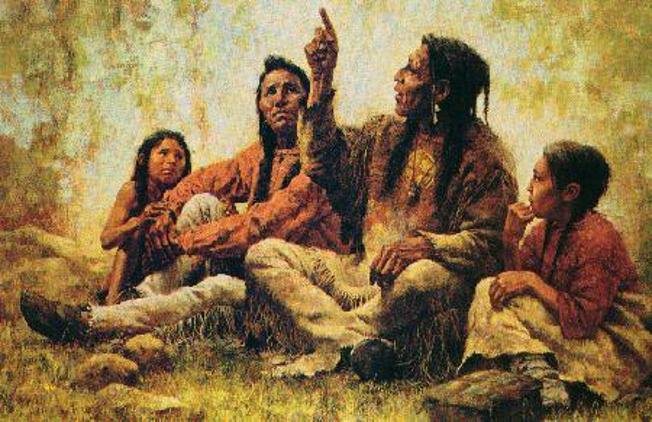
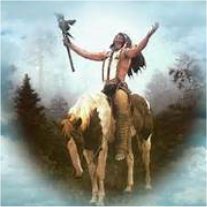 and
yours alone. Others may walk it with you, but no one can walk it for
you.
and
yours alone. Others may walk it with you, but no one can walk it for
you.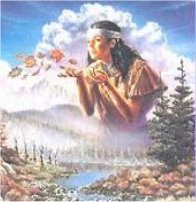 15.
Keep yourself balanced. Your Mental self, Spiritual self,
Emotional self, and Physical self, all need to be strong, pure and
healthy. Work out the body to strengthen the mind. Grow rich
in
15.
Keep yourself balanced. Your Mental self, Spiritual self,
Emotional self, and Physical self, all need to be strong, pure and
healthy. Work out the body to strengthen the mind. Grow rich
in 

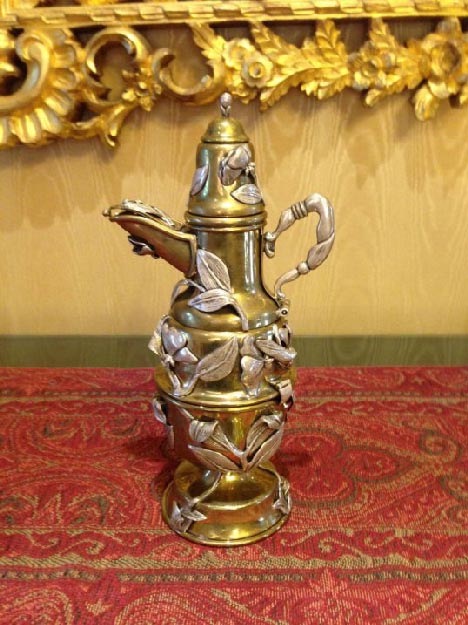
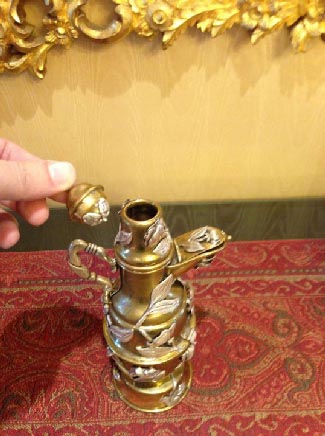
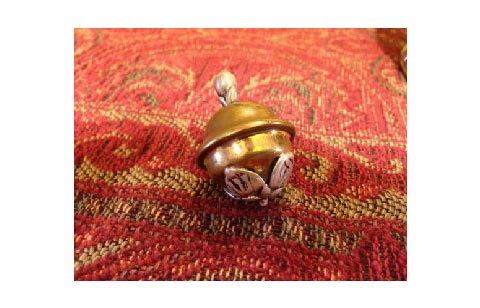
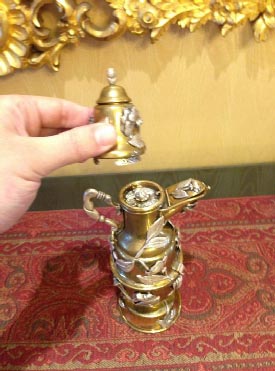
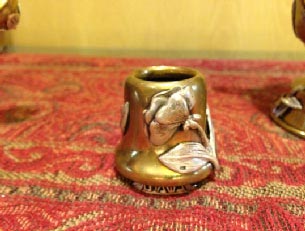
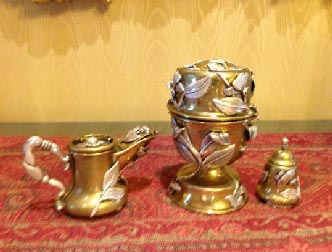
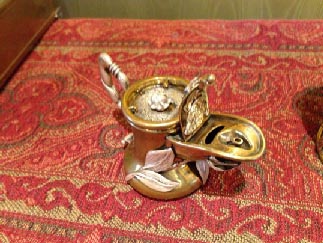
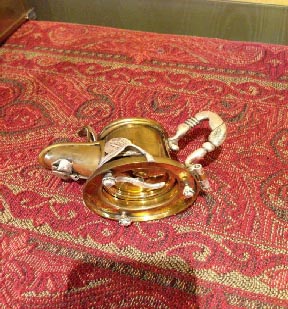
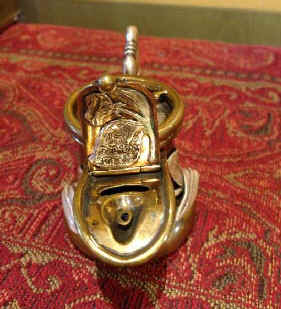
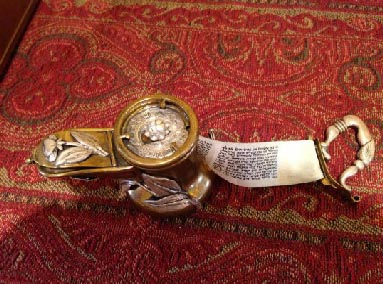
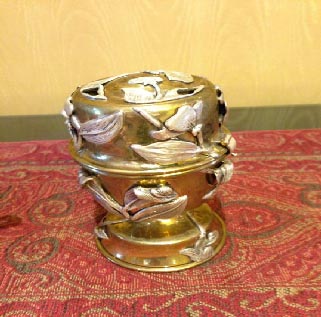

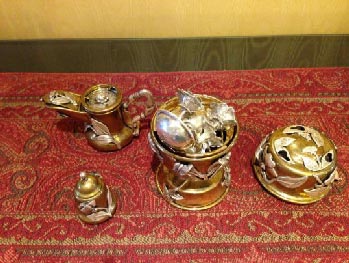
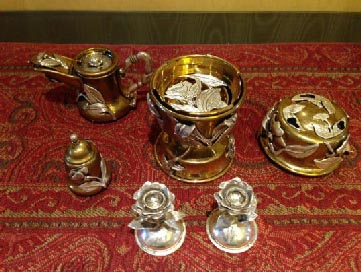
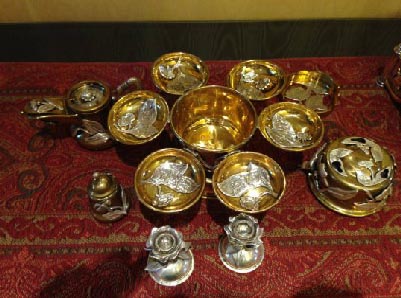
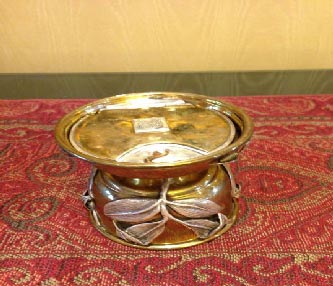
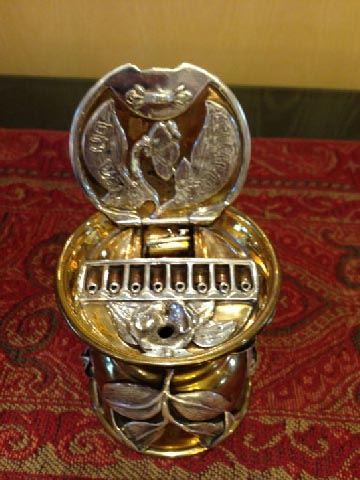
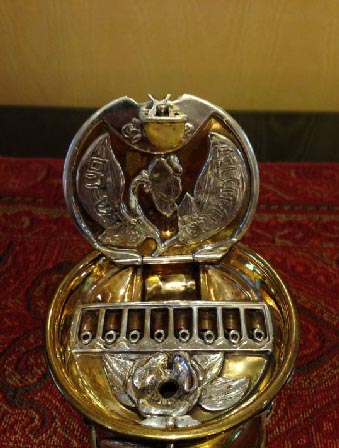
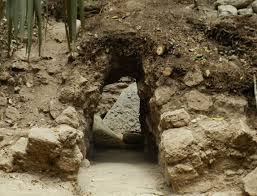
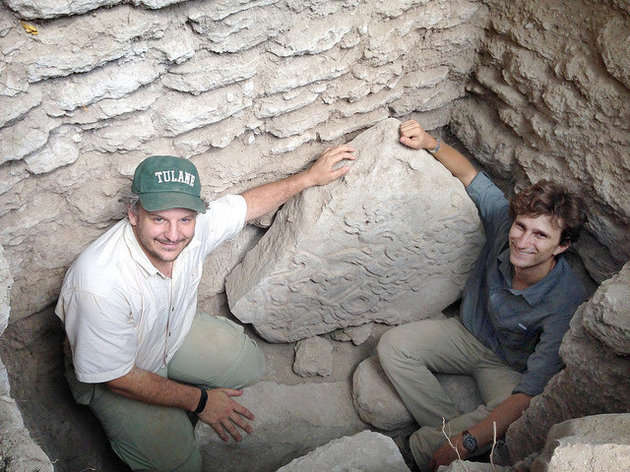
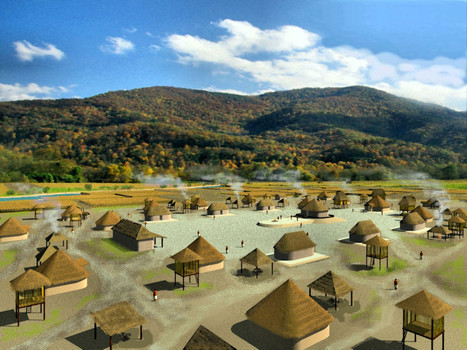
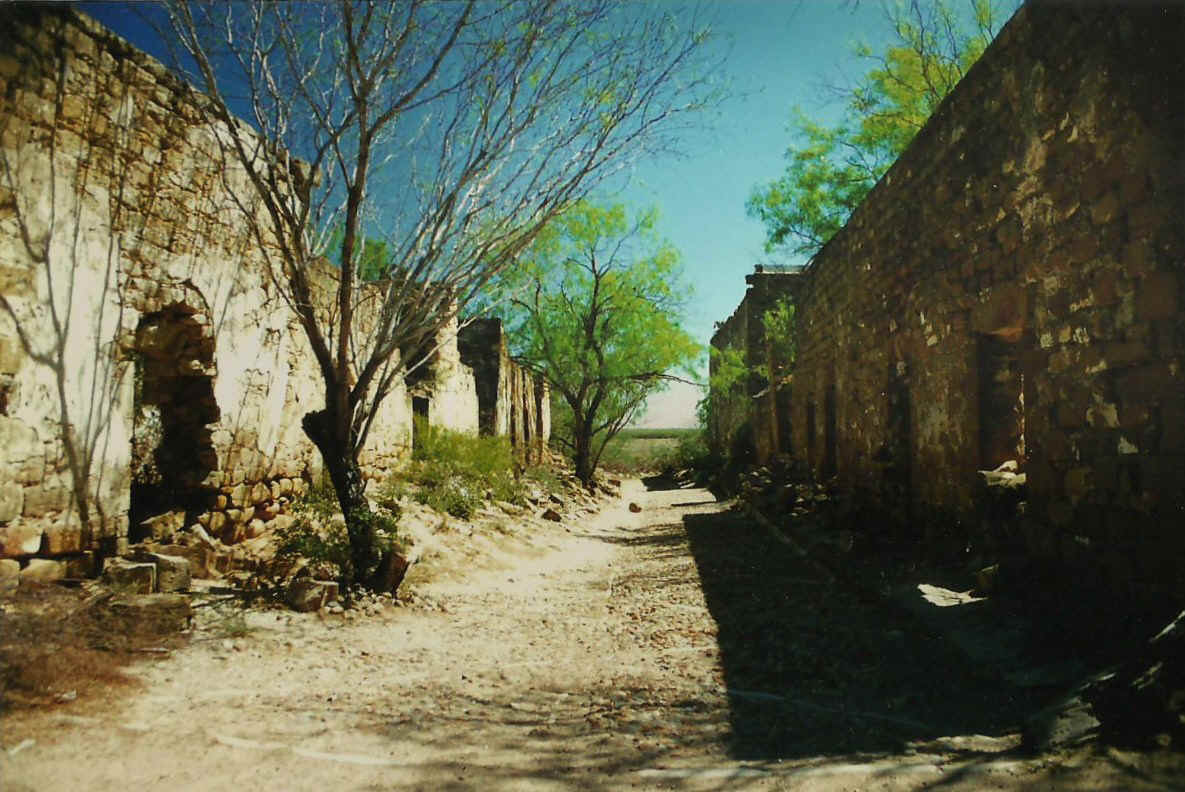
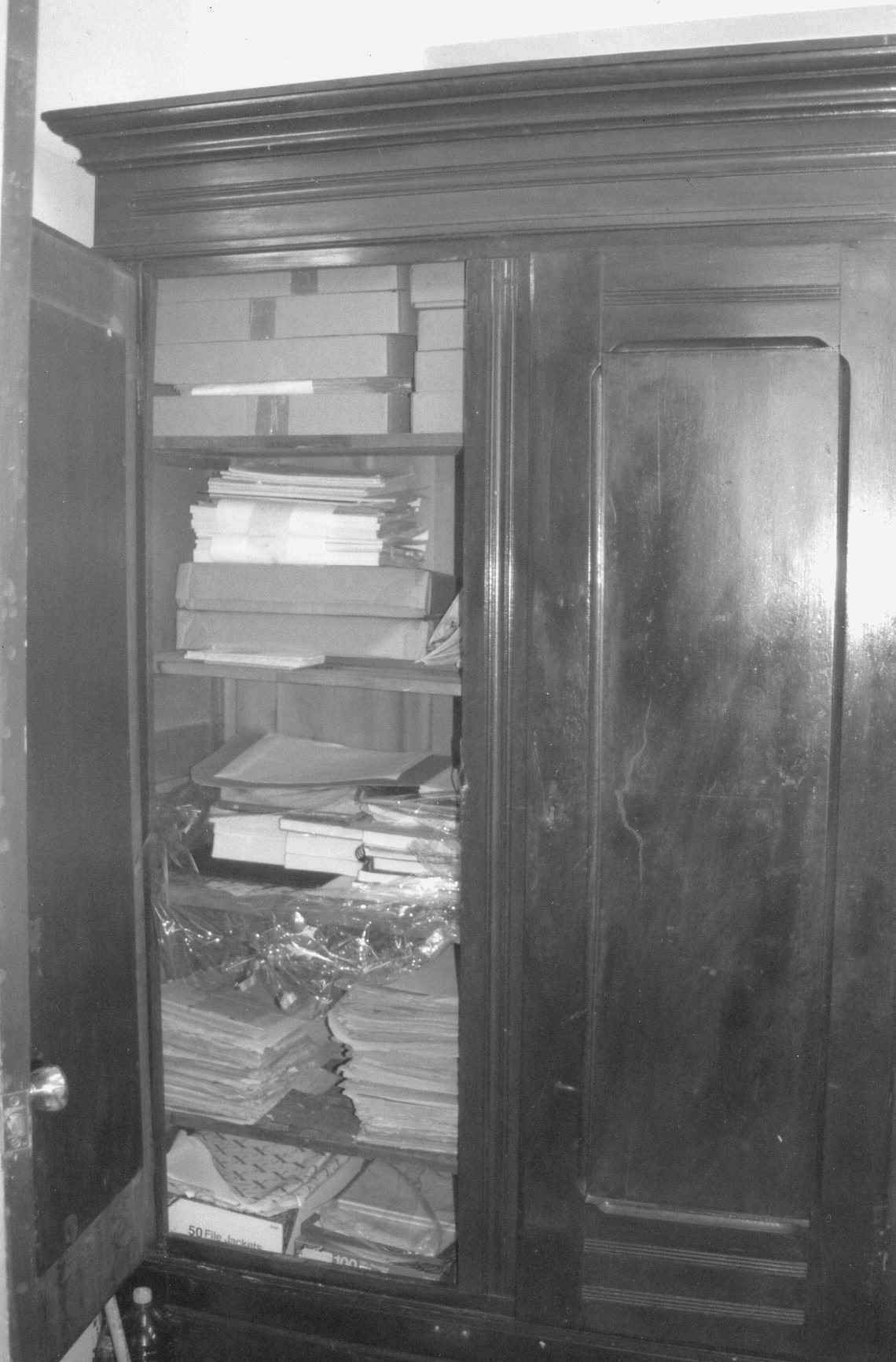
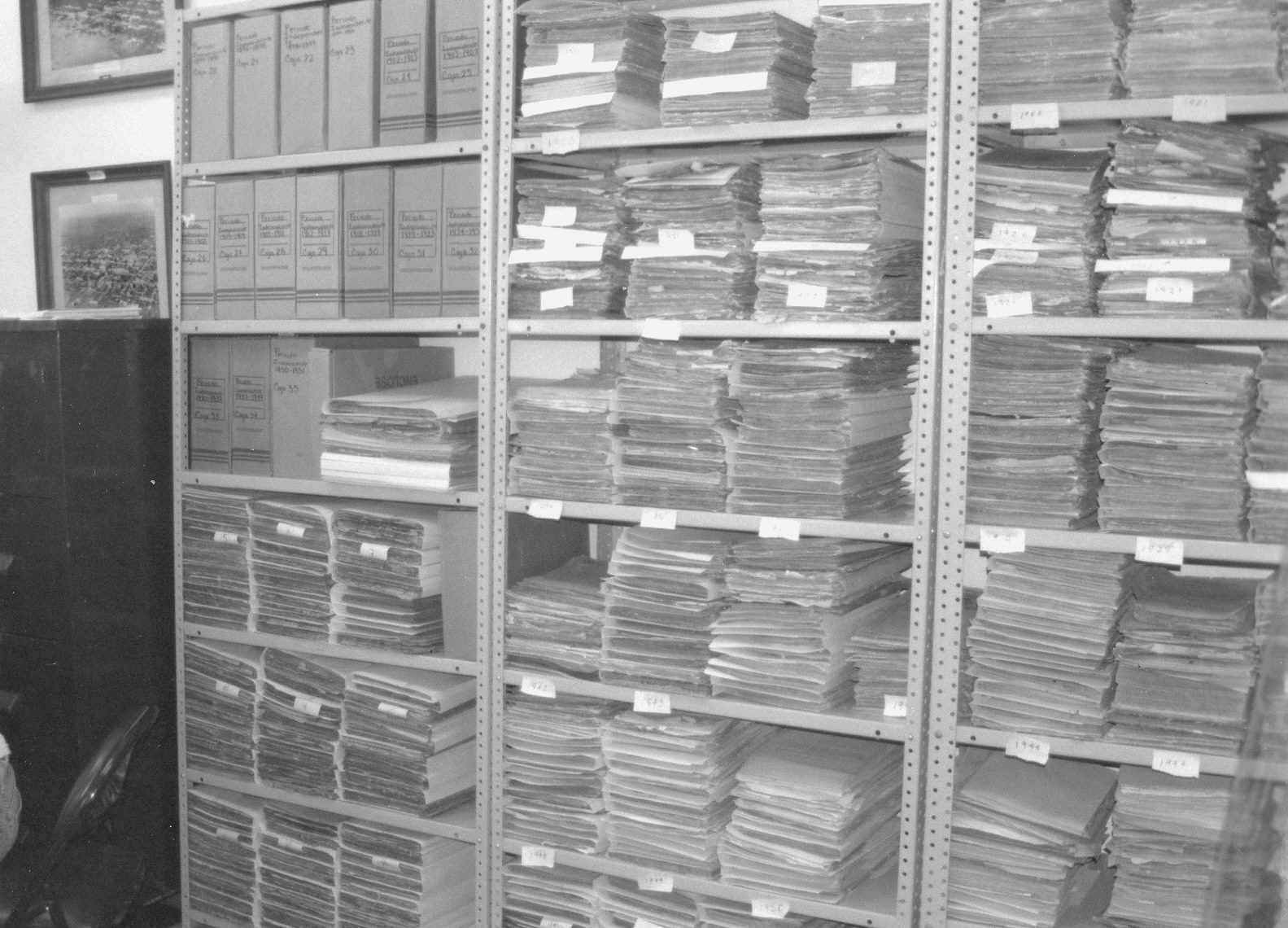
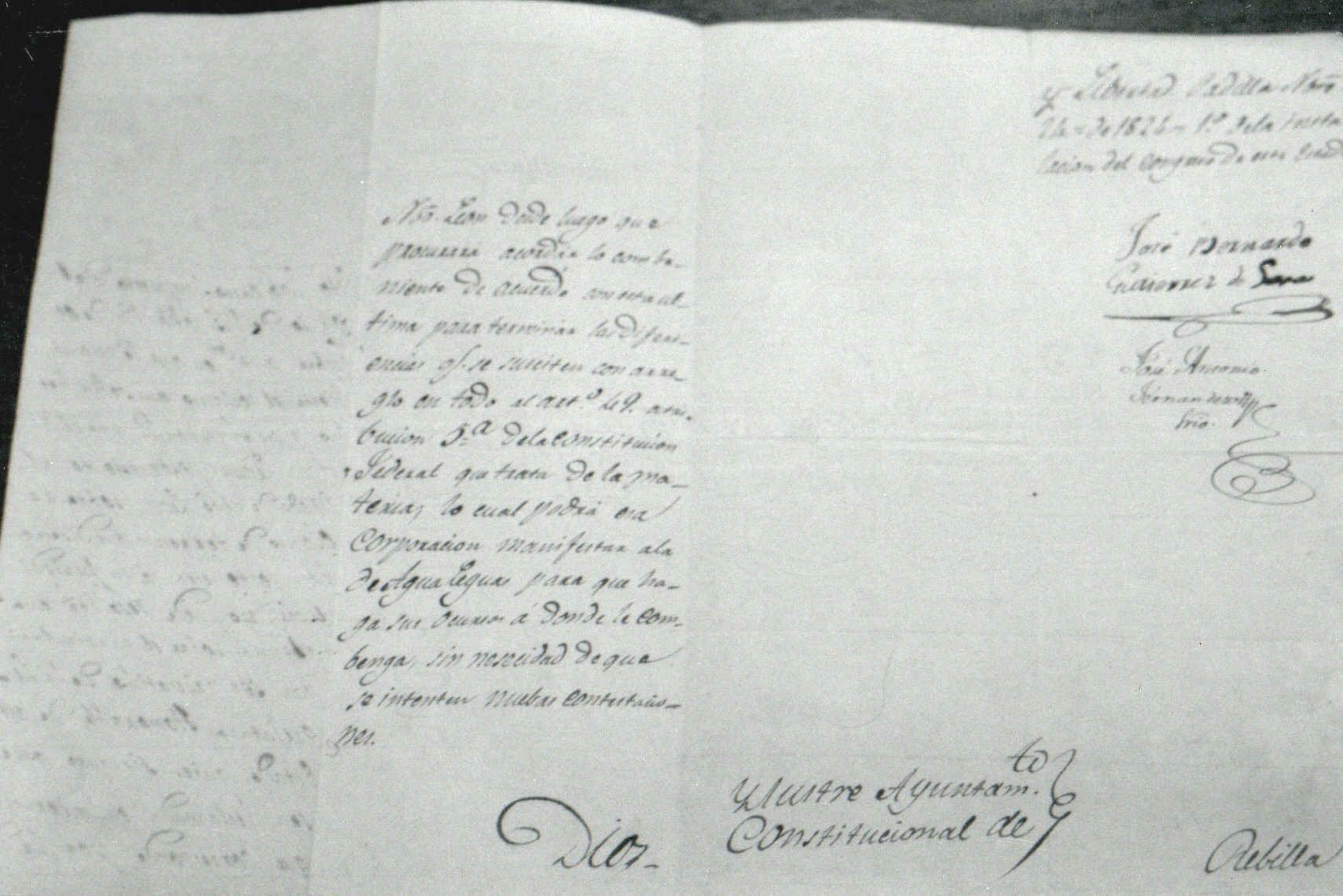
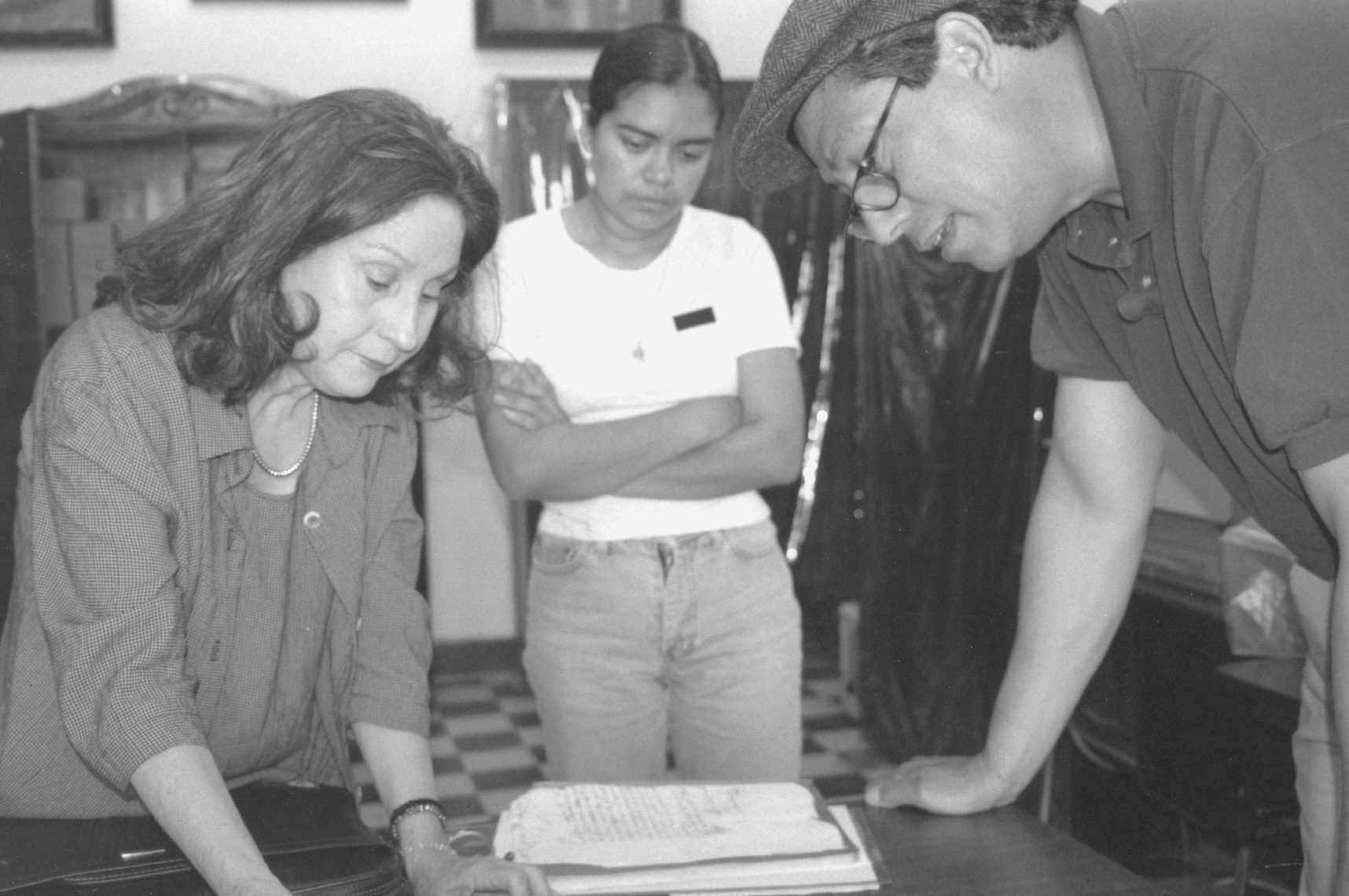
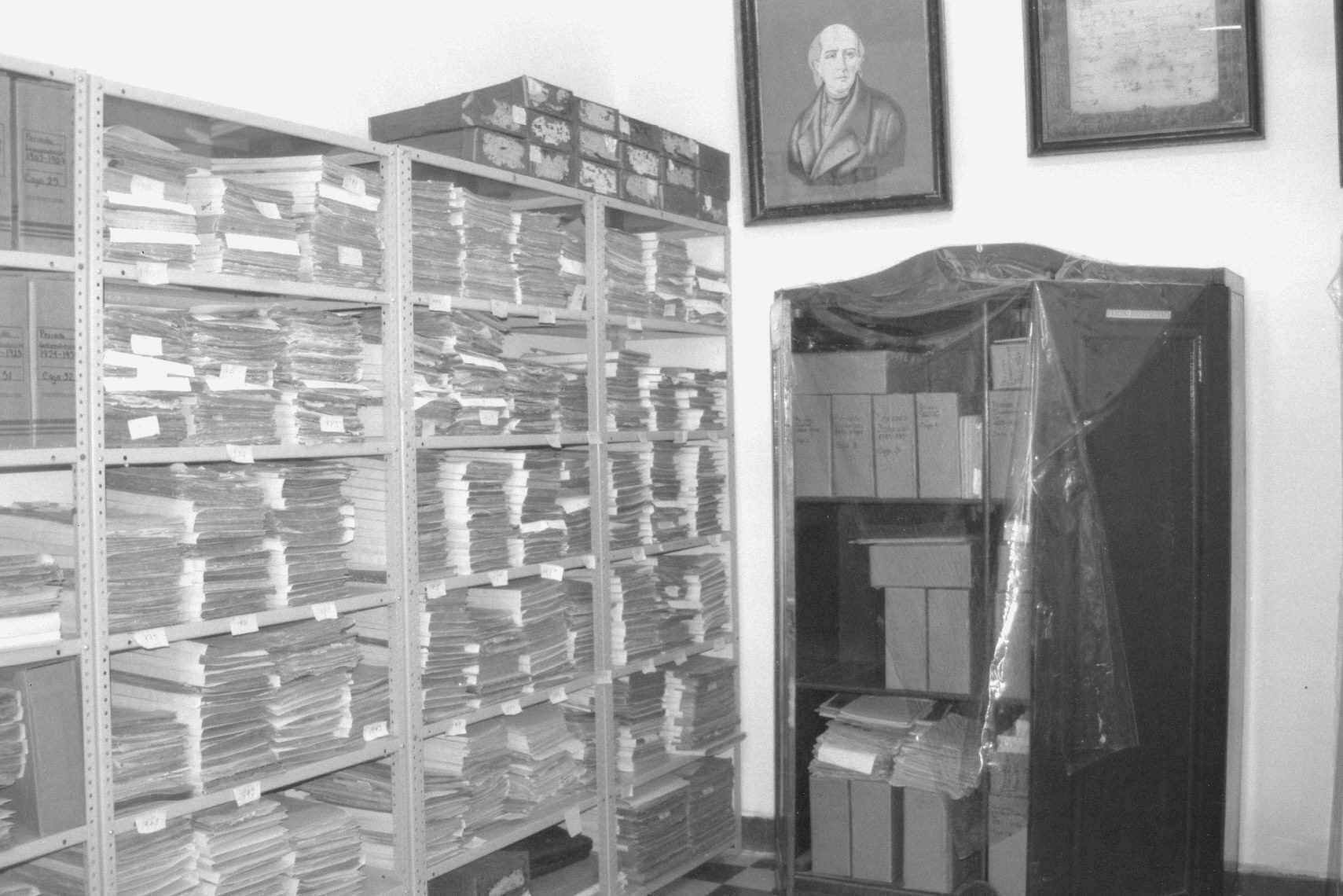
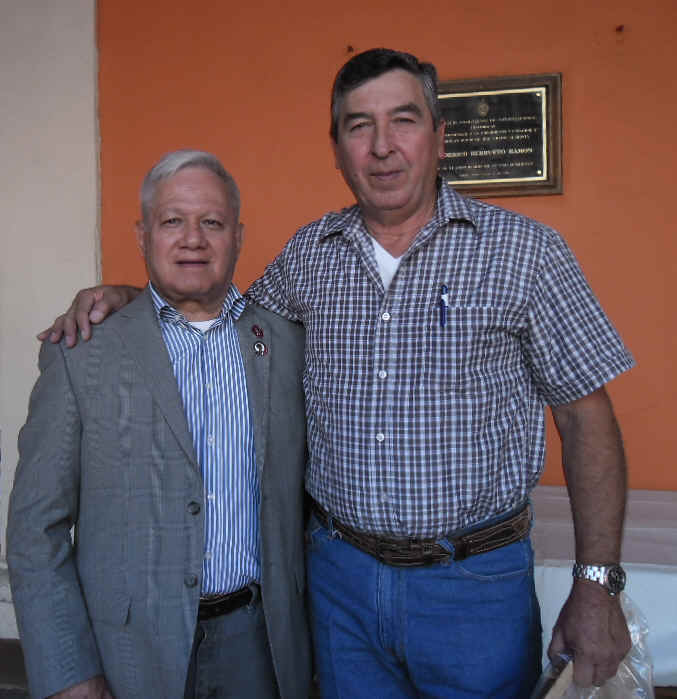
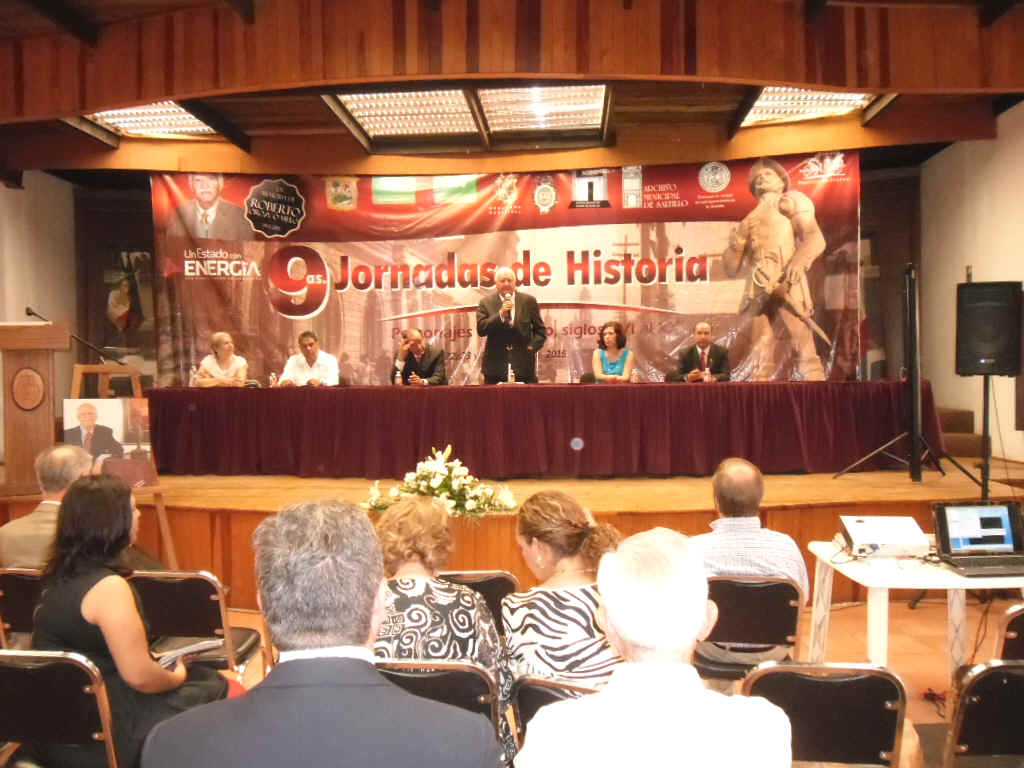
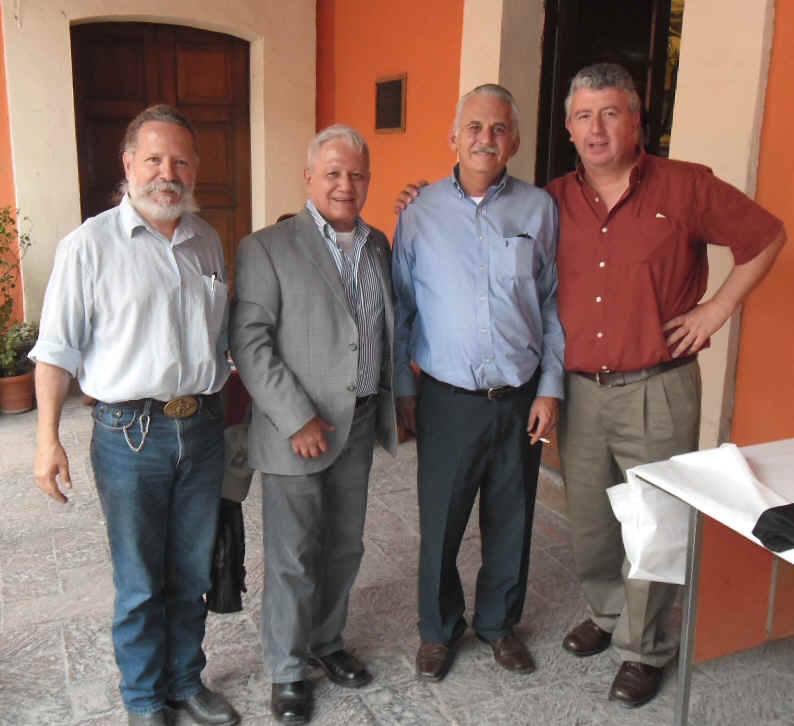
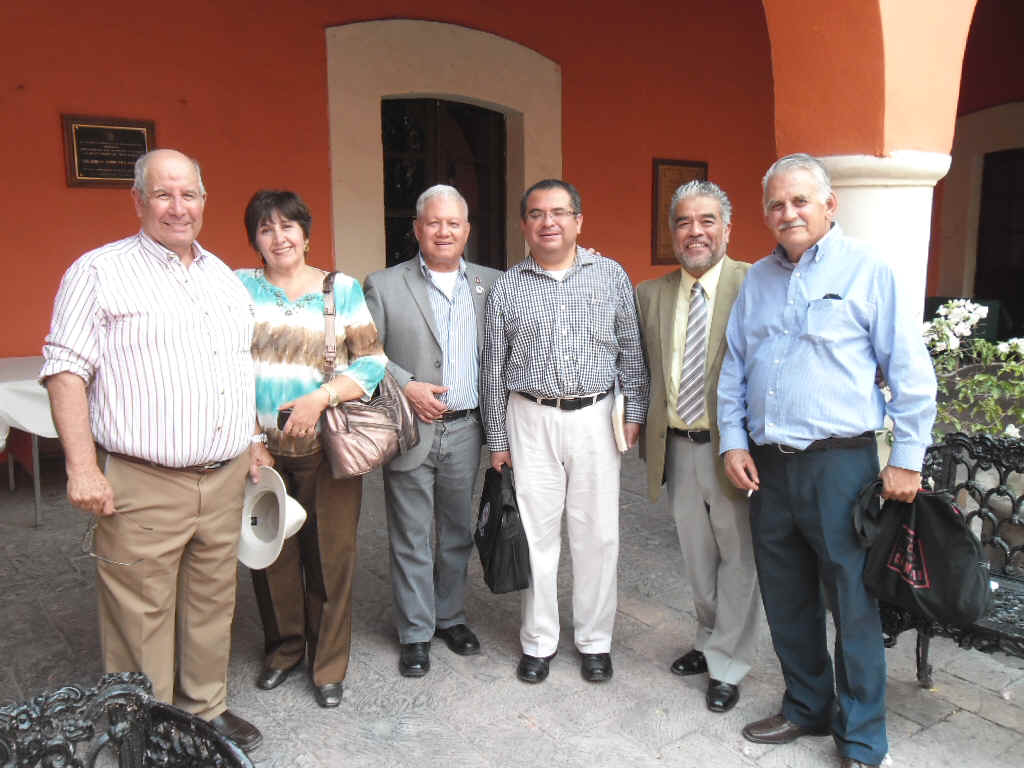
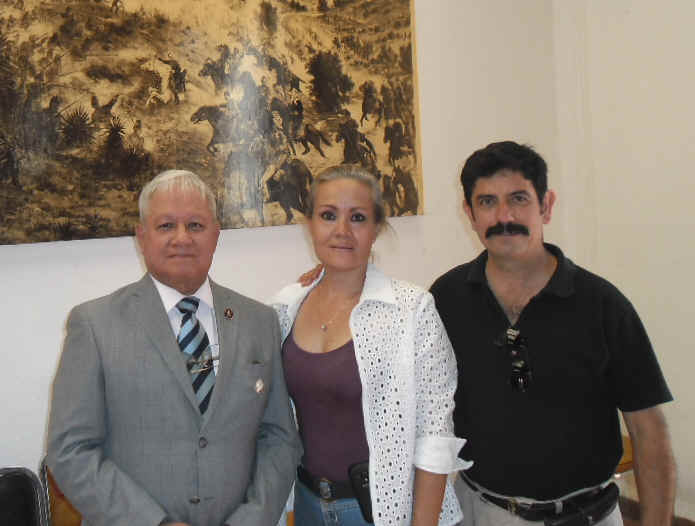



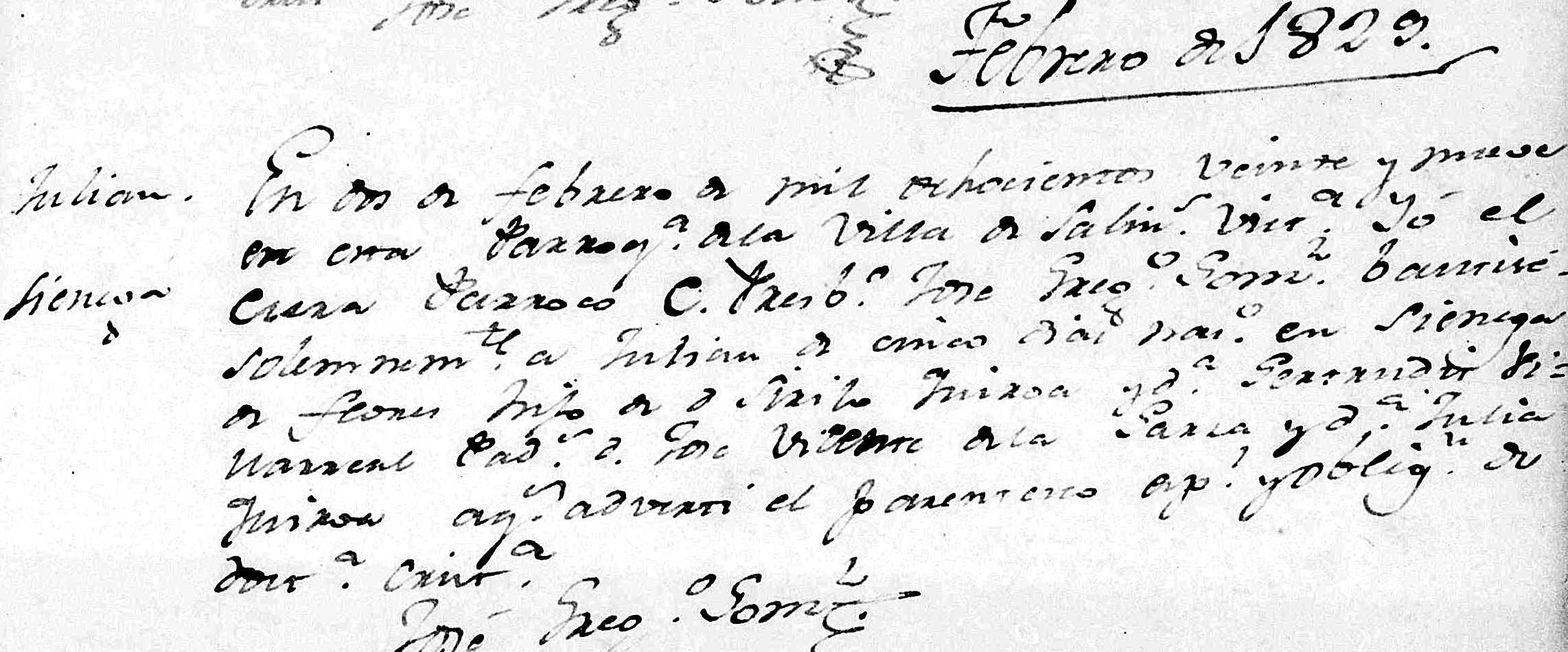
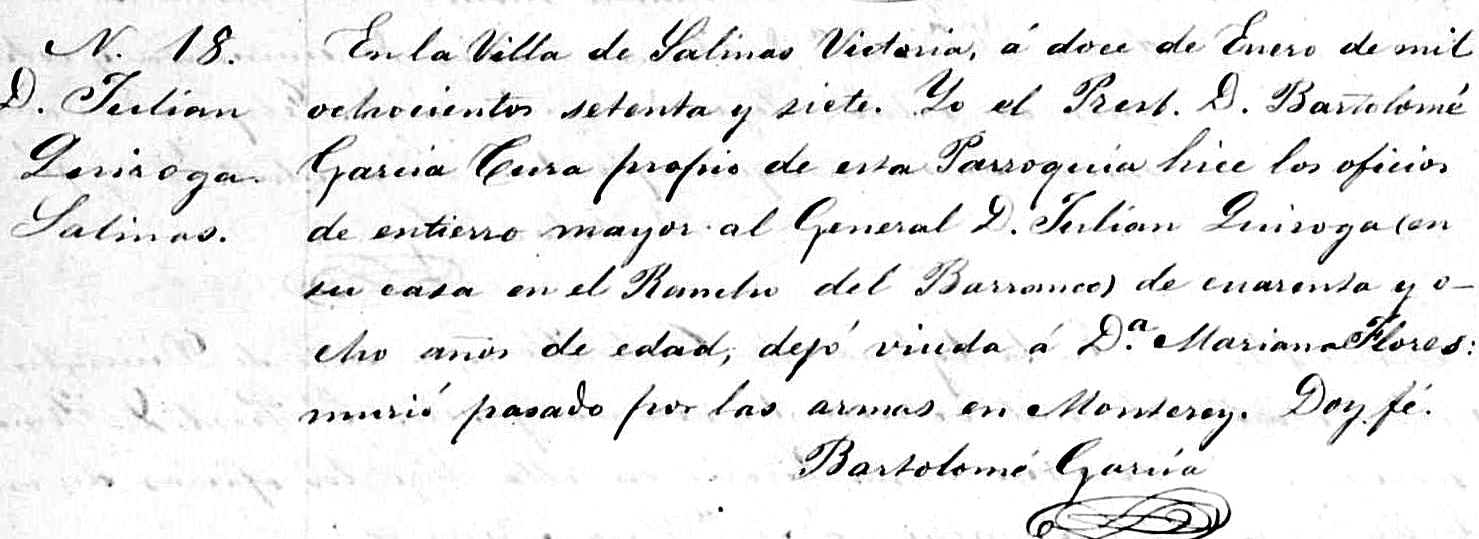
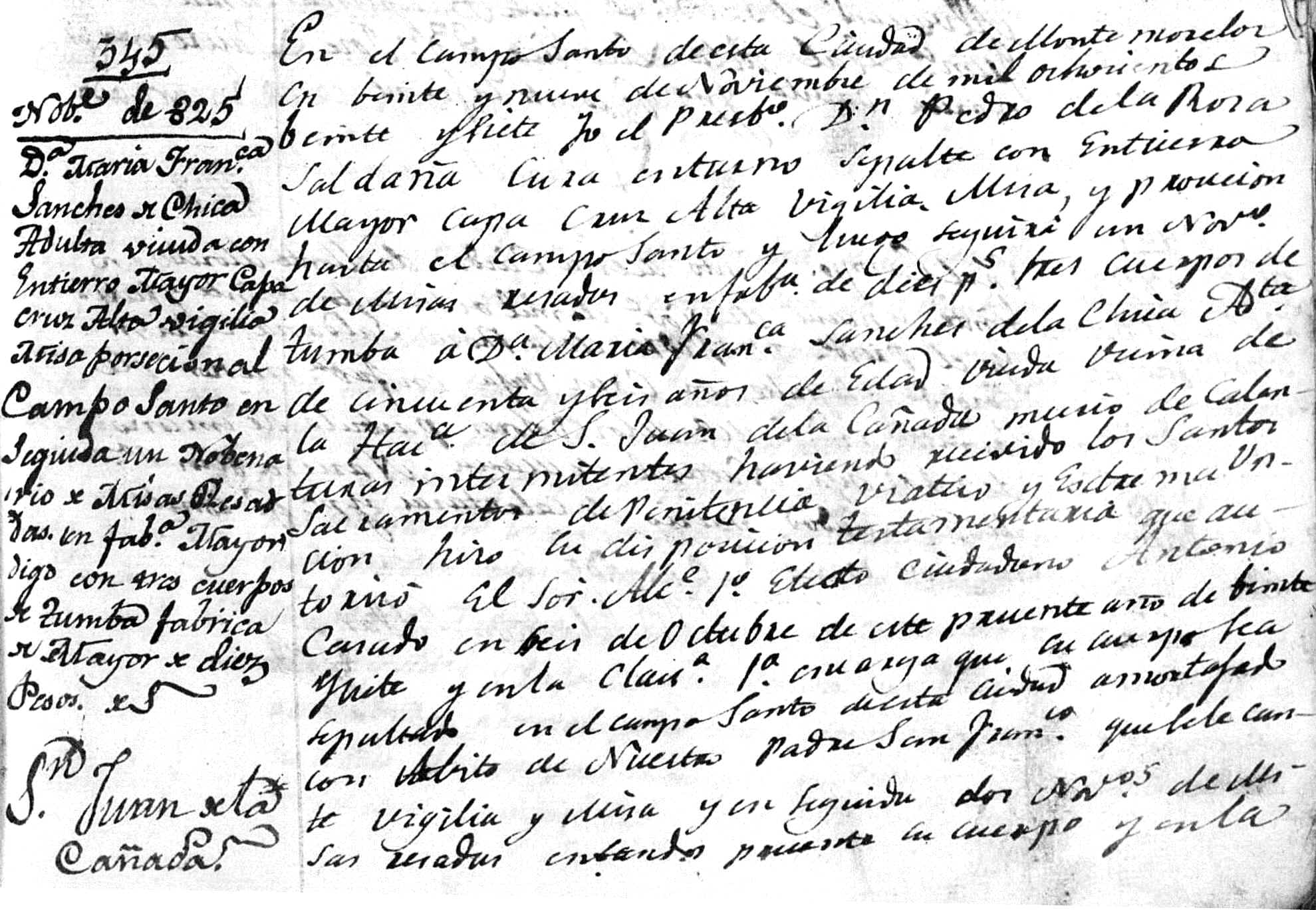
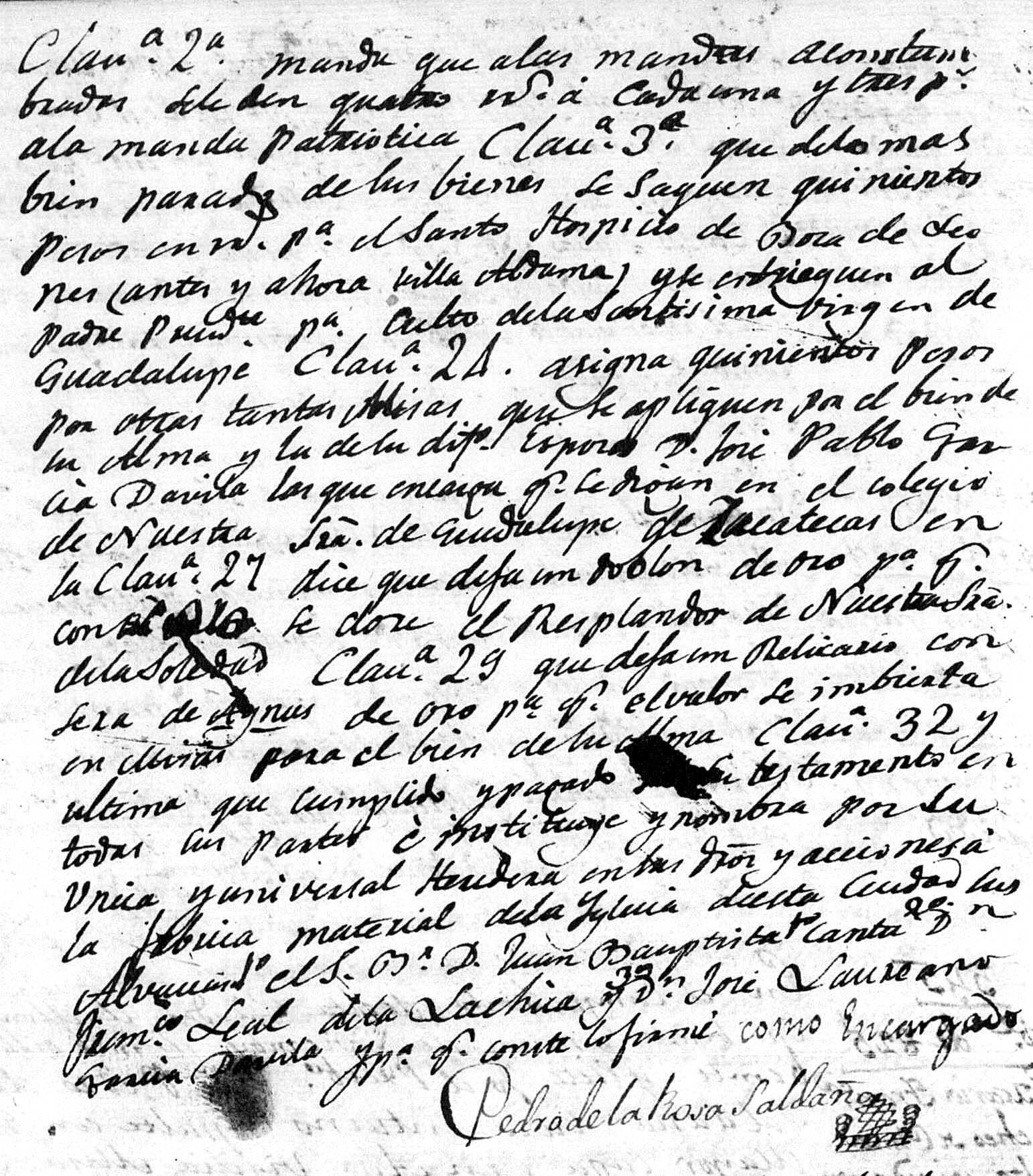
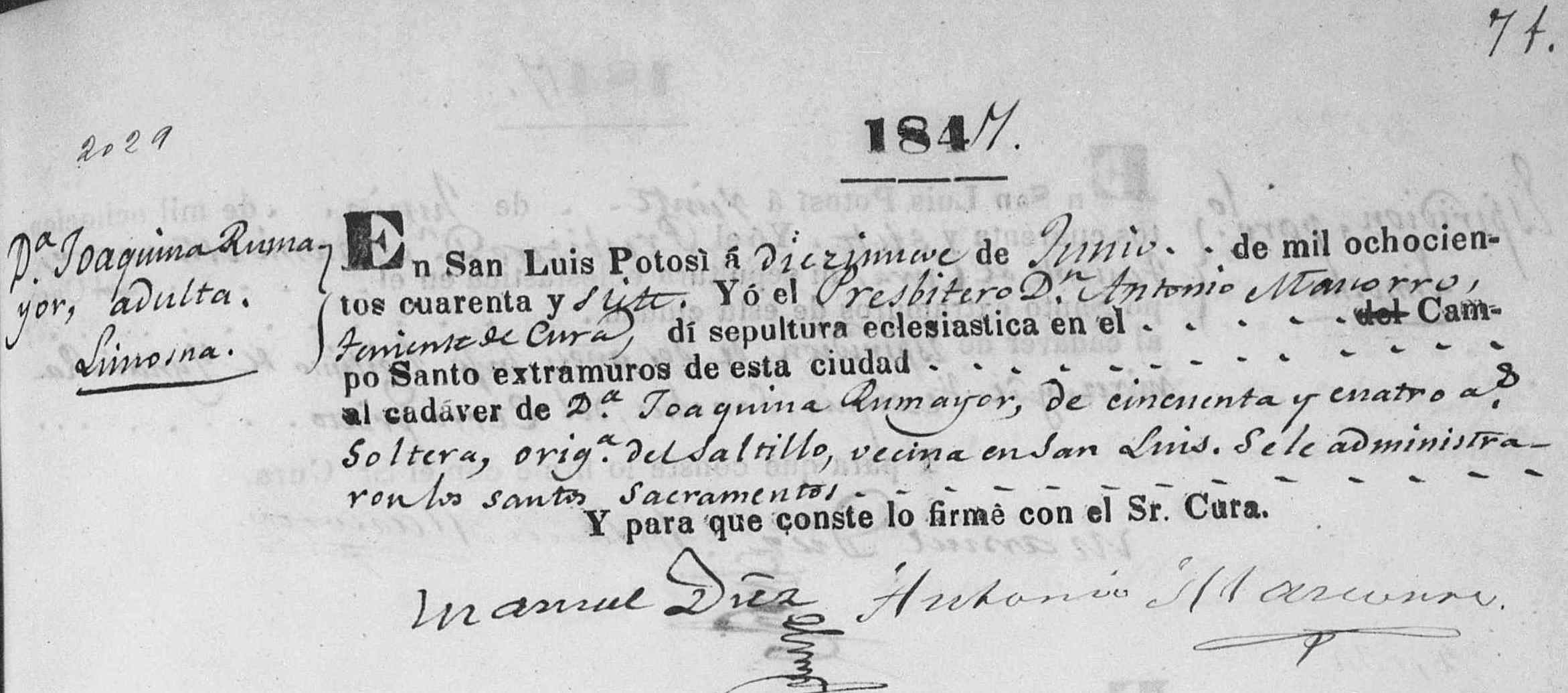
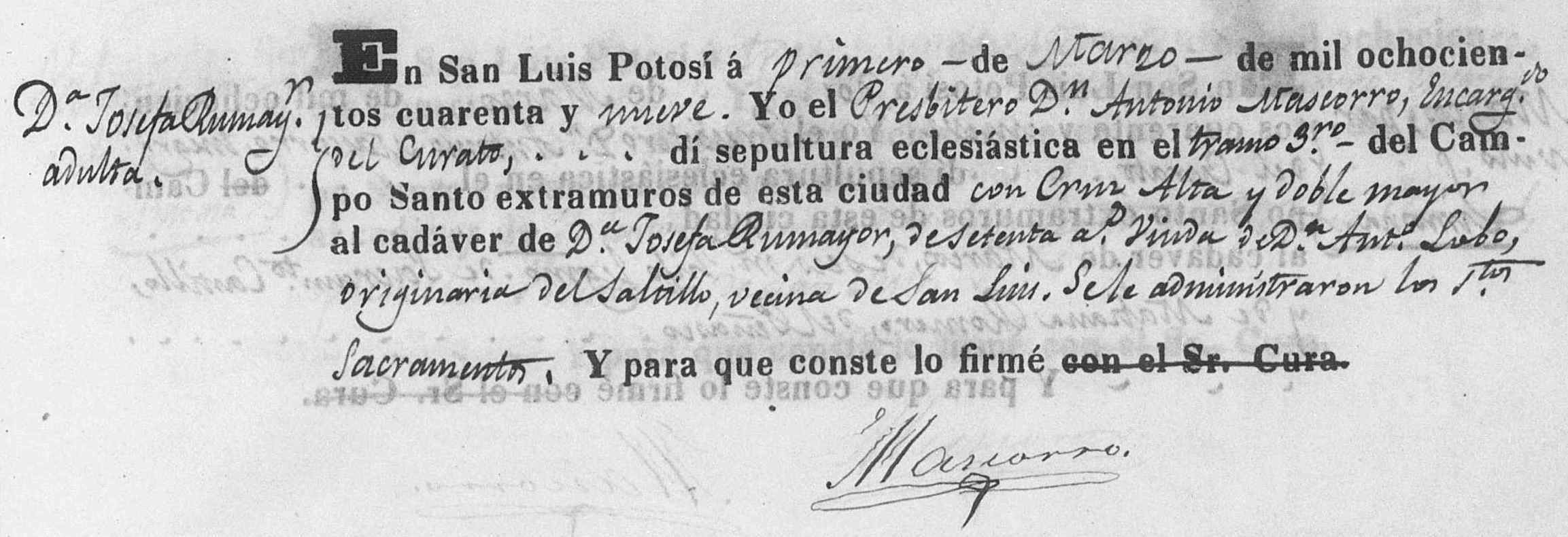
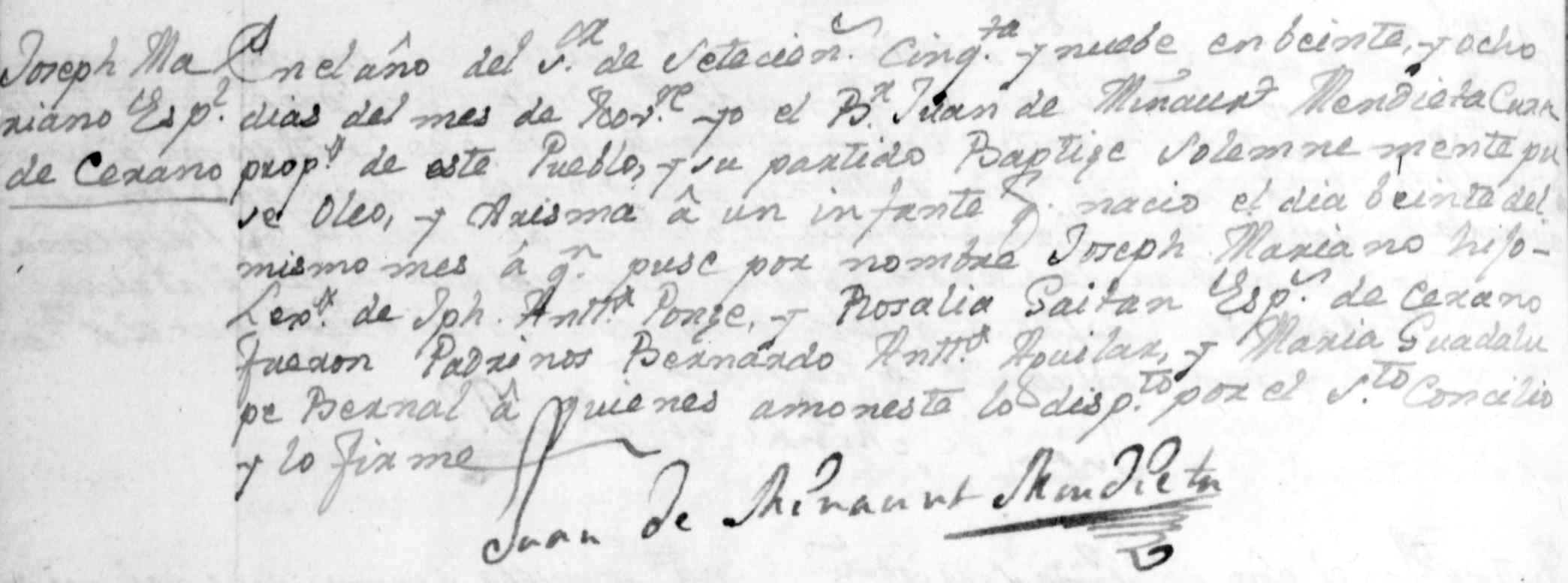

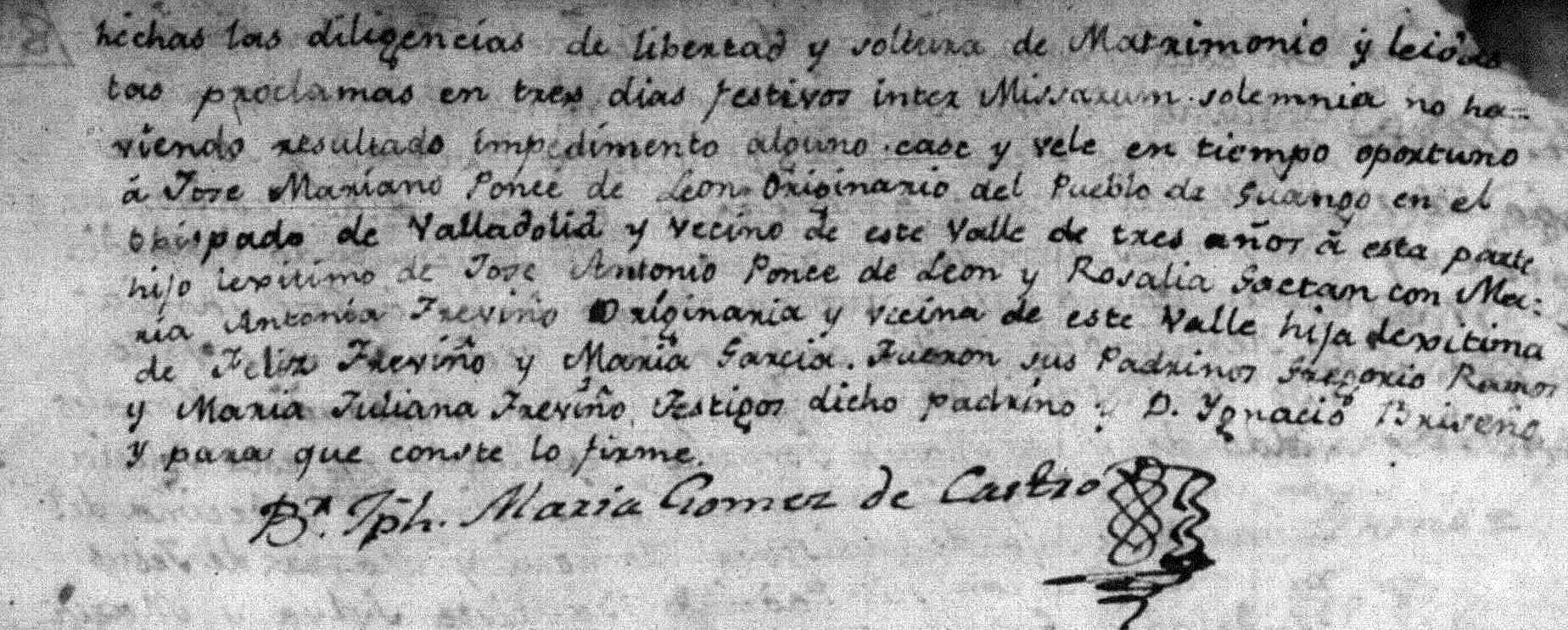
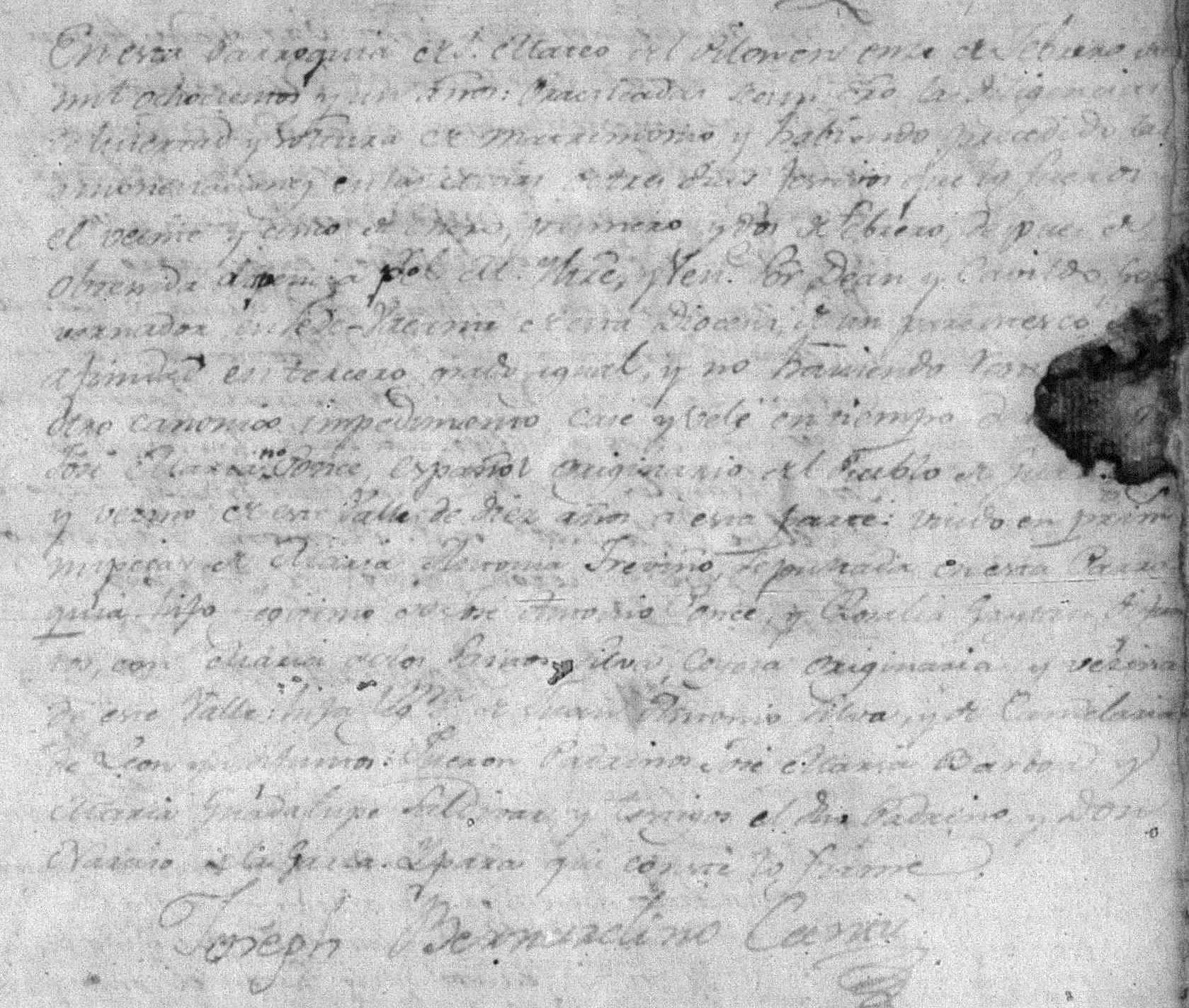
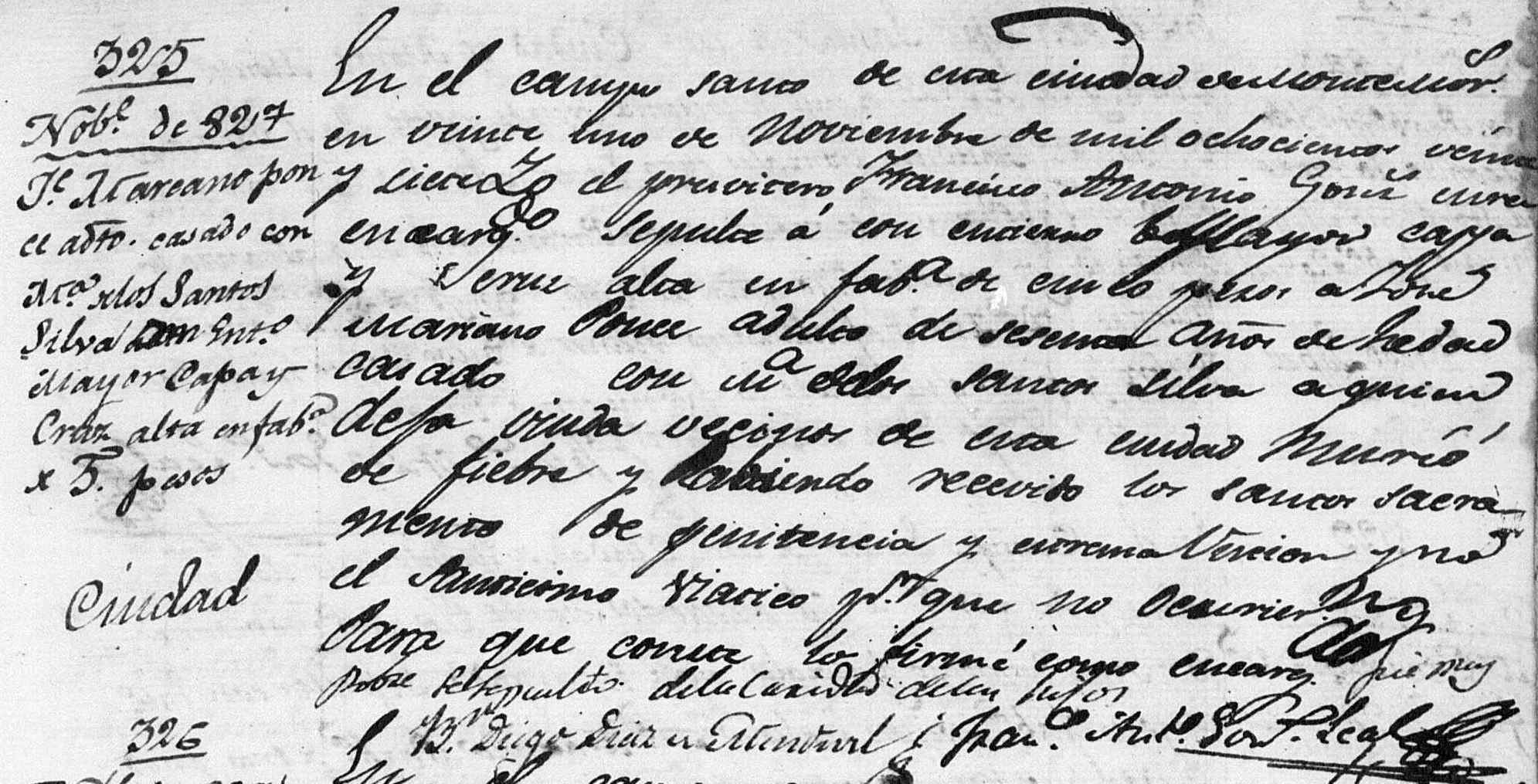

 Fifty
years ago the Puerto Rican community in New York
City achieved a major milestone, the culmination of
efforts since 1899 to open the vote to Puerto Rican
voters on equal terms.
Fifty
years ago the Puerto Rican community in New York
City achieved a major milestone, the culmination of
efforts since 1899 to open the vote to Puerto Rican
voters on equal terms. 